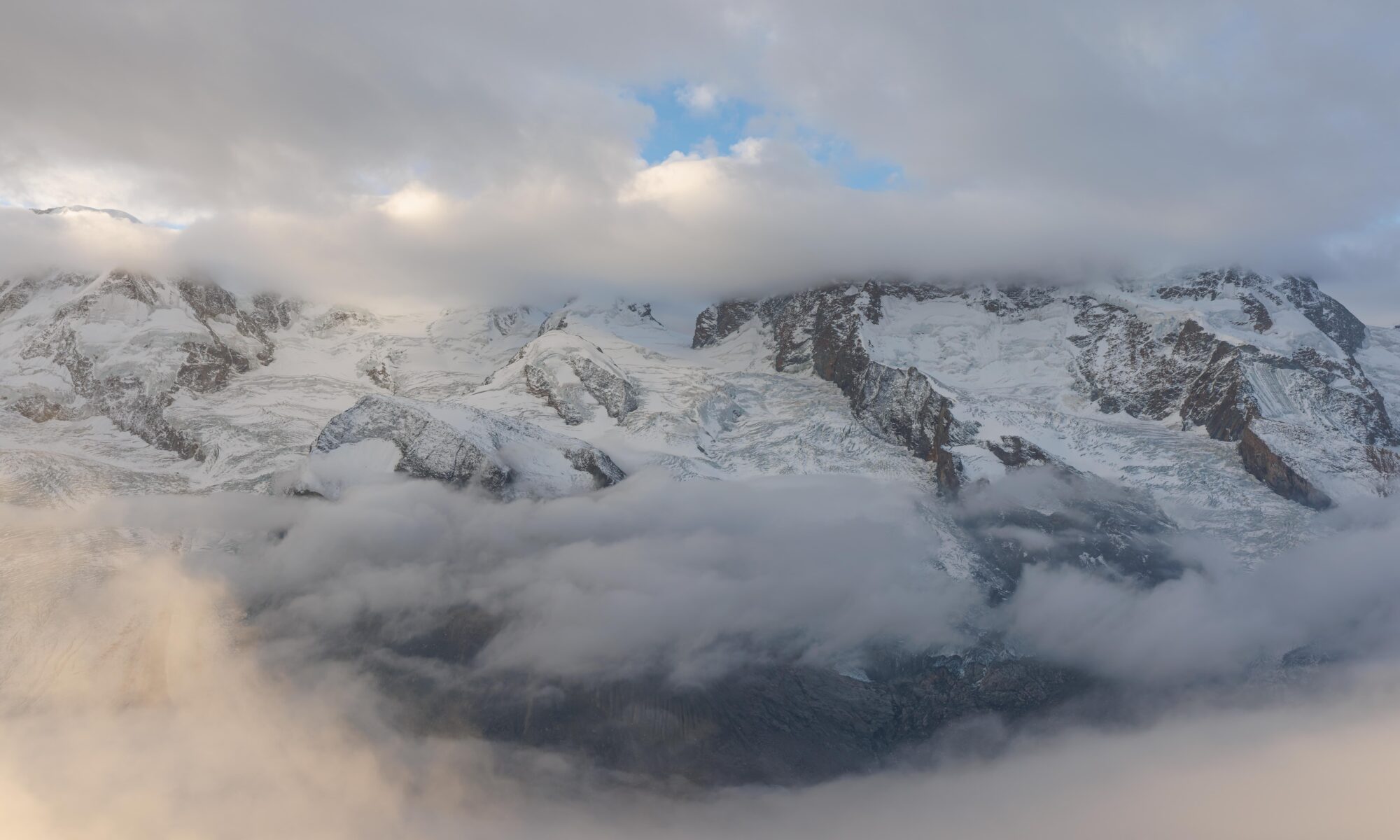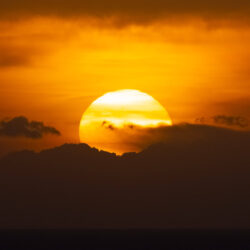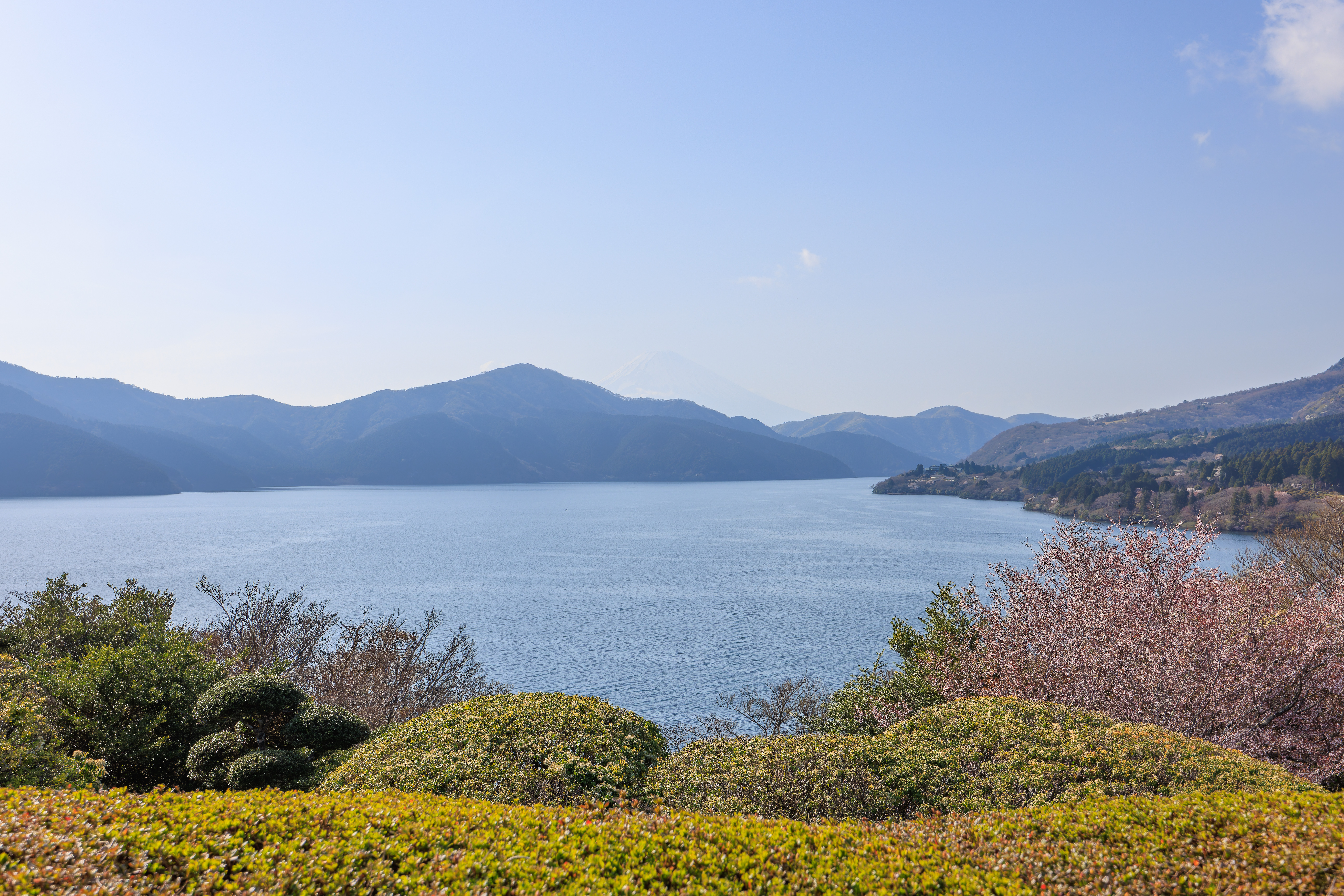After waking up at the Conrad Tokyo and having breakfast, we checked out and took the Shinkansen to Odawara. From there, we took two local trains to Gora in the Hakone region. We checked into the Indigo and took a funicular along with two gondolas to reach Lake Ashi. We boarded a pirate ship to cruise the lake and landed at Hakonemachi. We walked through the Onshi-Hakone Park, with views of Mount Fuji, and ended up at Motohakone, still on the shores of Lake Ashi. From there, we took two busses to complete our loop, returning to Gora to enjoy our in room onsen!
Morning
We woke up at the Conrad in time for breakfast at the 6:30am opening time. The food was largely the same as yesterday morning. We then checked out at around 7:40am to begin the trip to Hakone.
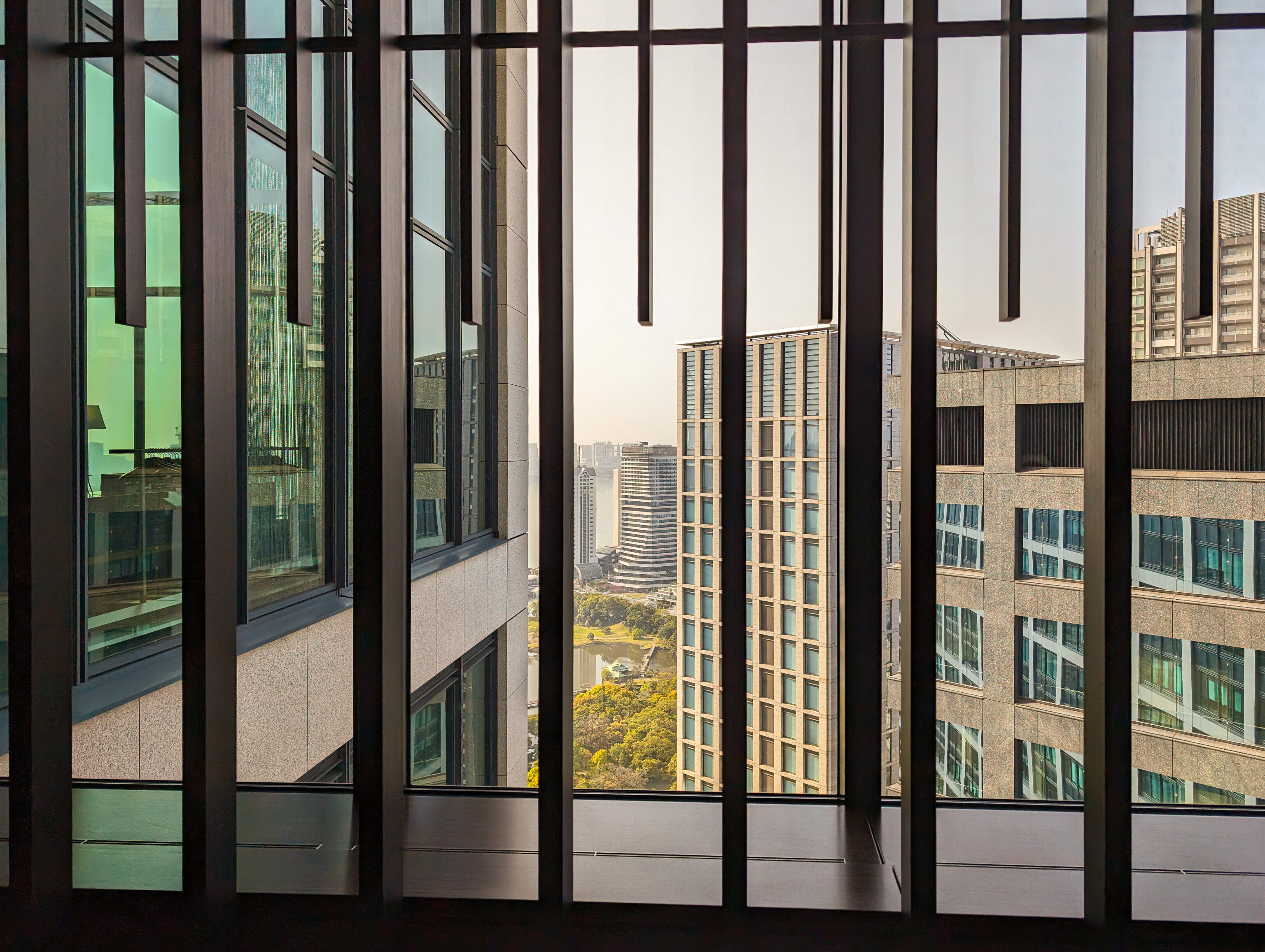
We passed by a view from the lobby of the Mesm where we stayed for the first two nights of this trip.
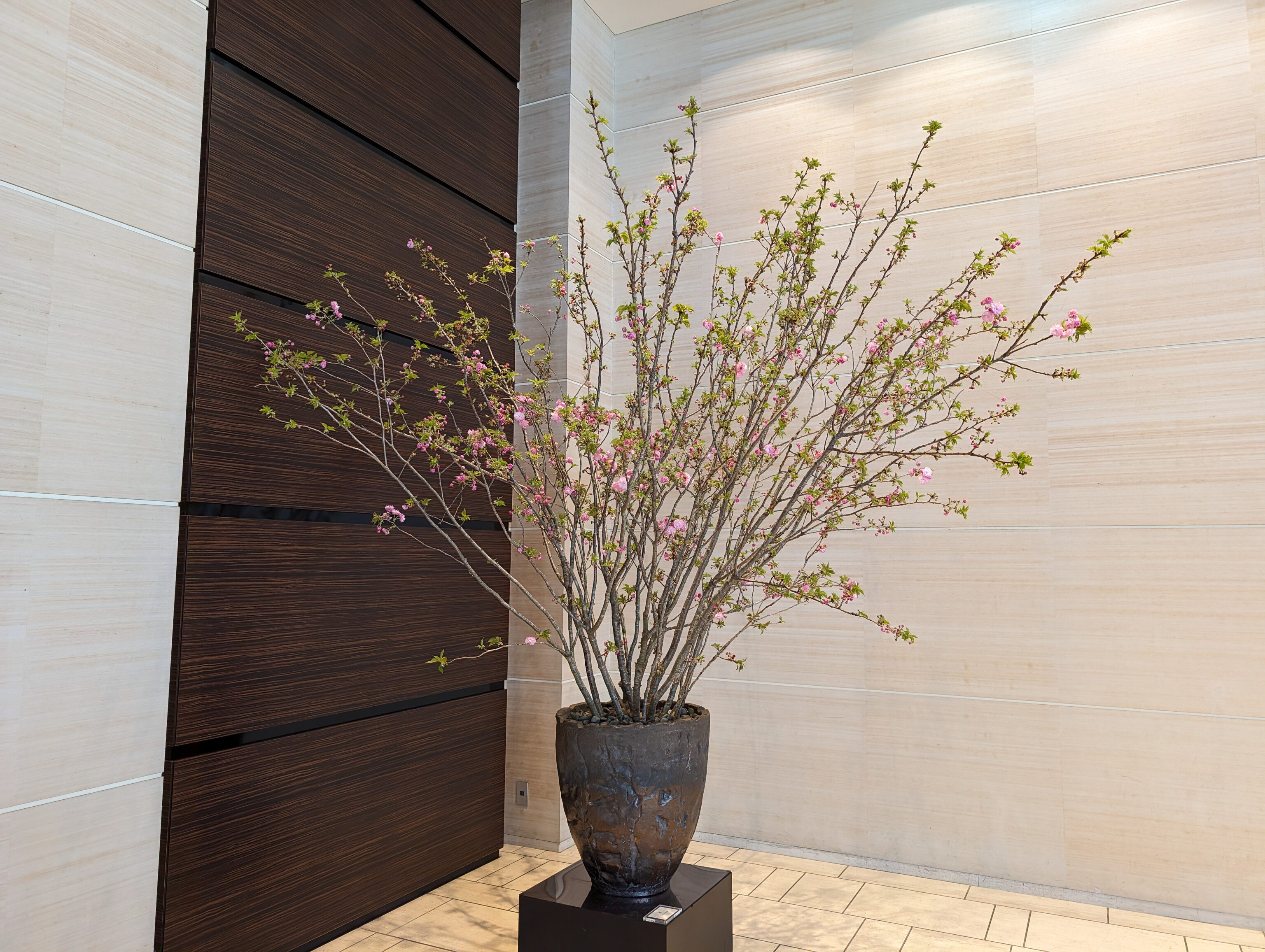
We noticed this plant at the ground floor entrance, near the elevators to the lobby, had changed. It previously was something similar to a Yoshino sakura tree. Now, it was something different that was just starting to bloom.
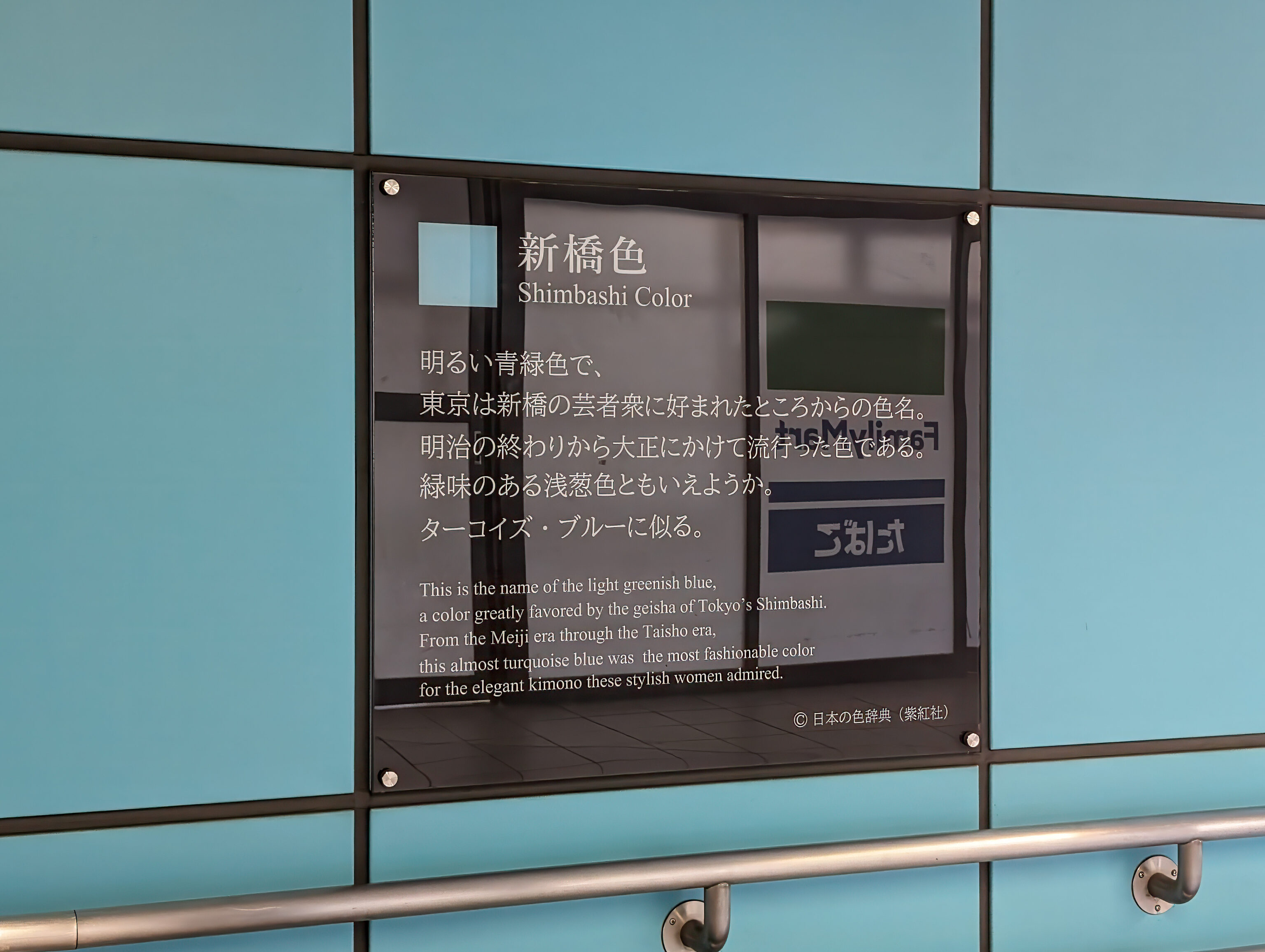
We decided to walk to Shimbashi Station to take the JR Yamanote Line. We noticed this sign describing the blue “Shimbashi Color.”
There are a few ways to reach Hakone via public transit. We started by taking conventional rail to Shinagawa Station. We had reservations via the smartEX app for the 8:34am Kodama departure. The Kodama is the slowest Shinkansen service, stopping at all stations. Our destination, Odawara, is a minor station as far as the Shinkansen goes.
We got there a bit early so had to wait for the train. The Kodama is not as frequent as other services so there wasn’t anything better to change to. Once it arrived, it was a quick trip to Odawara.
At Odawara, we decided to take the train to Gora. The hotel also has a shuttle bus but we were very early for it. We went to the Odakyu Railway section of the station to get our Hakone Freepass. We opted for the 3 day pass that allows use of most of the transit options in the Hakone region for 5,400 JPY total.
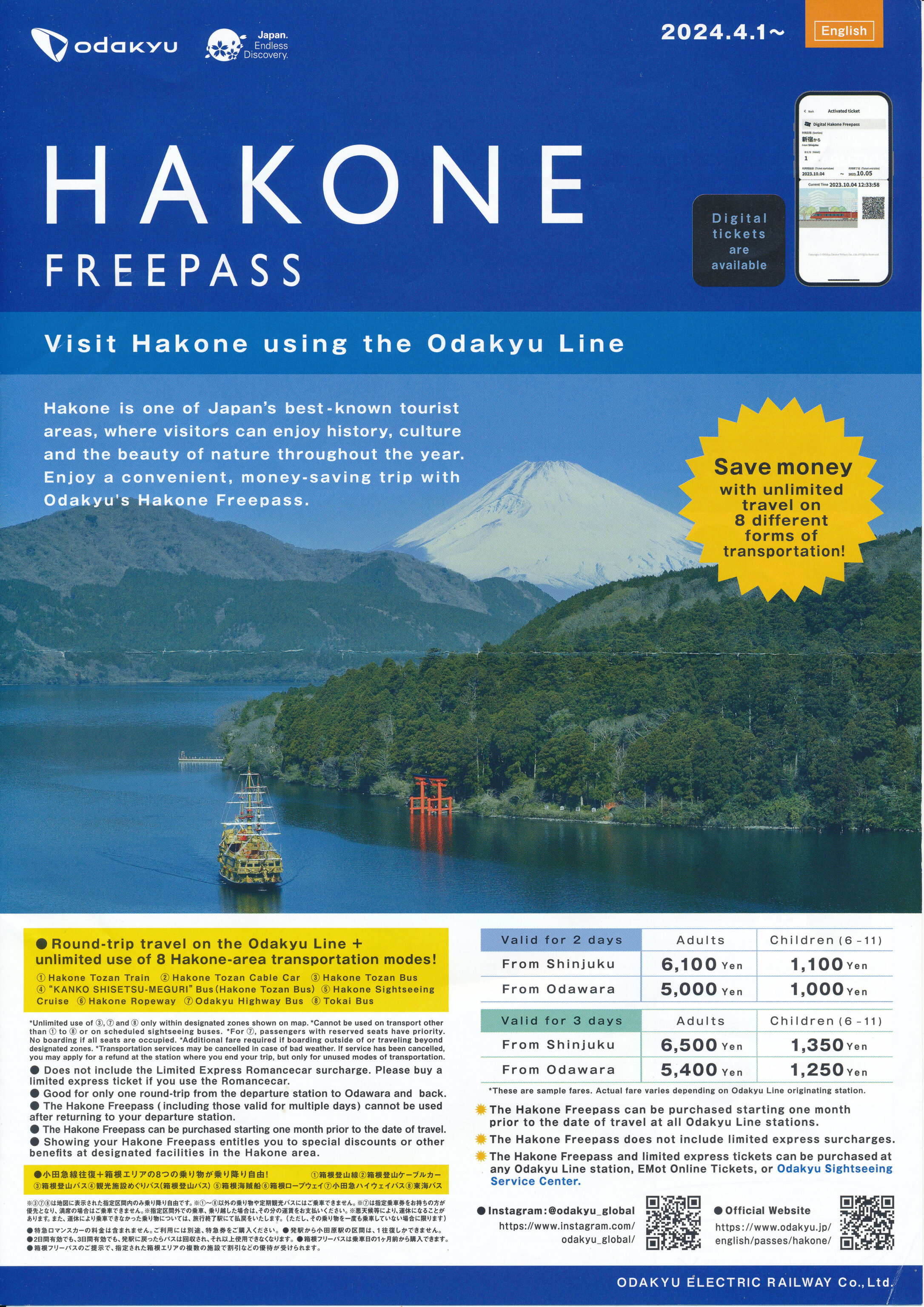
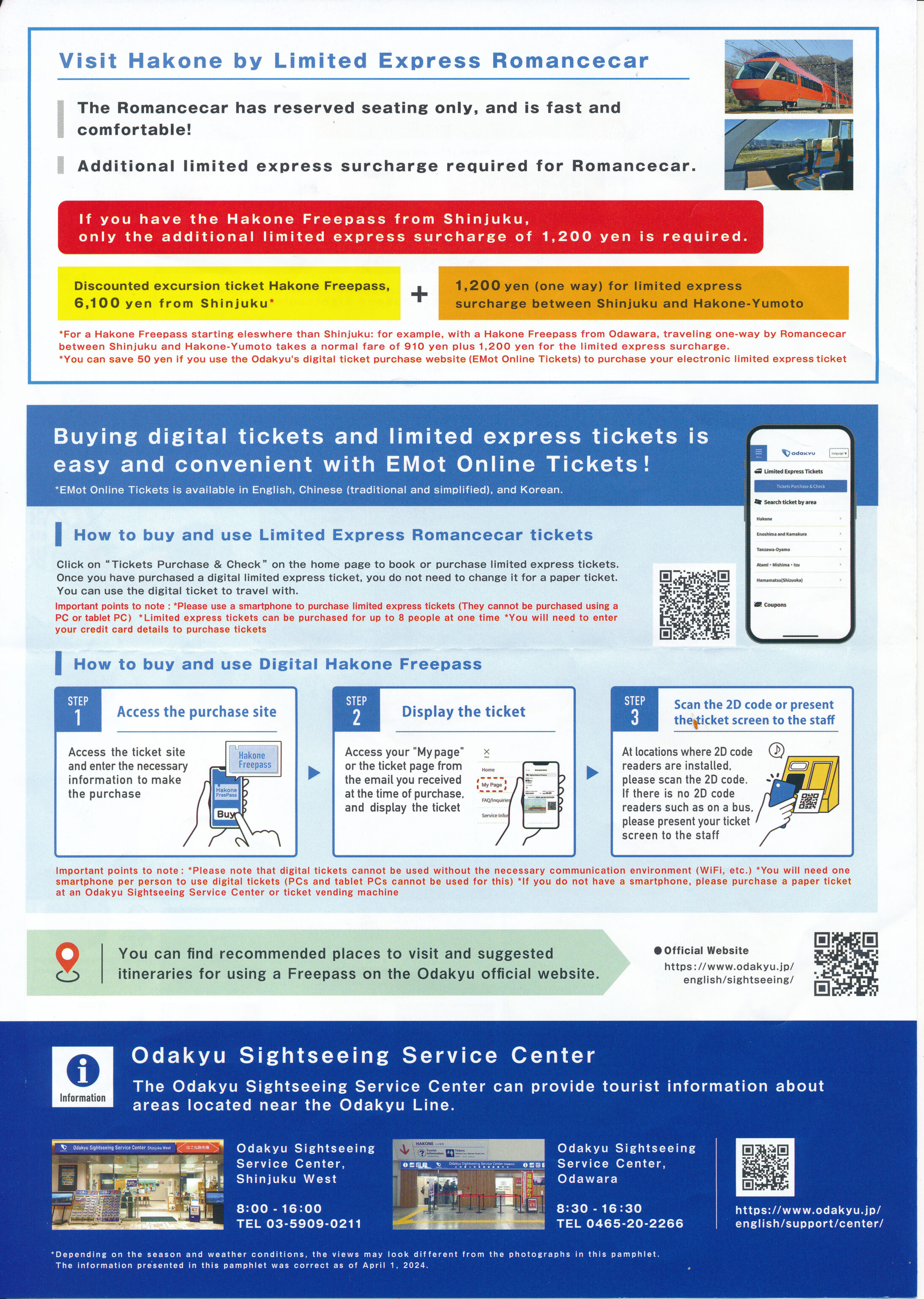
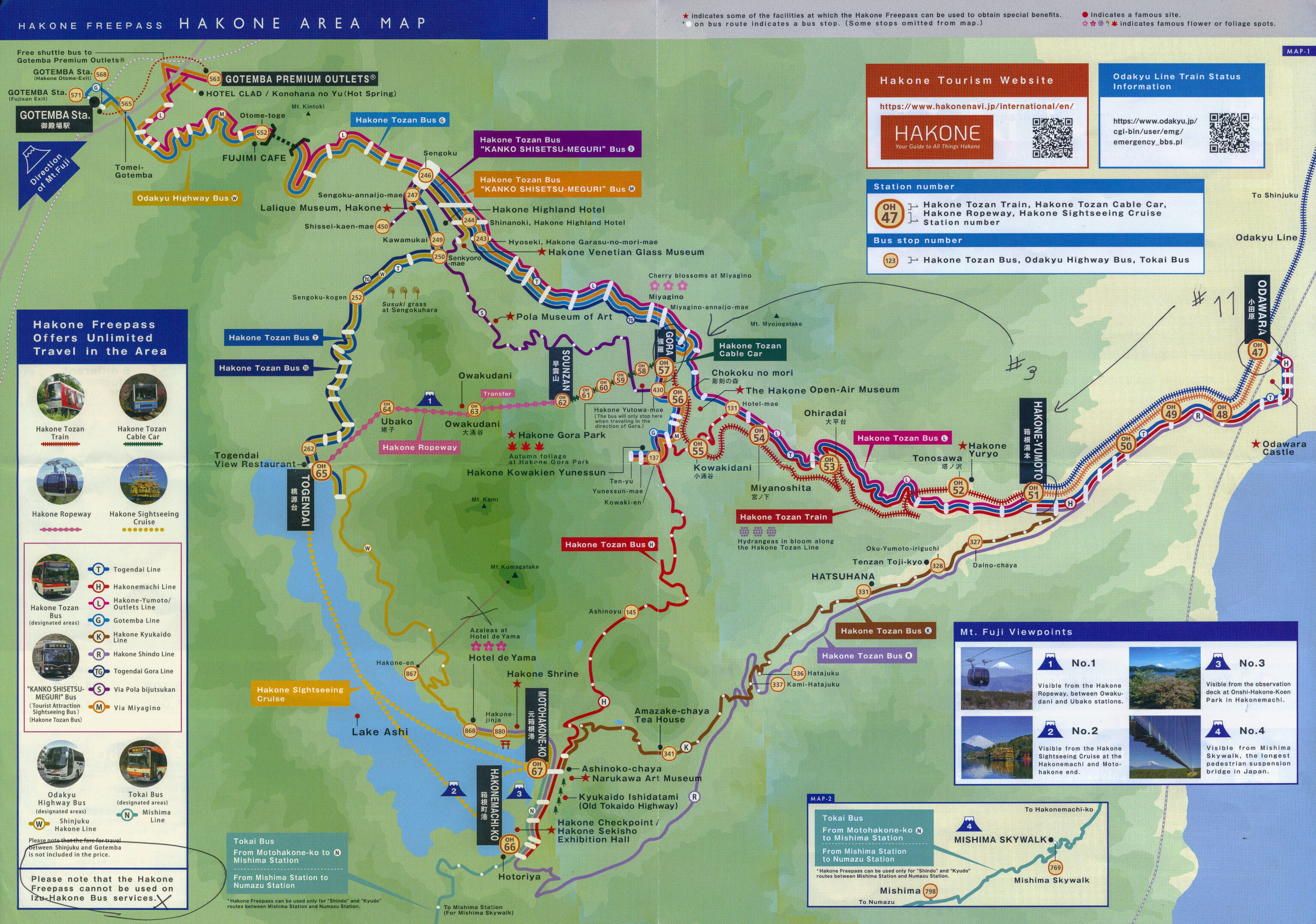
A map was provided showing all the transit options included with the pass. The staff helpfully marked where we were going and the track numbers.
Previously, it was common for US credit cards to not work in any foreign ticket vending machines due to US cards not using the chip and PIN standard that essentially every other country in the world uses. It hasn’t been as much of a problem in recent years. But, today we encountered a machine that would not accept any of our US cards. So, we had to go to customer service to buy our Hakone Freepass. Luckily, it was not busy!
There is a digital Hakone Freepass option available as well. However, it is only accessible via webpage for validation with no offline option. We didn’t want to run into any potential issues so didn’t go for that.
After getting the pass, we took a conventional train to 箱根湯本駅 Hakone-Yumoto Station. We then transferred to a smaller train for the Hakone Tozan Railway that would take us to Gora. The route to Gora follows the 早川 Haya River upstream.
The train is not a cog train so is limited in how much of a slope it can ascend. The route includes three switchbacks where the train goes past a junction to the end of the line and then reverses to change tracks and climb further. This seems to be an alternative to just cutting a curved tunnel through the mountain, which we’ve encountered on some routes in Switzerland.
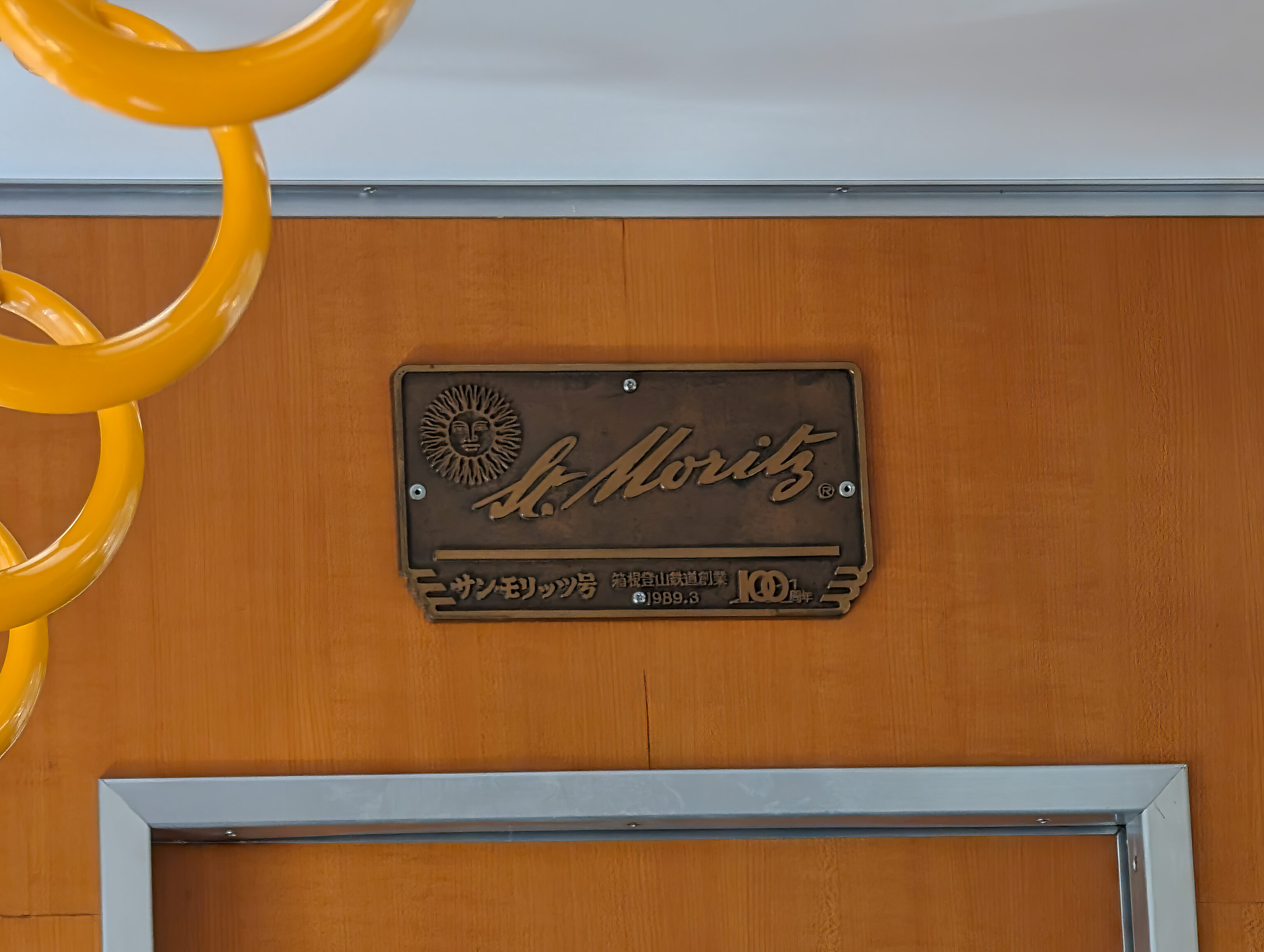
We noticed this plaque on the inside of the train. There is apparently a sister railway agreement between the Hakone Tozan Railway and St. Mortiz, Switzerland’s Rhatische Bahn. While we have spent a good amount of time in various parts of Switzerland, we haven’t been to the southeastern part of the country where St. Mortiz is located.
Hotel Indigo Hakone Gora
After arriving at Gora, we called the Indigo to be picked up The hotel operates a shuttle service to the station between 10am and 6pm daily. The pick up point is on the north side of the station, accessible by a short underpass from the station platforms. While the hotel isn’t far away, it is at the bottom of a rather steep hill, making the minivan shuttle very useful.
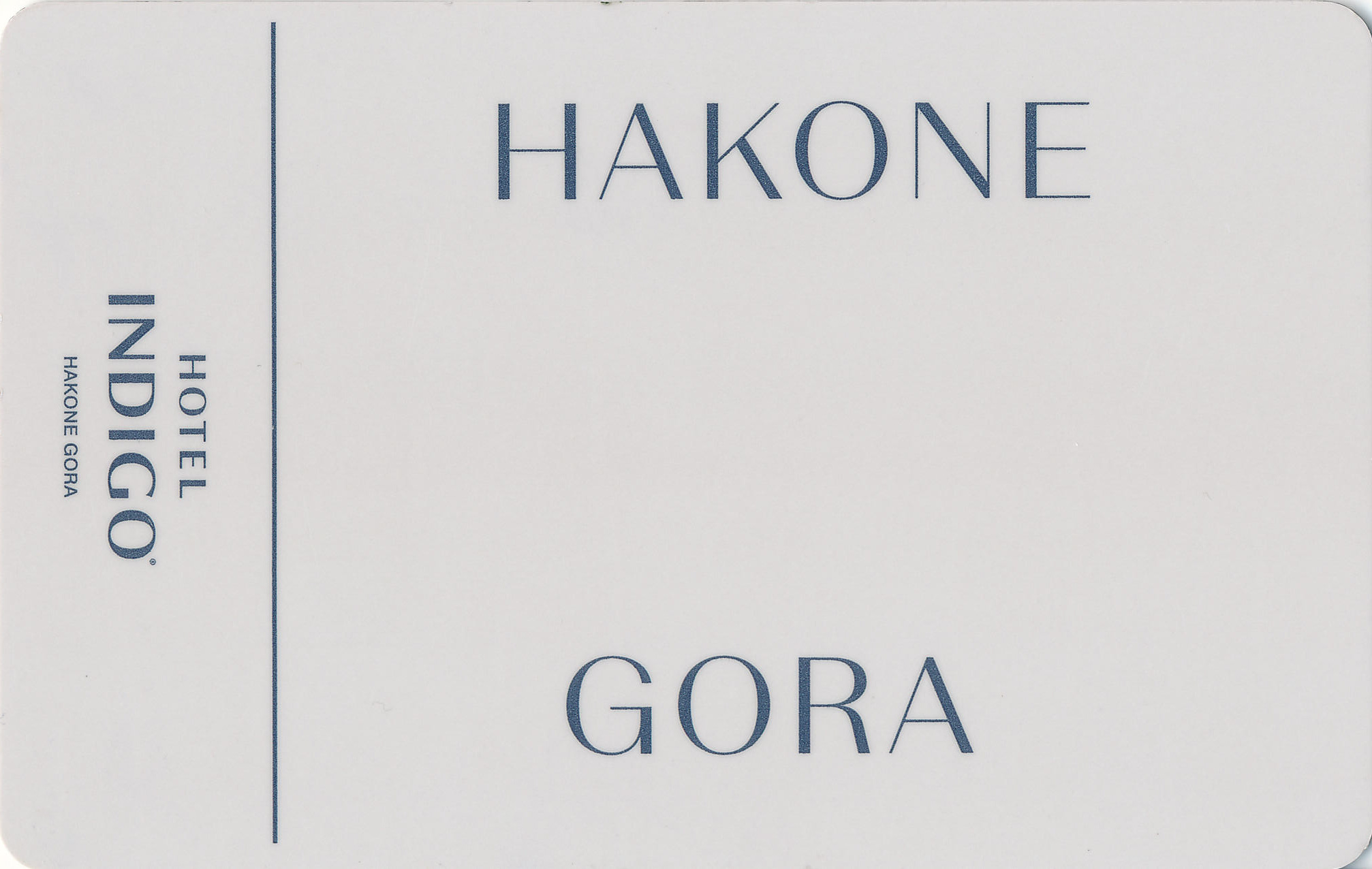
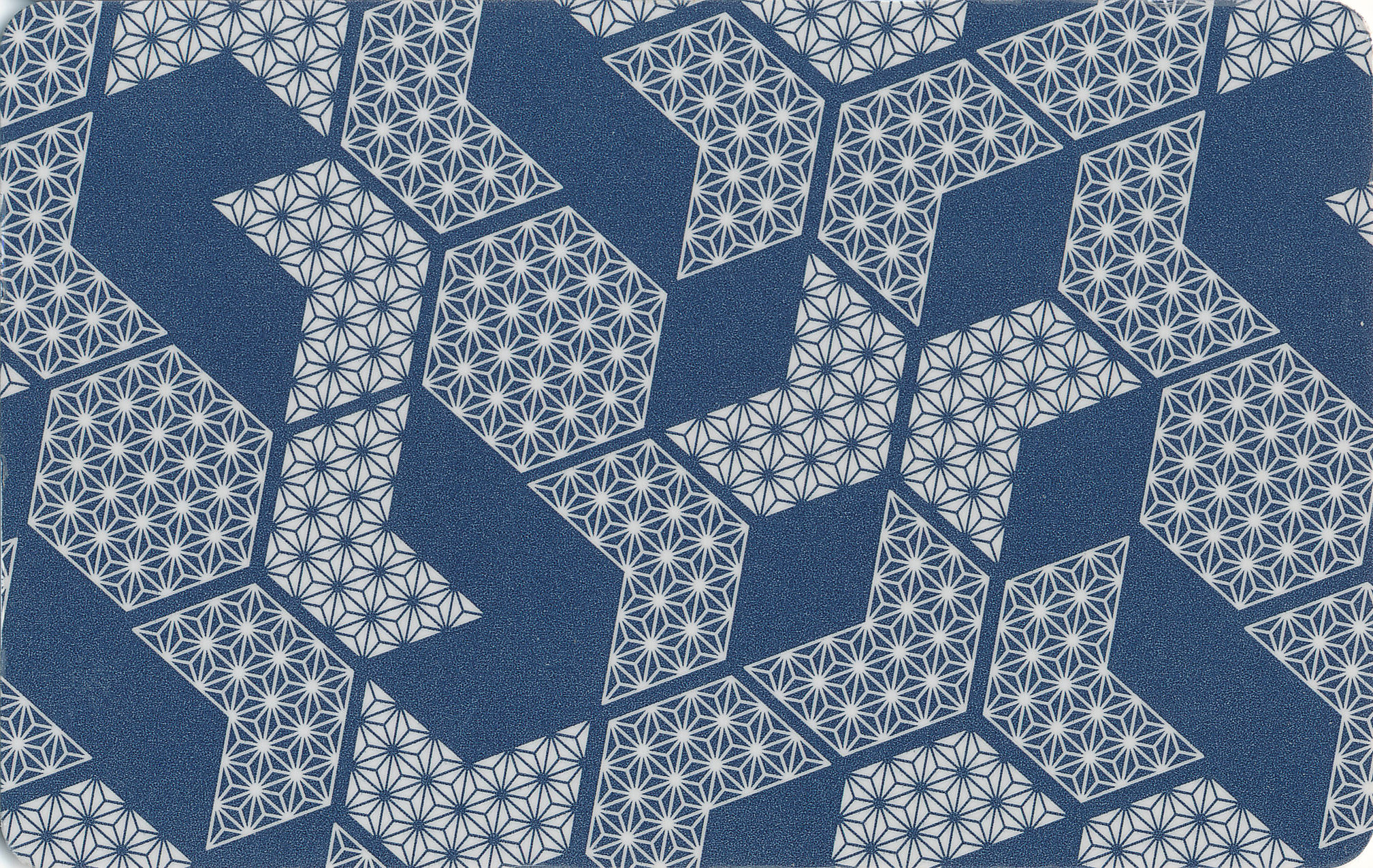
Upon arriving, we were able to check-in and receive our room early after a brief wait.
This hotel opened in January, 2020, right at the start of the pandemic. It is new enough that Google Map’s current satellite image shows an empty lot where the hotel now stands. Everything is still in excellent condition, though there were renovation activities taking place at the courtyard between the hotel’s two buildings. This area normally has what sounds like a cafe or bar as well as a onsen footbath.
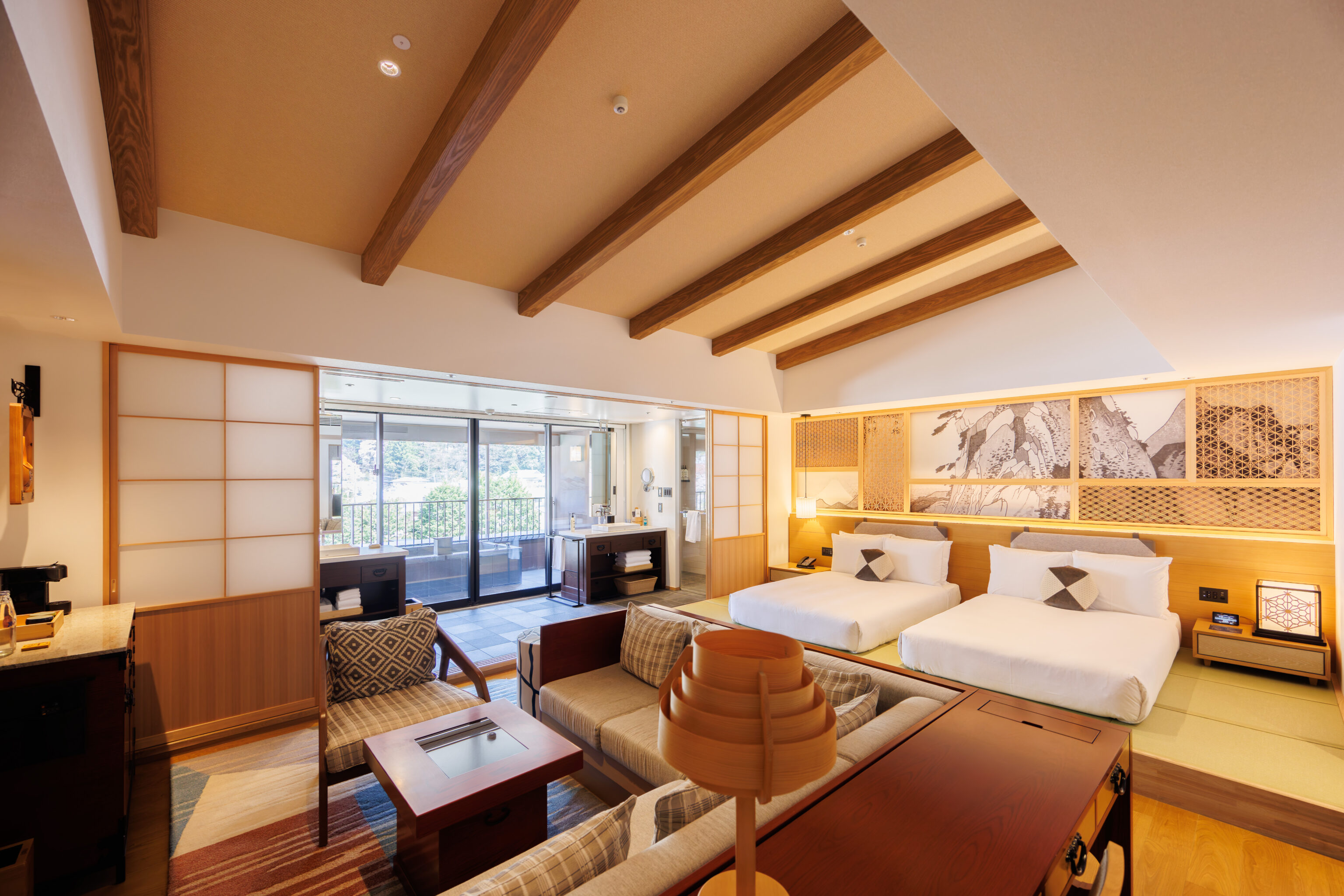
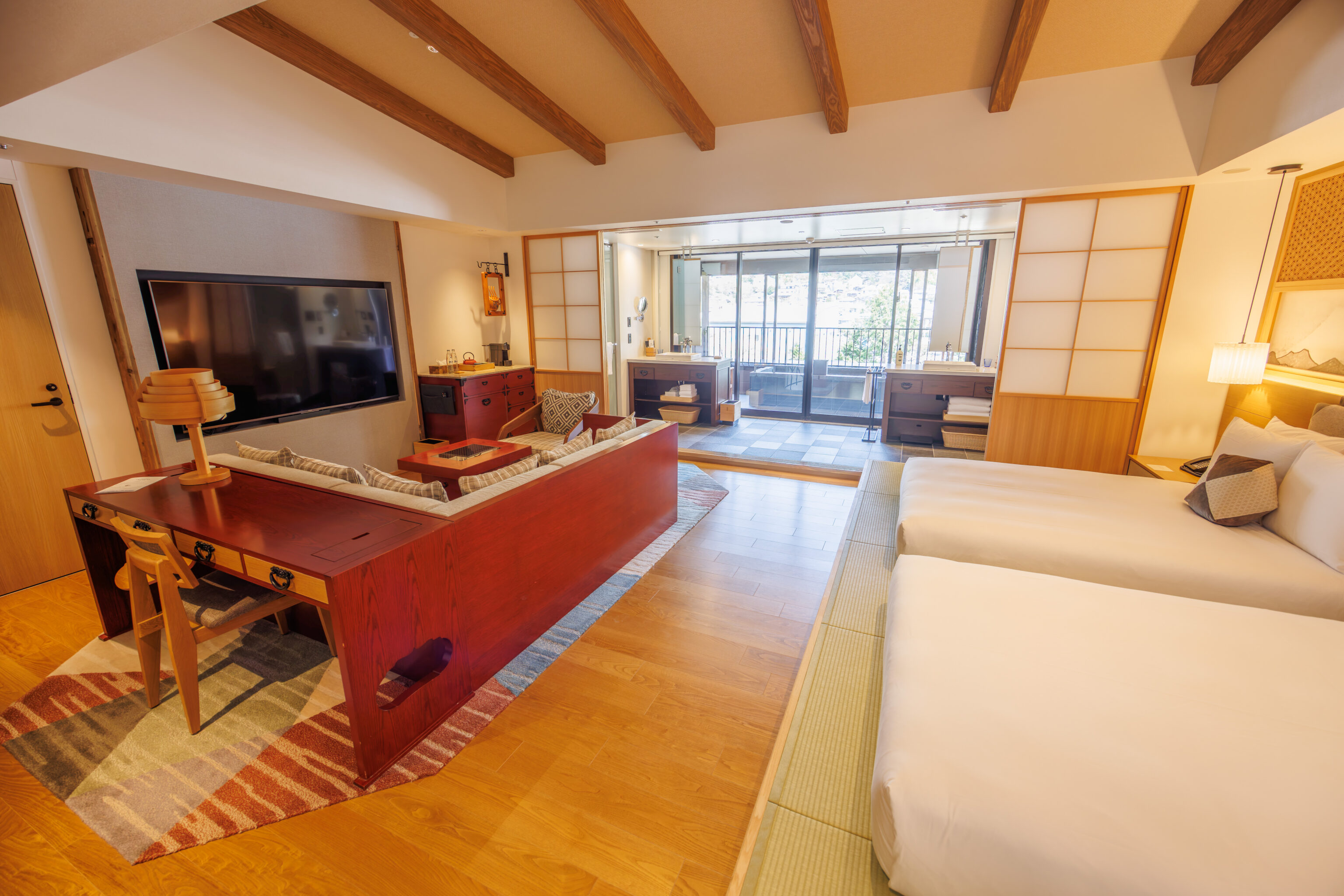
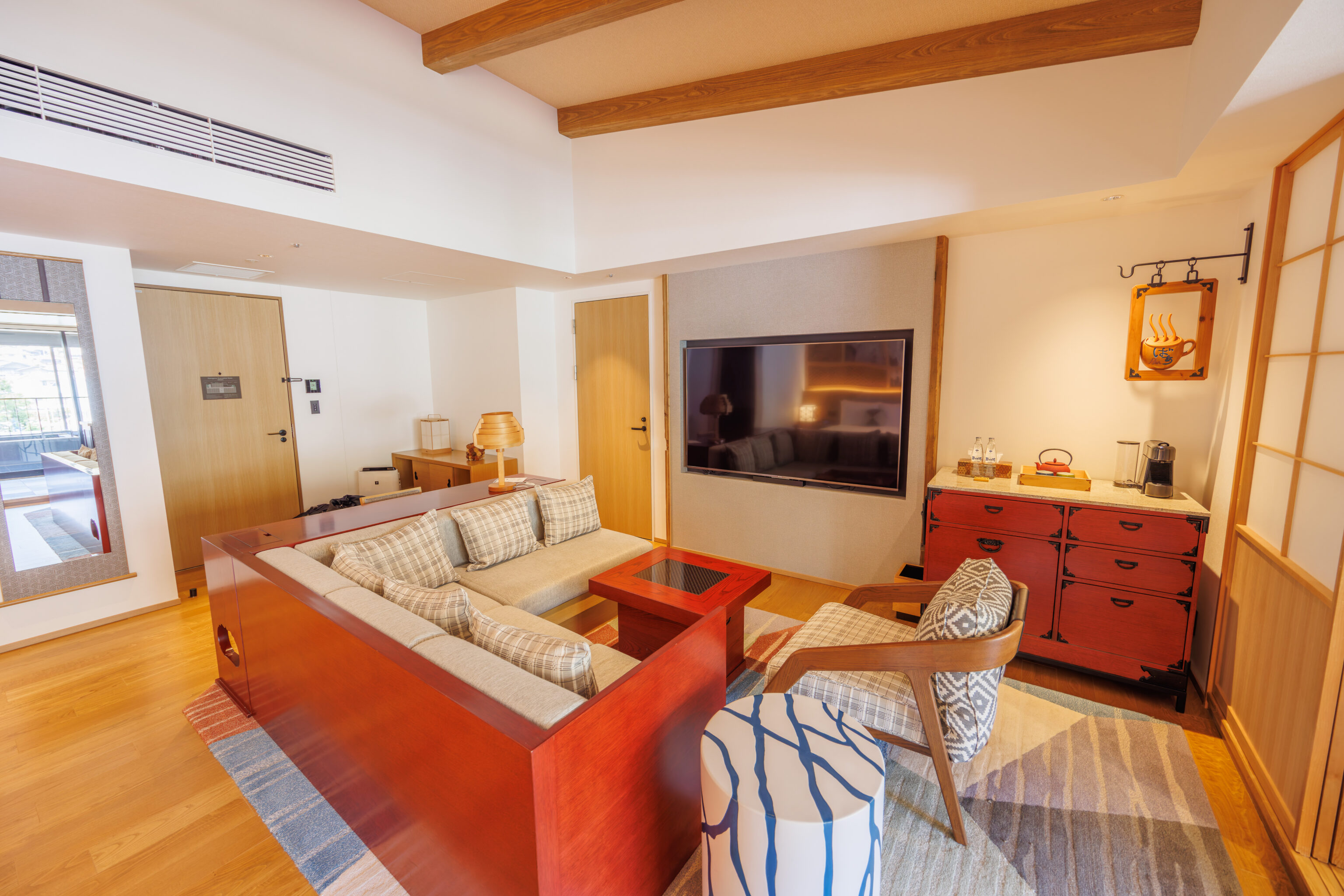
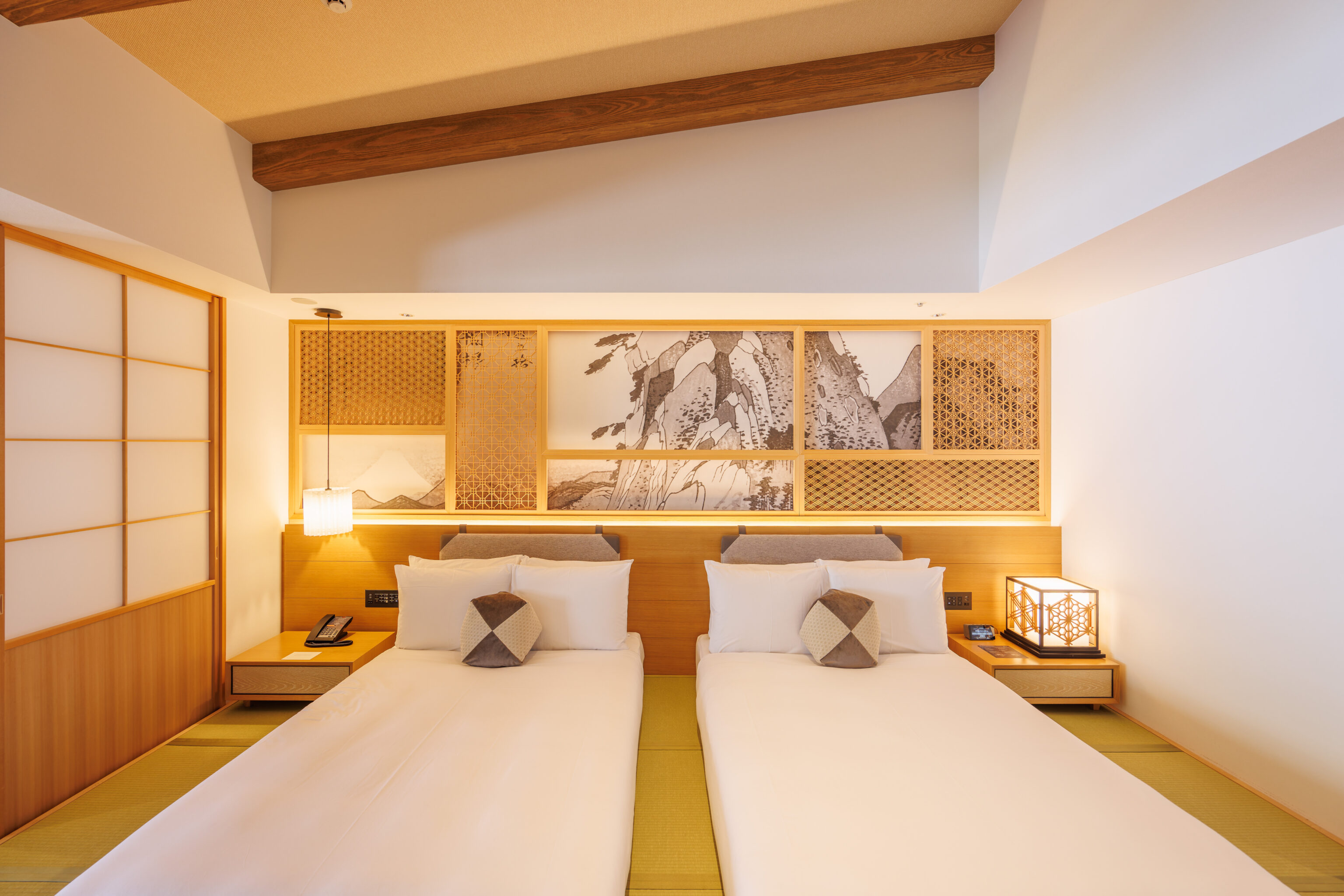
We booked a King Premium River View Private Hot Spring room and received an upgrade as mid-tier Platinum members in the IHG One Rewards program to a substantially larger room, probably a 2 Single Suite River View Private Hot Spring room. It is labelled as a suite though still a single, though extremely large, room.
The onsen was outside in the balcony area, accessible by wide sliding glass doors. A large bathroom occupies the space between the room and the balcony. Balcony is probably not exactly the correct term as it does not protrude from the building. Rather, it is more like a room that is open to the outside.
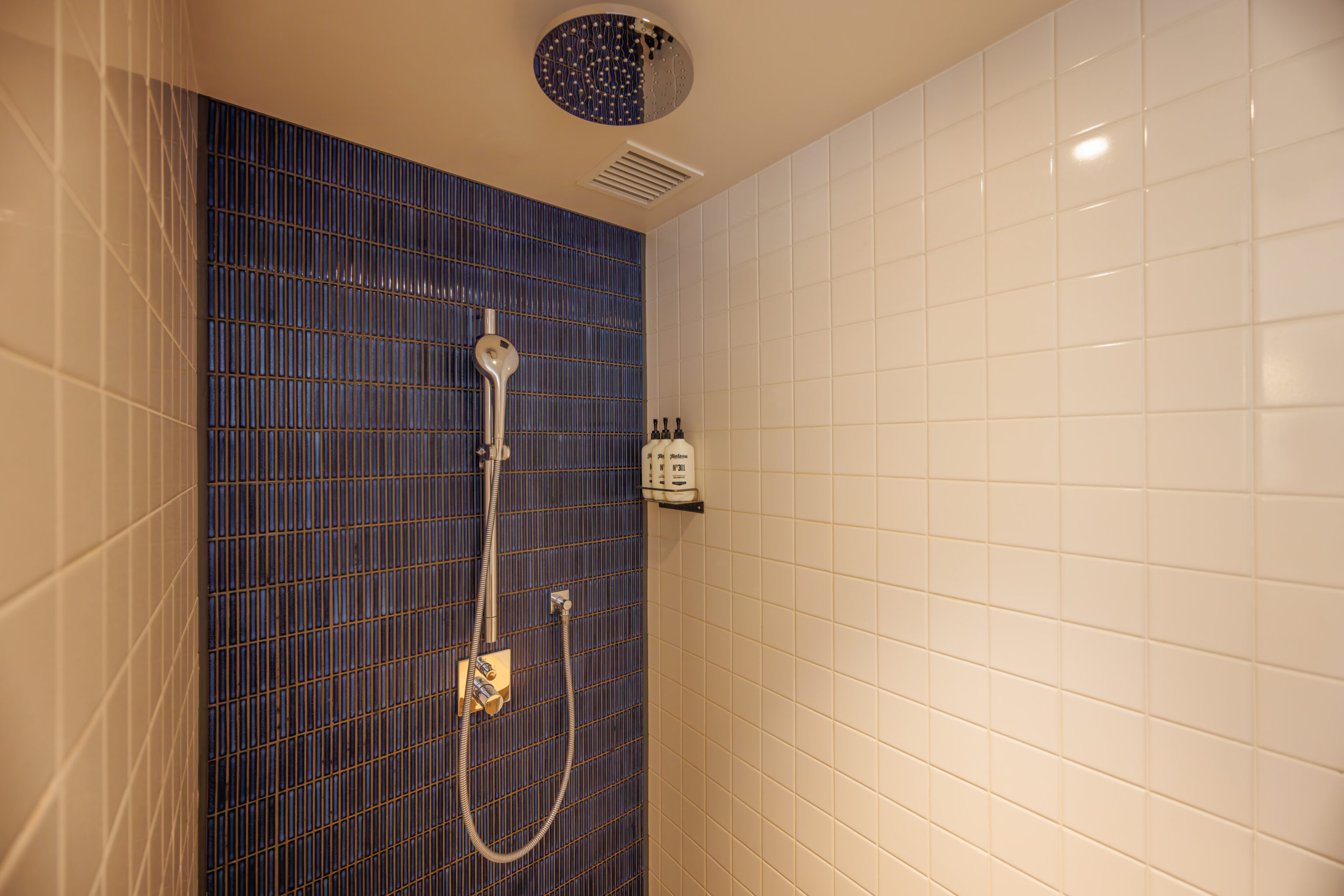
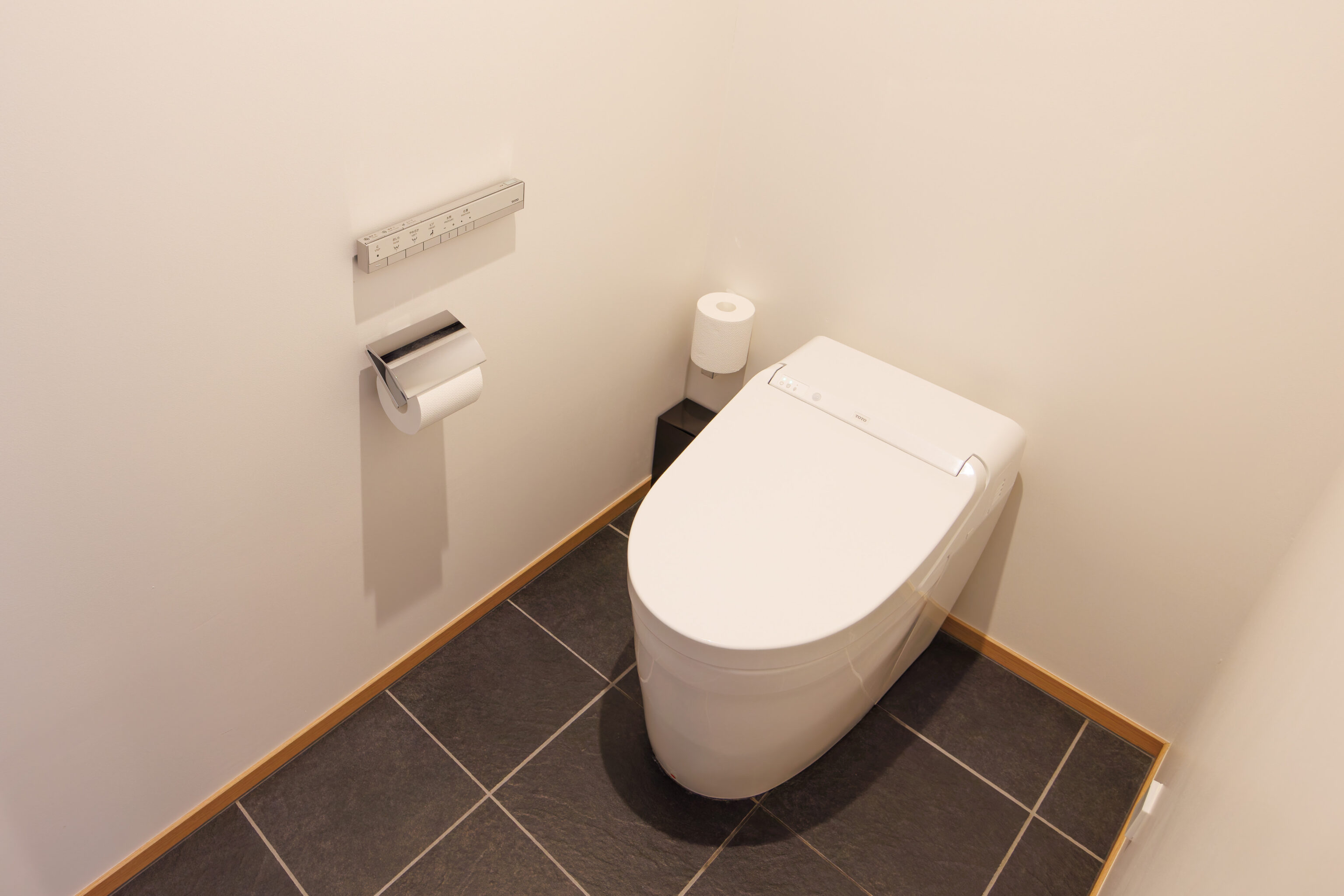
There is a shower on the right side of the bathroom and a toilet on the left.
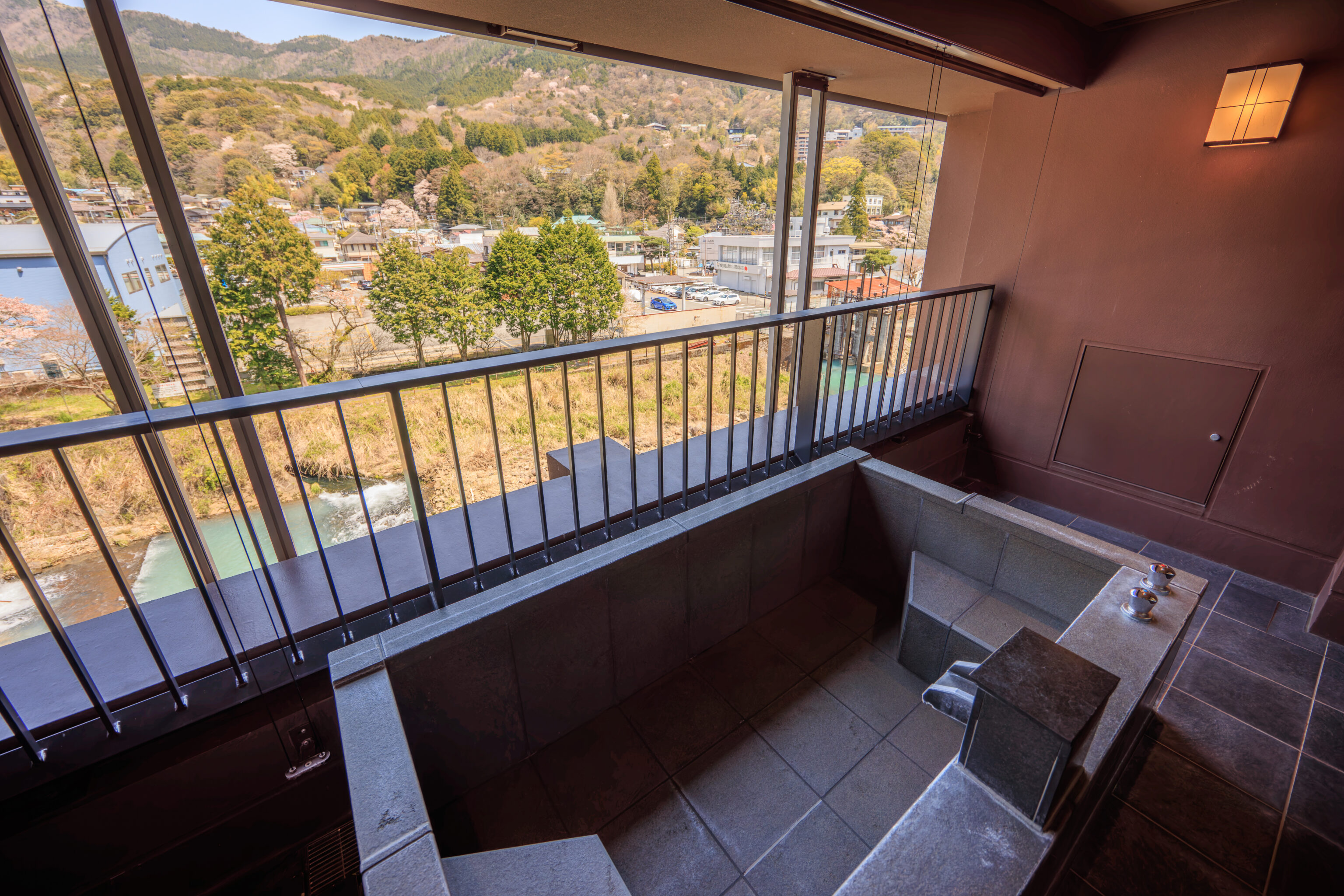
The onsen is huge! It appears to be much larger than the one in the room type that we had booked based upon photographs.
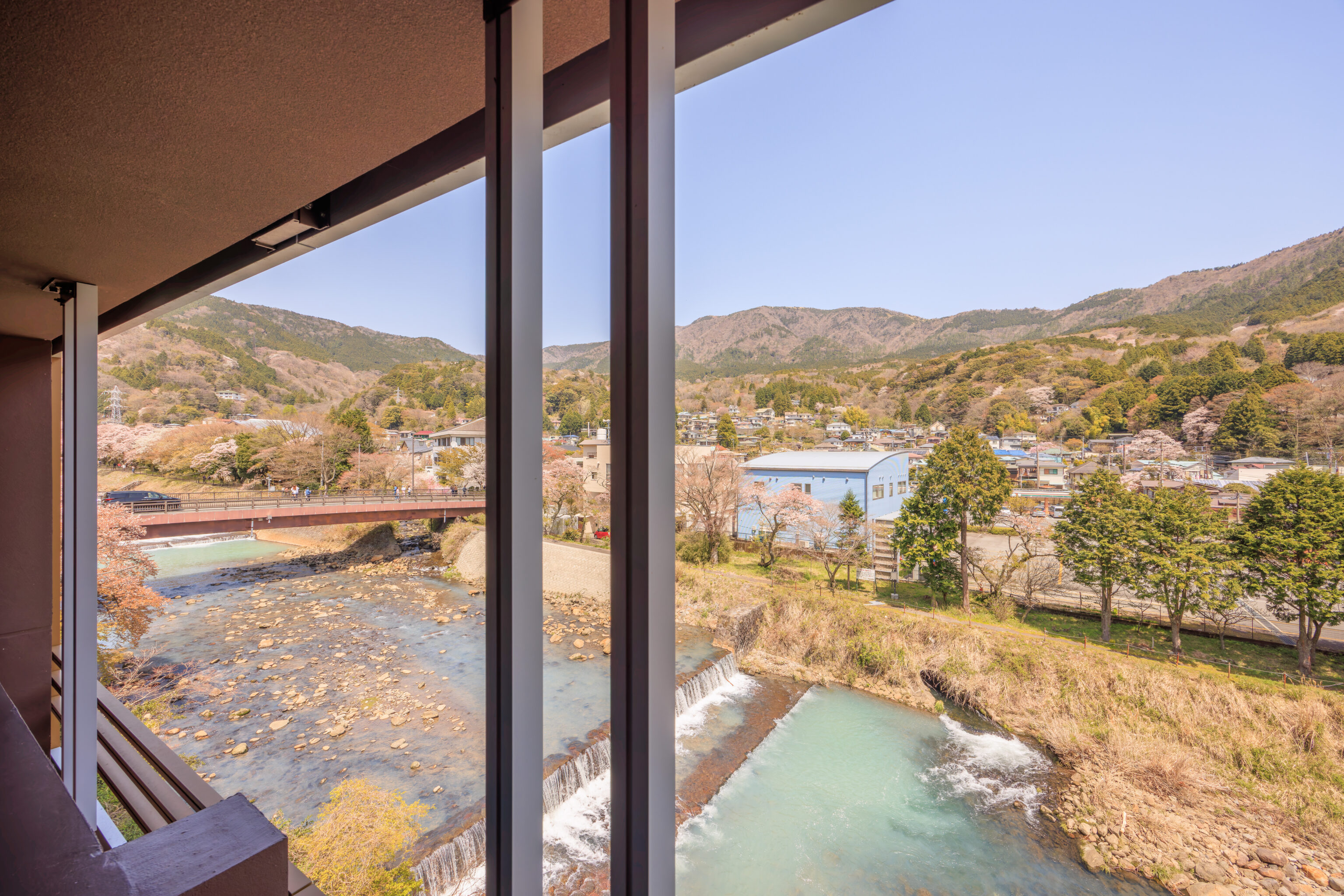
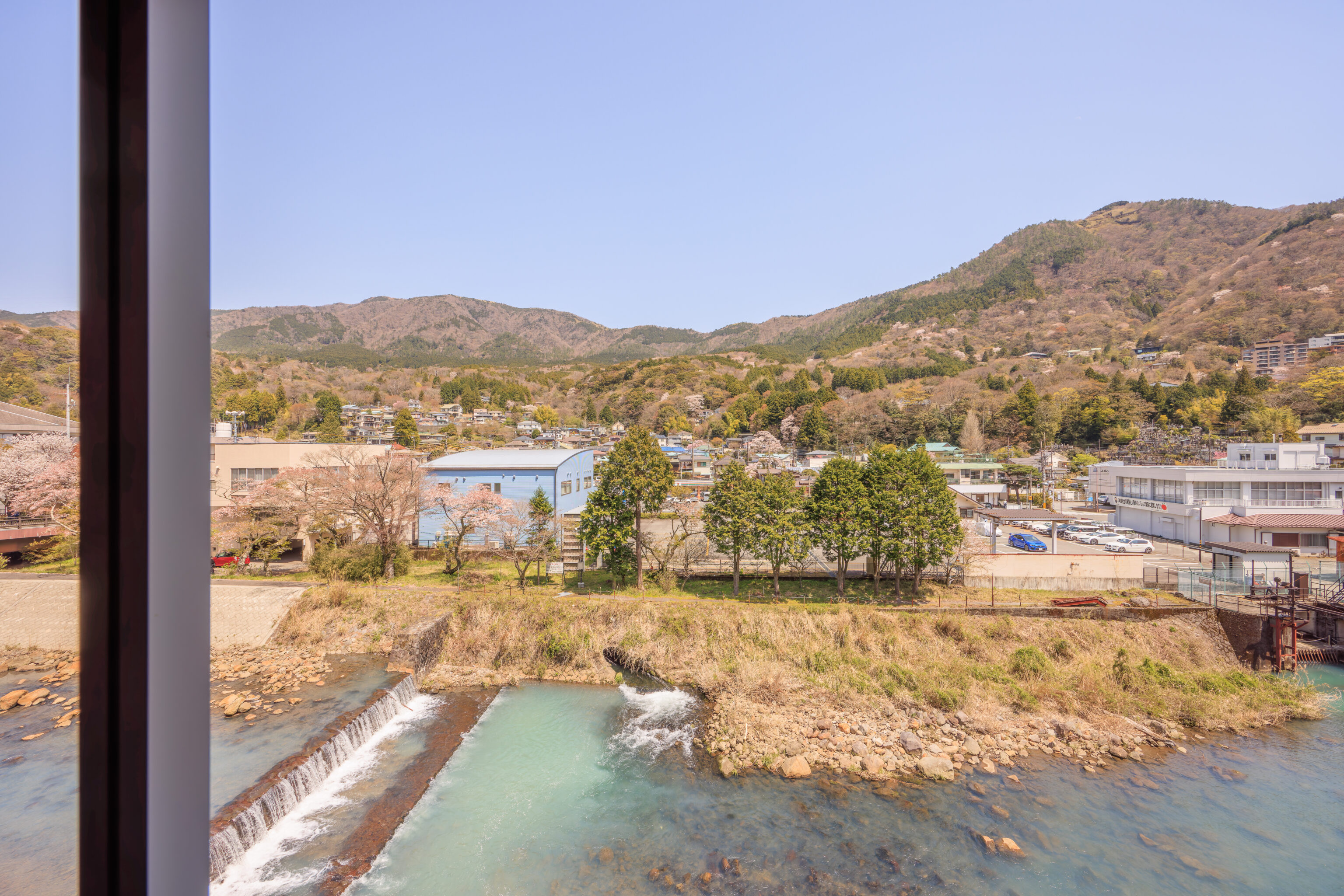
The balcony overlooks the Haya River. There is a small business district on the other side, including a 7-Eleven, which we could see beyond the trees.
The room has two sets motorized blinds. One set is for the balcony, for privacy while using the onsen. The other is inside the room, to block the windows at night.
Hakone Cable Car and Ropeway
We took the shuttle back up to Gora Station to take the Hakone Tozan Cable Car up to 早雲山駅 Sounzan Station. In the US, the term cable car refers to a train where a grip attaches to a constantly moving cable below the track when the train needs to move, like in San Francisco. Here, a cable car is a funicular, the system where two trains are attached to two ends of a cable.
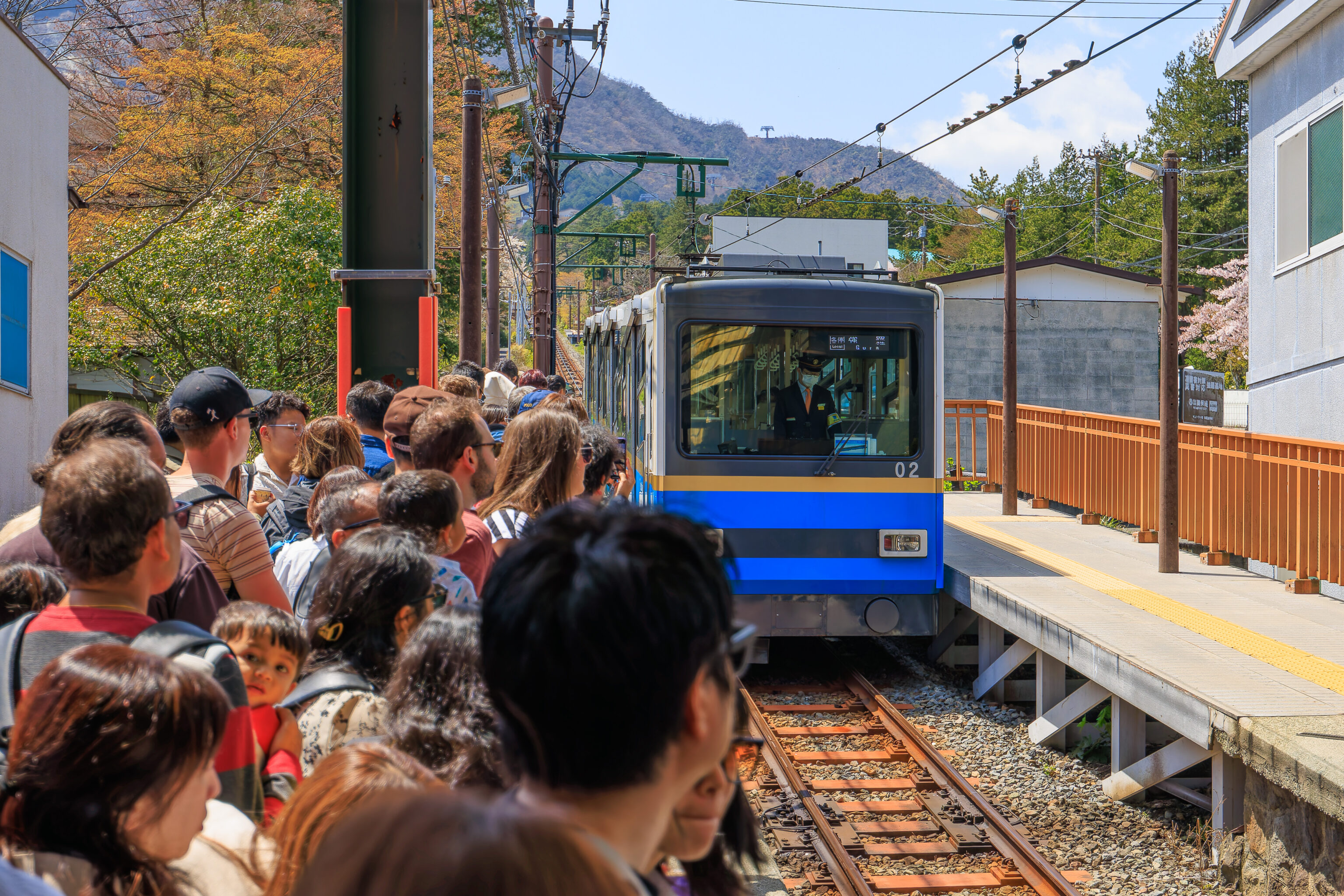
It was already pretty crowded when we arrived at the station. Soon, the funicular arrived. We didn’t take any photographs of the interior of the train. It is best described as very Japanese.
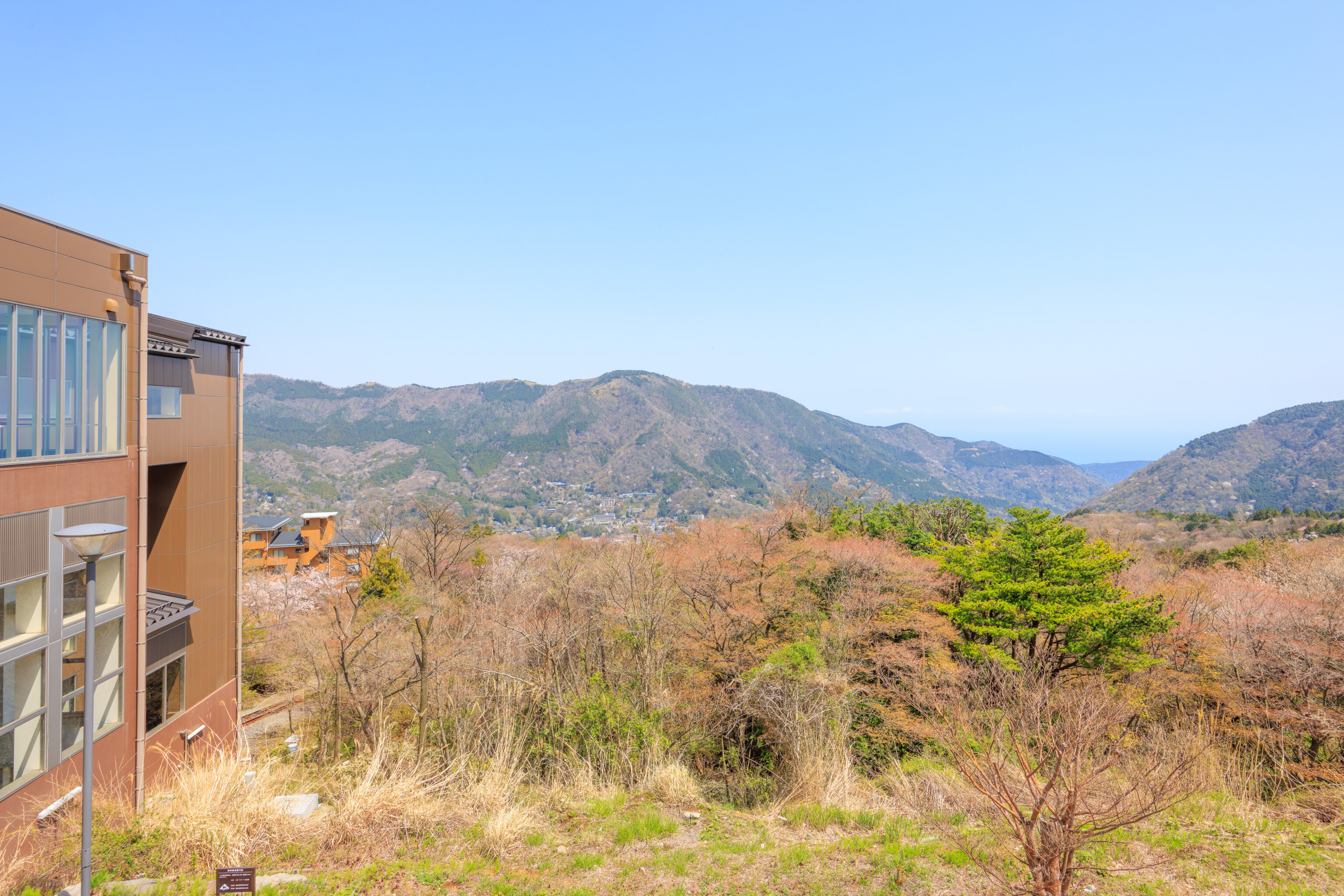
Sounzan Station is more or less the highest elevation developed place within Gora. We went outside the station to take a look before continuing on. There is a wide overlook at the edge of the station’s parking lot with views to the east.
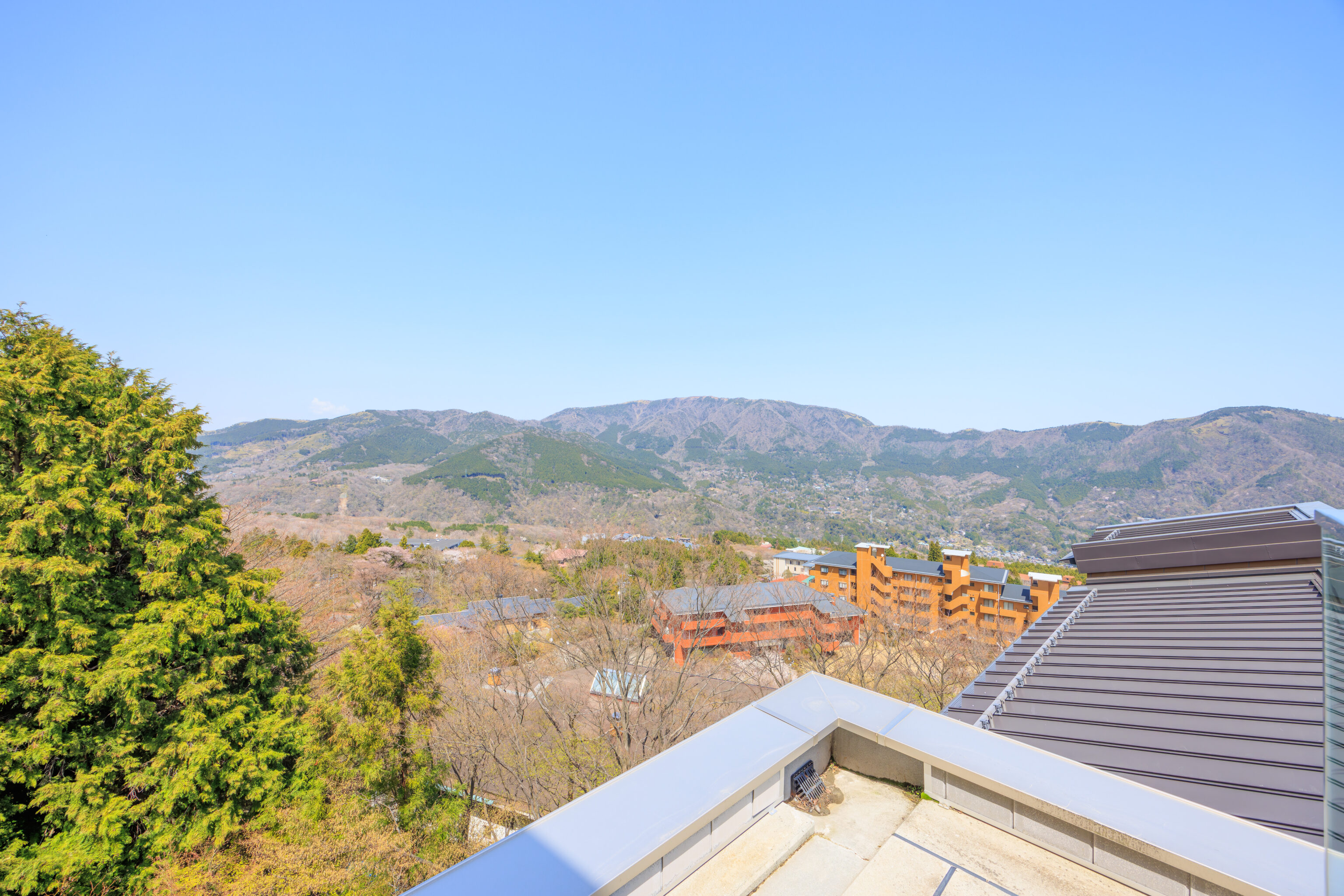
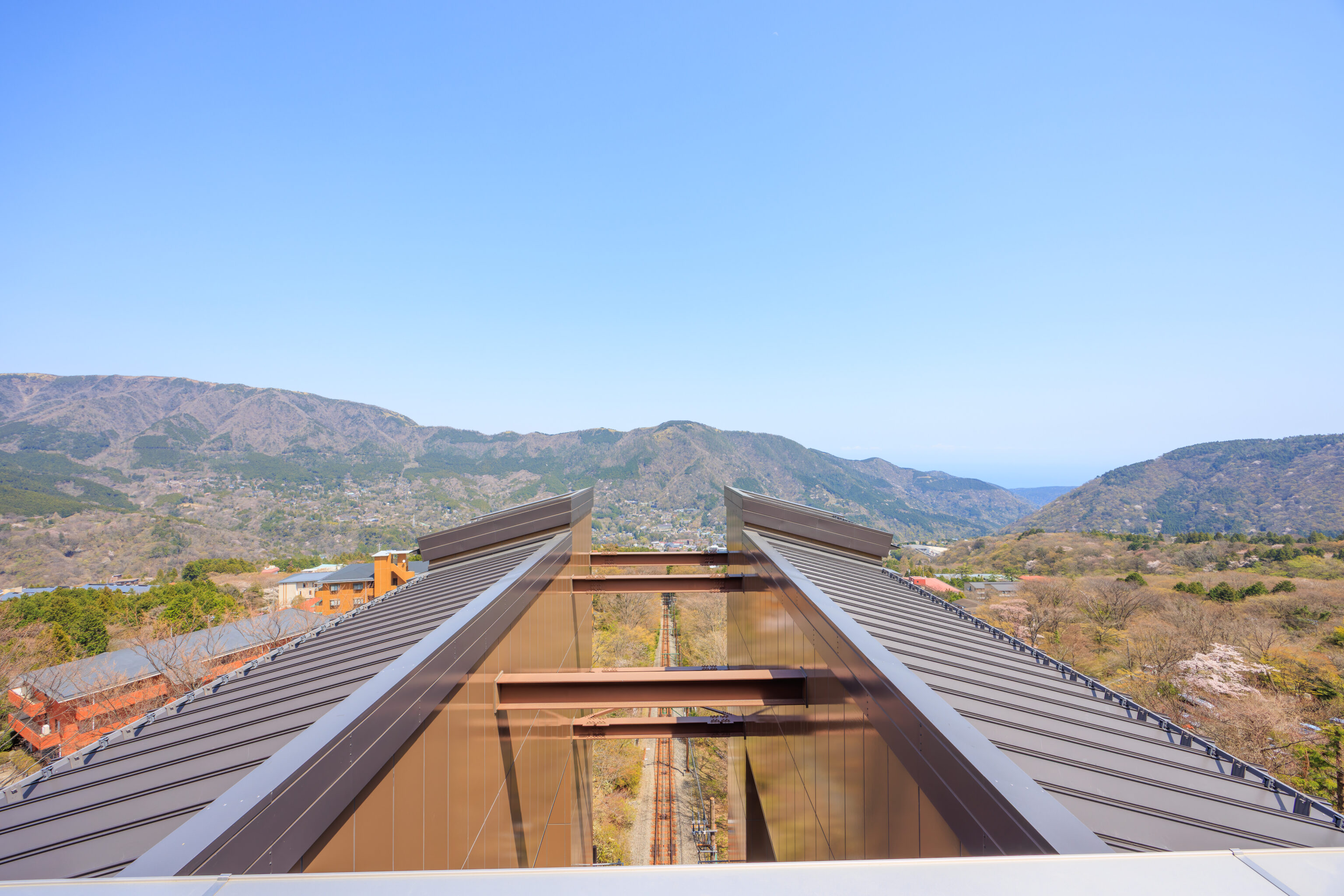
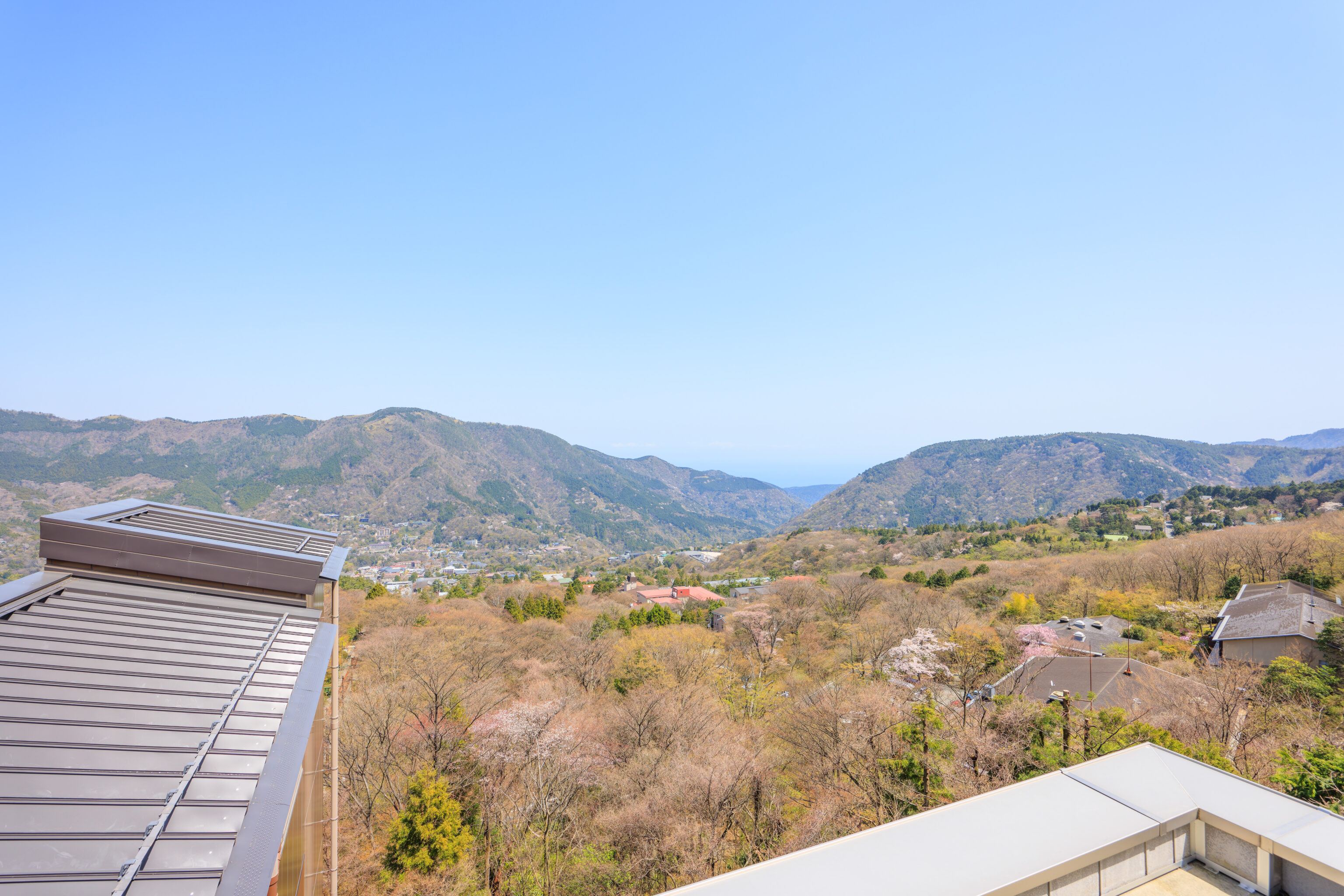
We then went to the station’s top level for more views of the area. It is a bit higher up than the parking lot, providing a bit of a better view. Other than the view, there is also a foot onsen here at this level!
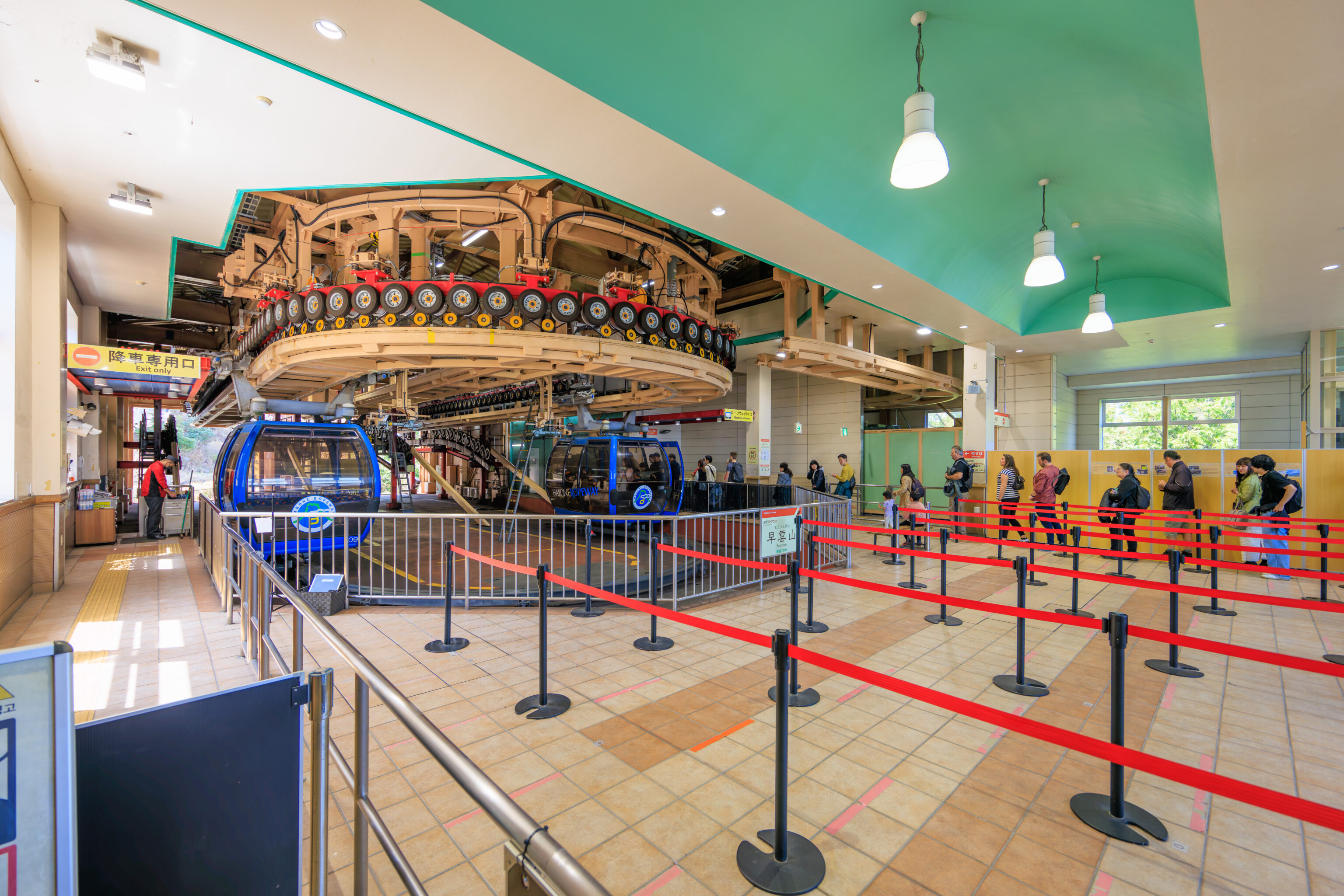
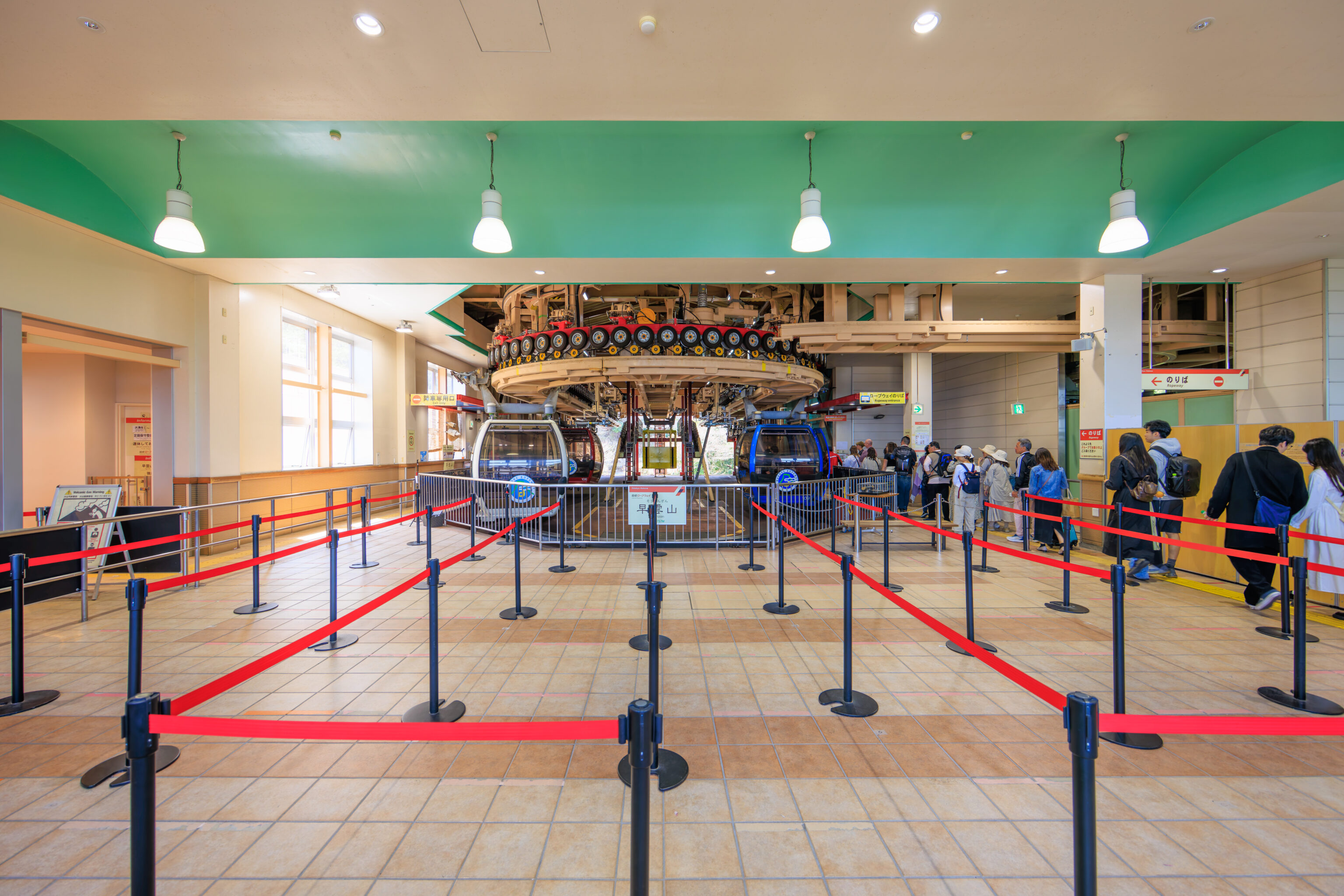
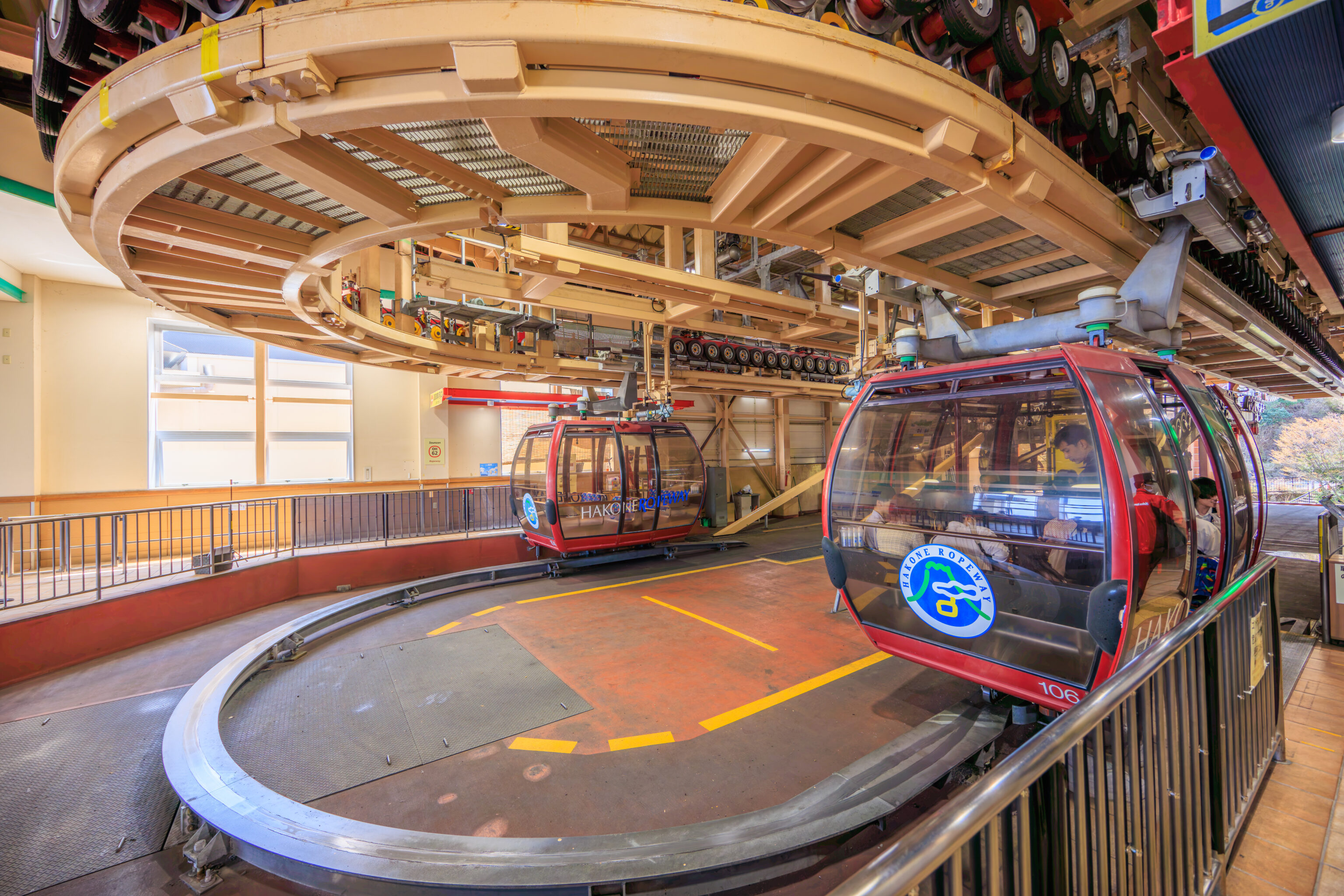
We then went back down to take the Hakone Ropeway up to Owakudani, Hakone’s thermal area. This ropeway would be referred to as a gondola in the US. It wasn’t too busy, though the line advanced somewhat slowly. The system here is a bit different from most gondolas that we’ve encountered in other parts of the world. Normally, the gondola cars detach at the station and run at a constant slow speed, so the car is always moving as people get on and off. Here, it detaches and comes to a complete stop for people to get off, and again to get on.
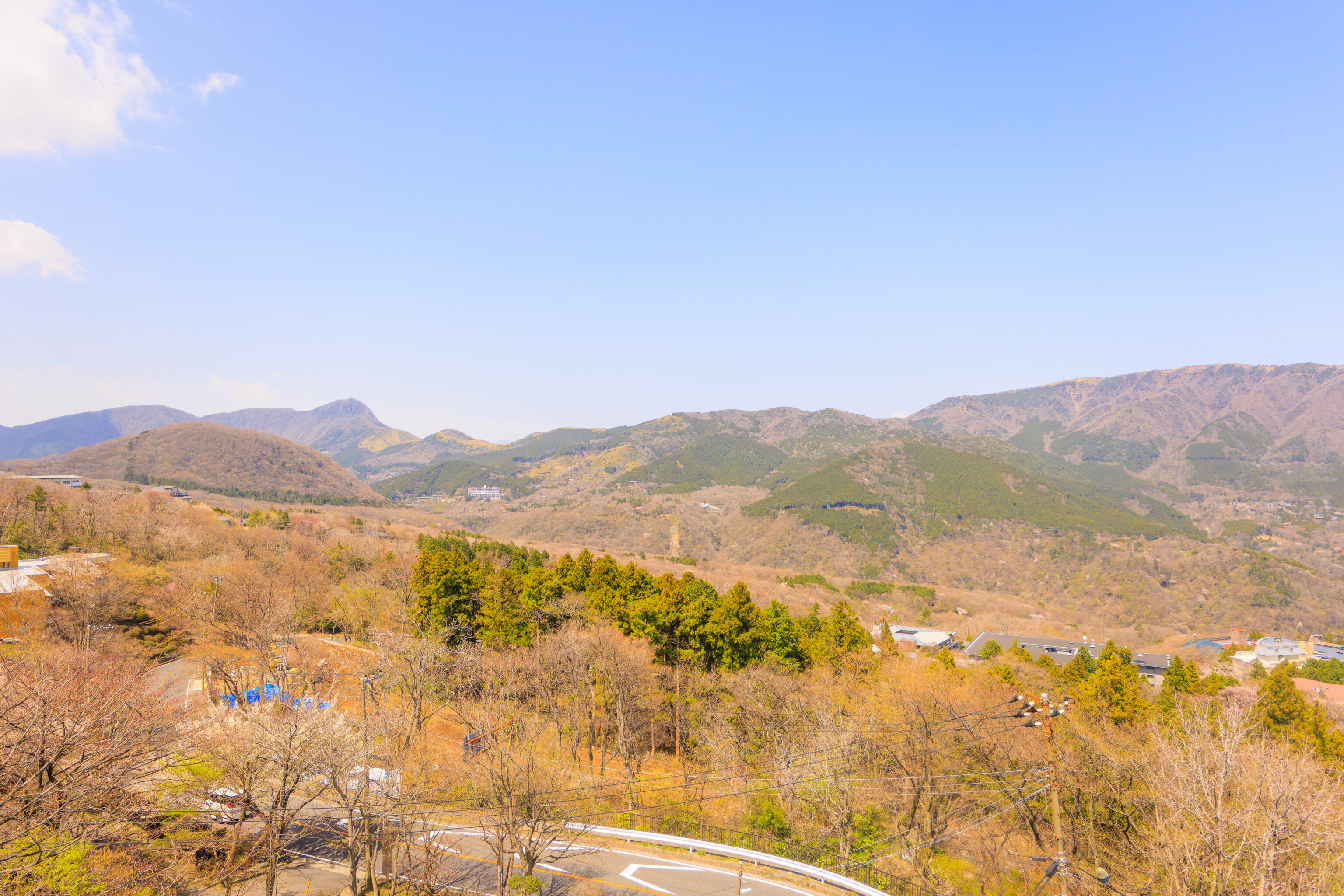
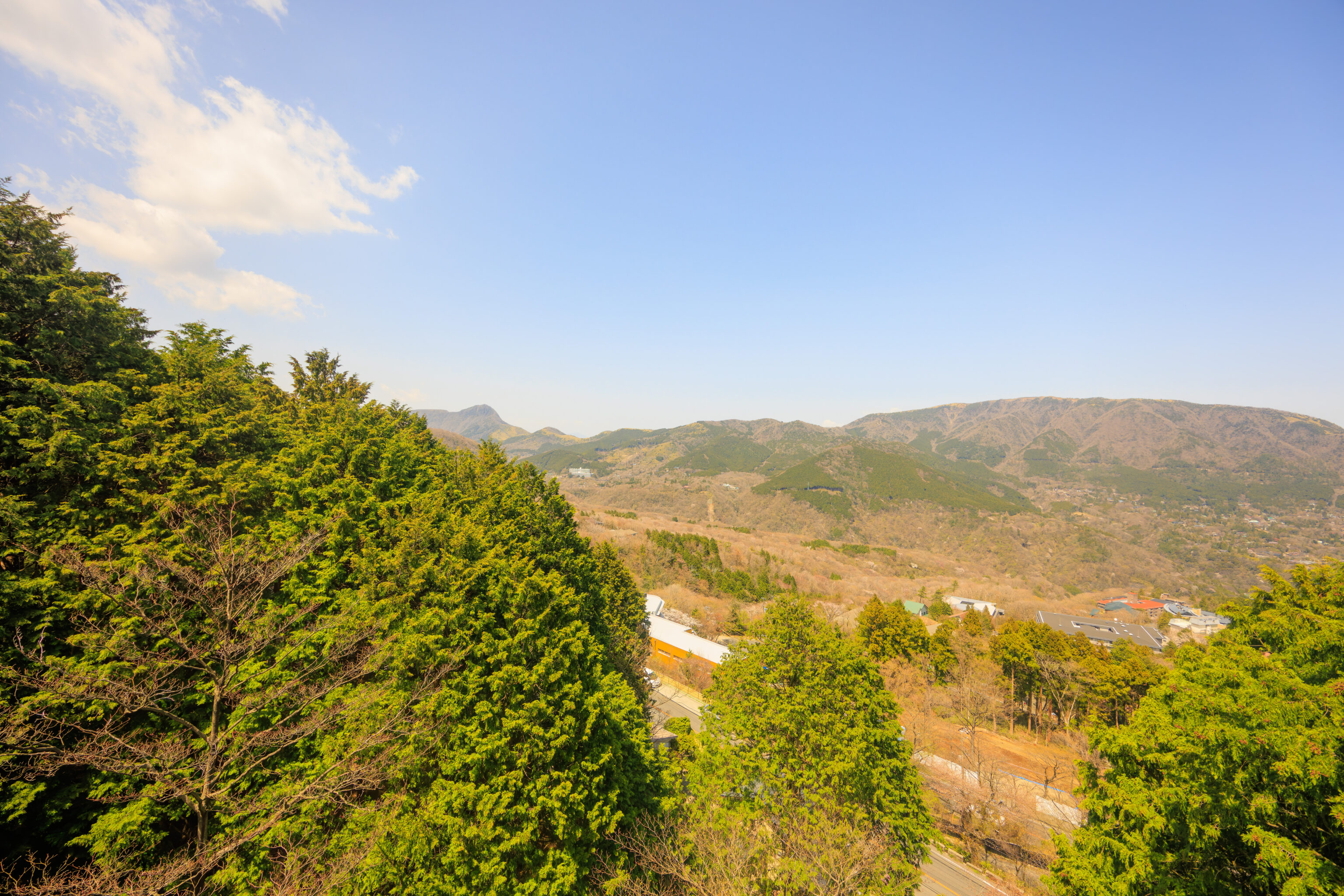
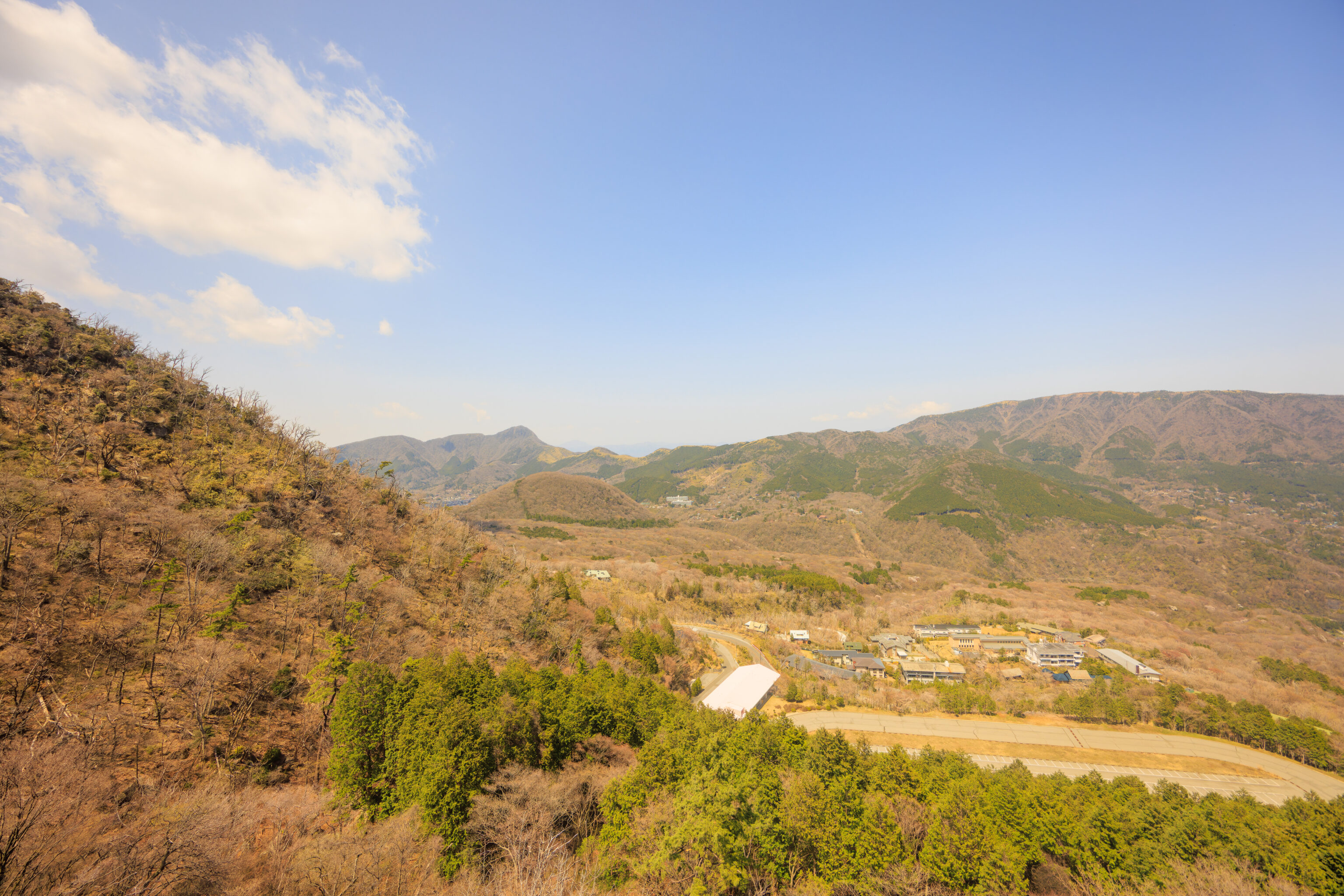
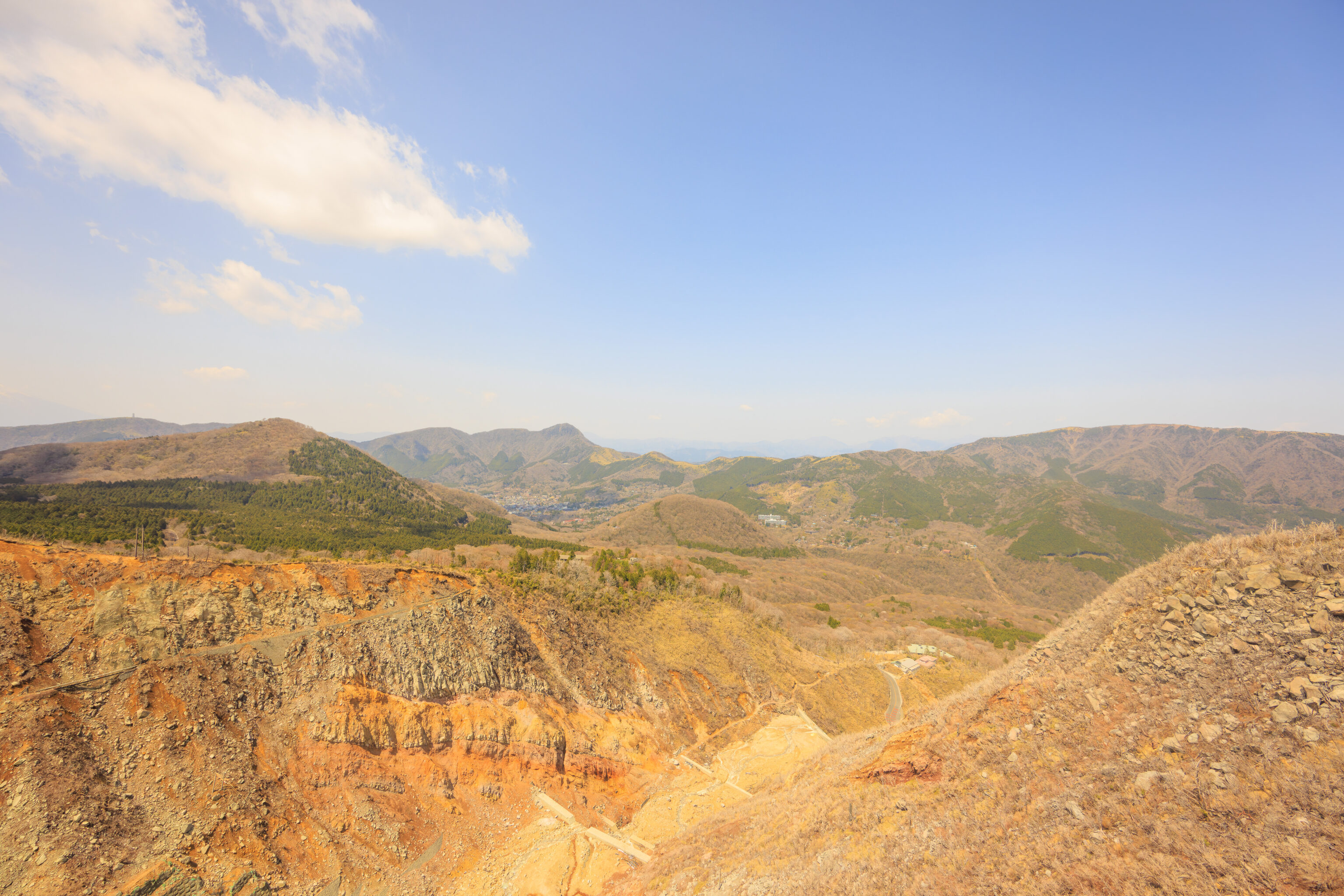
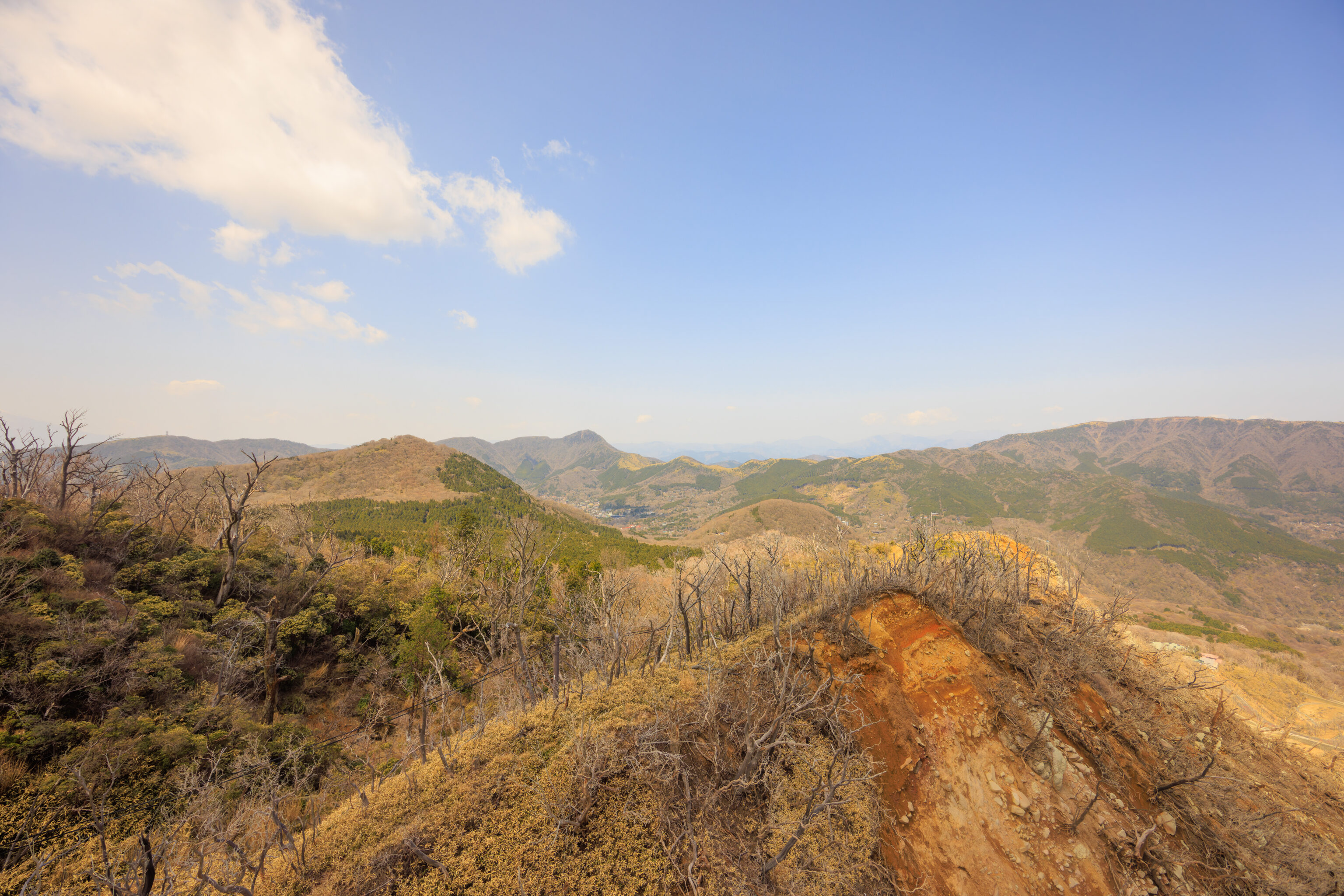
The gondola car’s windows were, unfortunately, not really clean, and also a bit tinted.
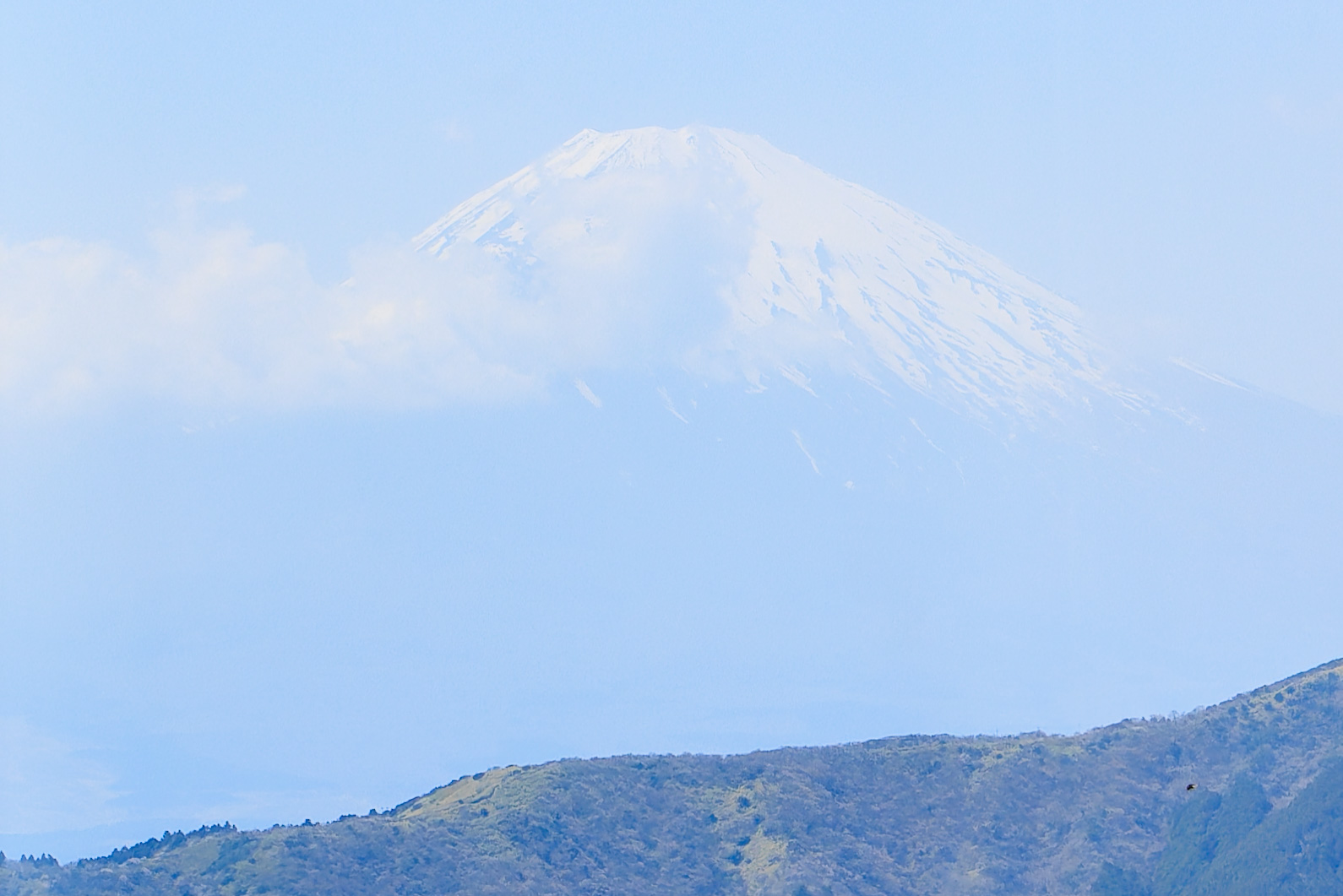
At the gondola station at Owakudani, we could see Mount Fuji! It was unfortunately very hazy. We decided to keep going on the next section of the Hakone Ropeway, down to 桃源台駅 Togendai Station. We have two more days to explore the area so will visit Owakudani another time.
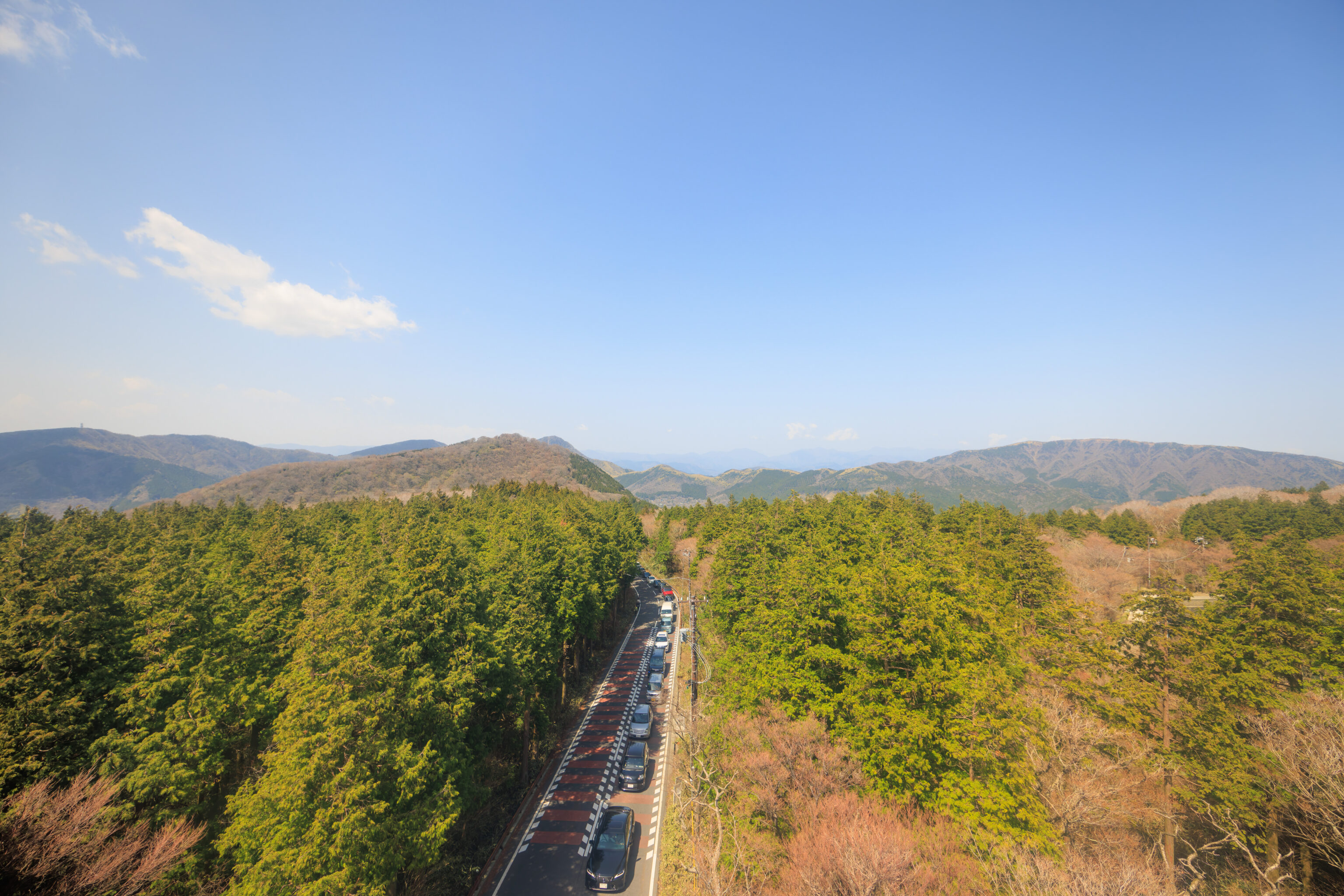
There was quite a traffic jam on the road that heads up to Owakudani! Everything here is accessible by road, though we wouldn’t want to be down there right now!
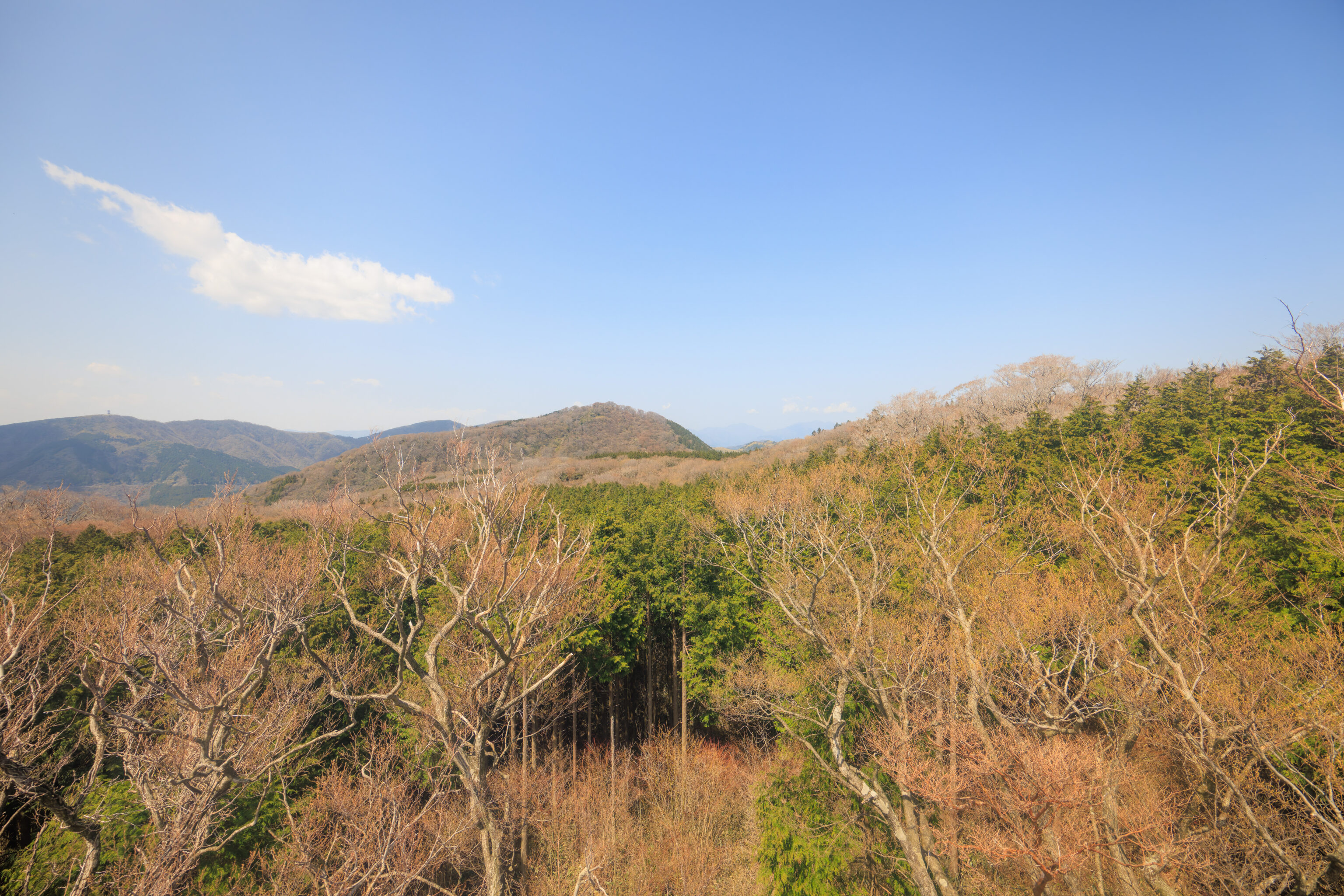
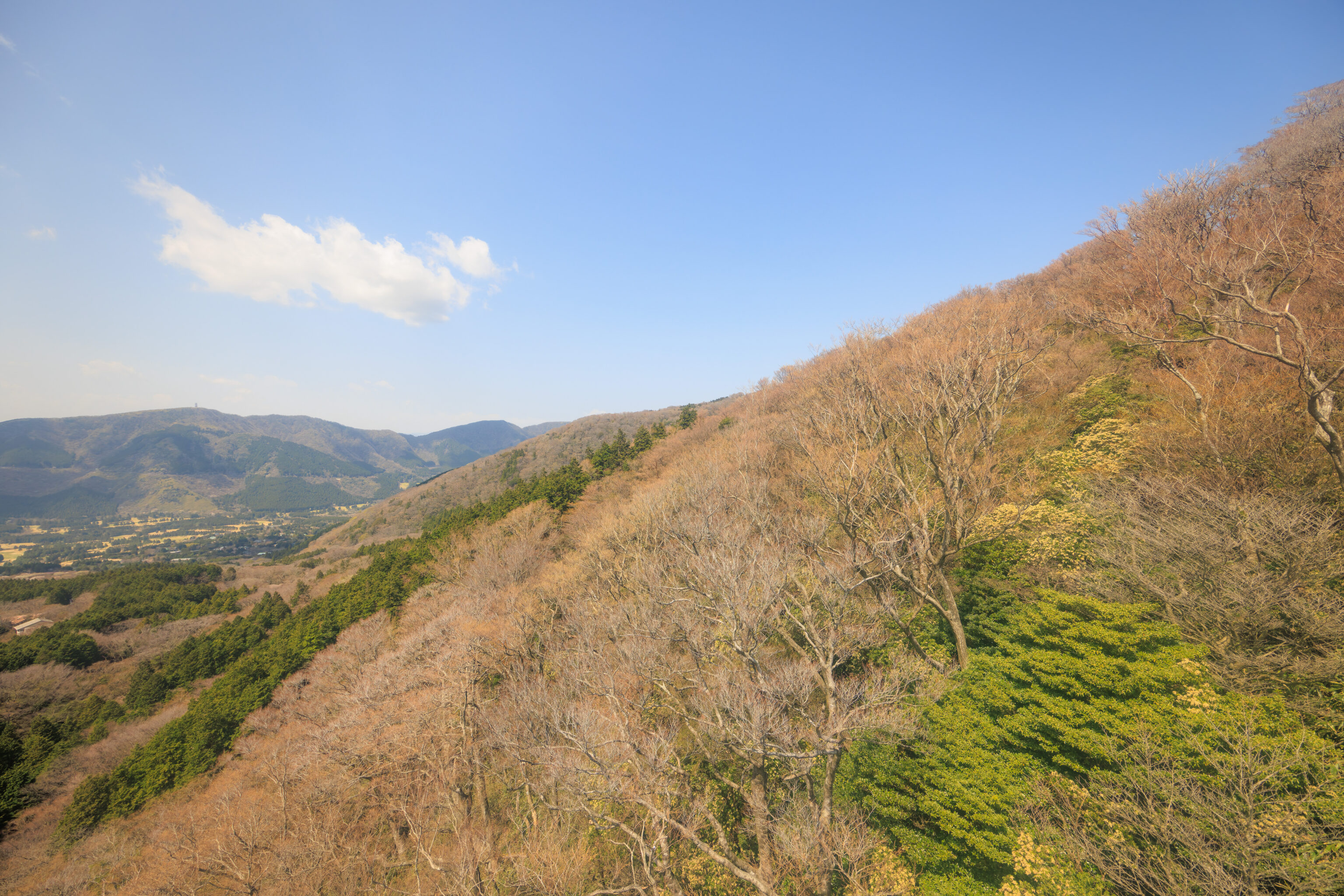
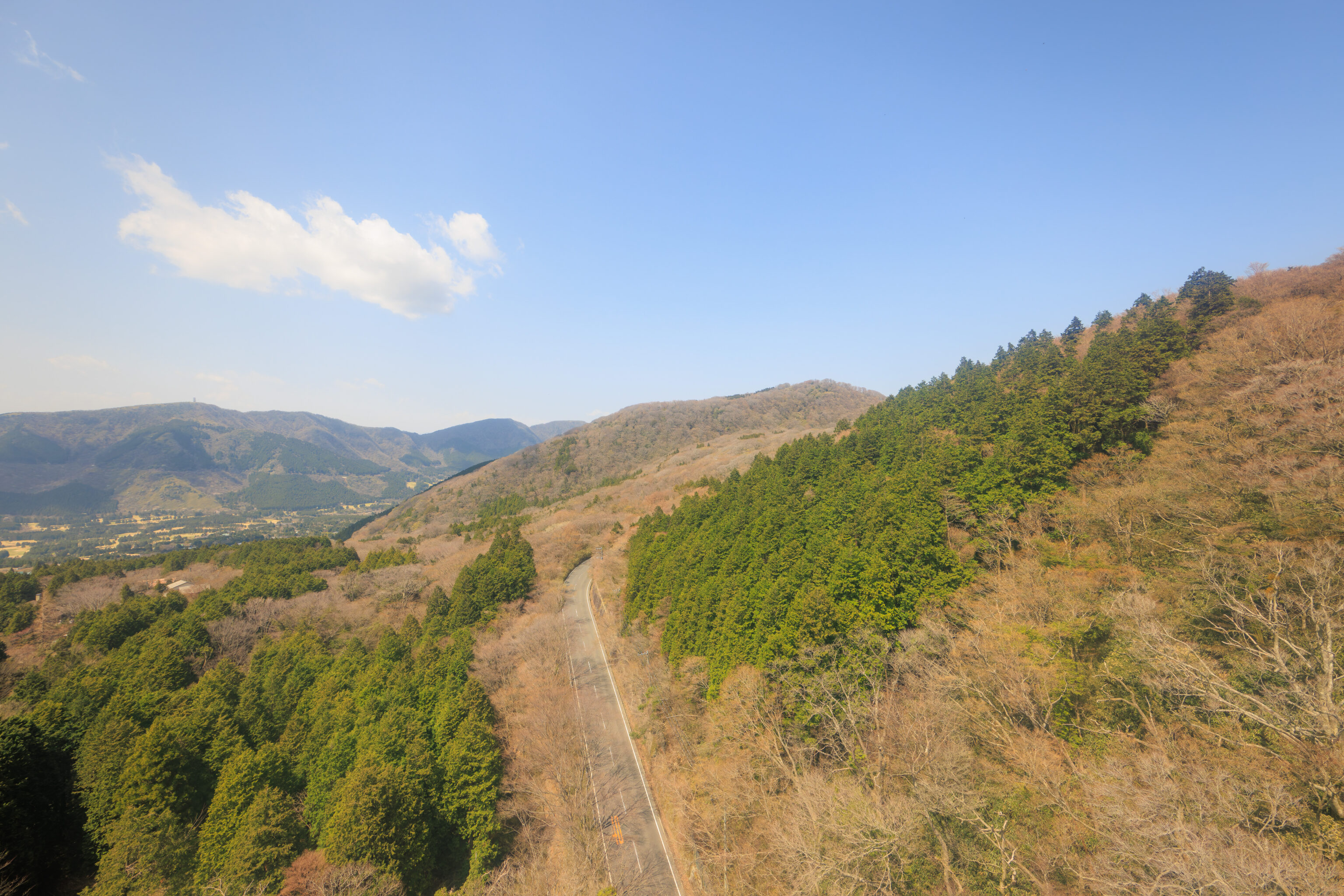
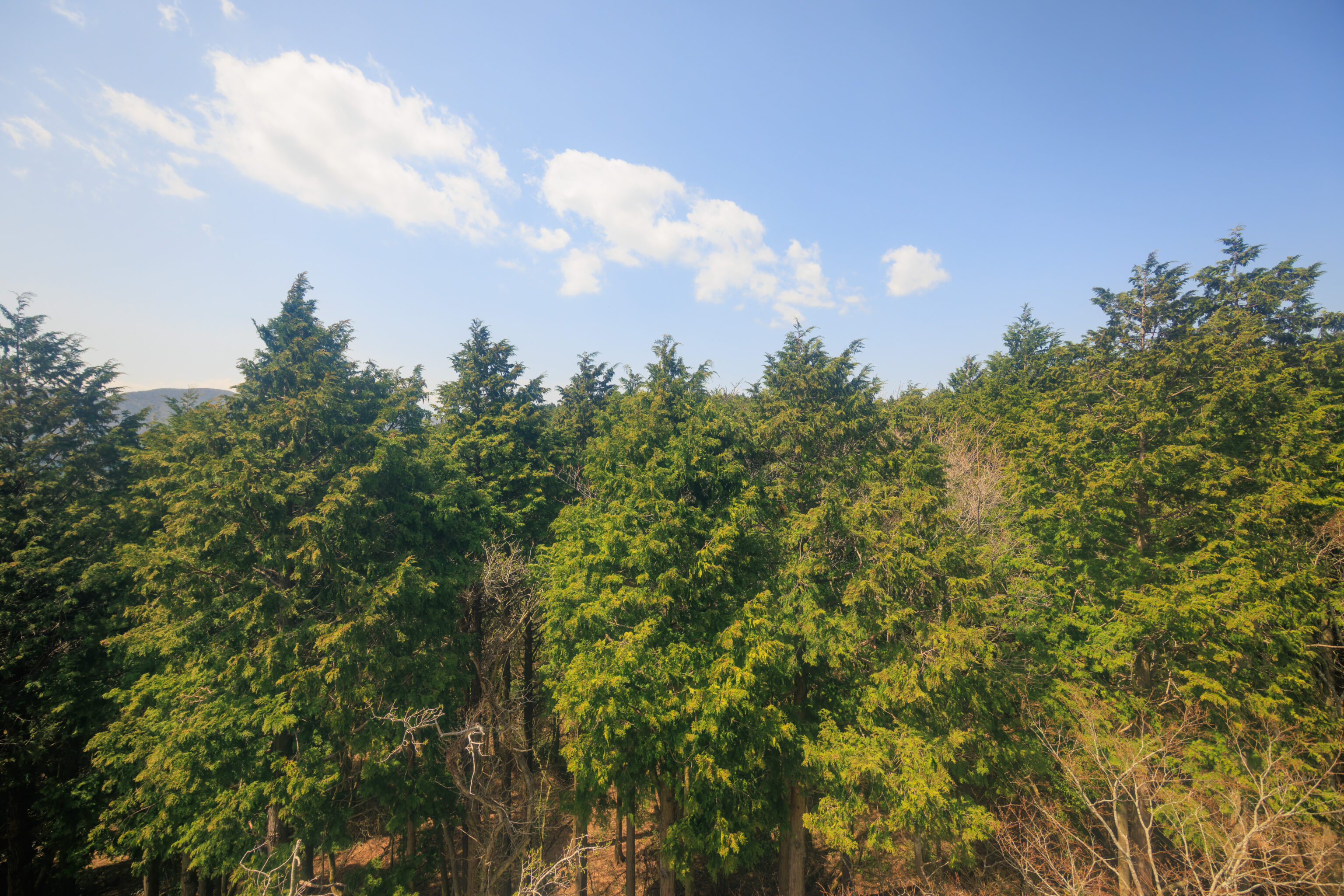
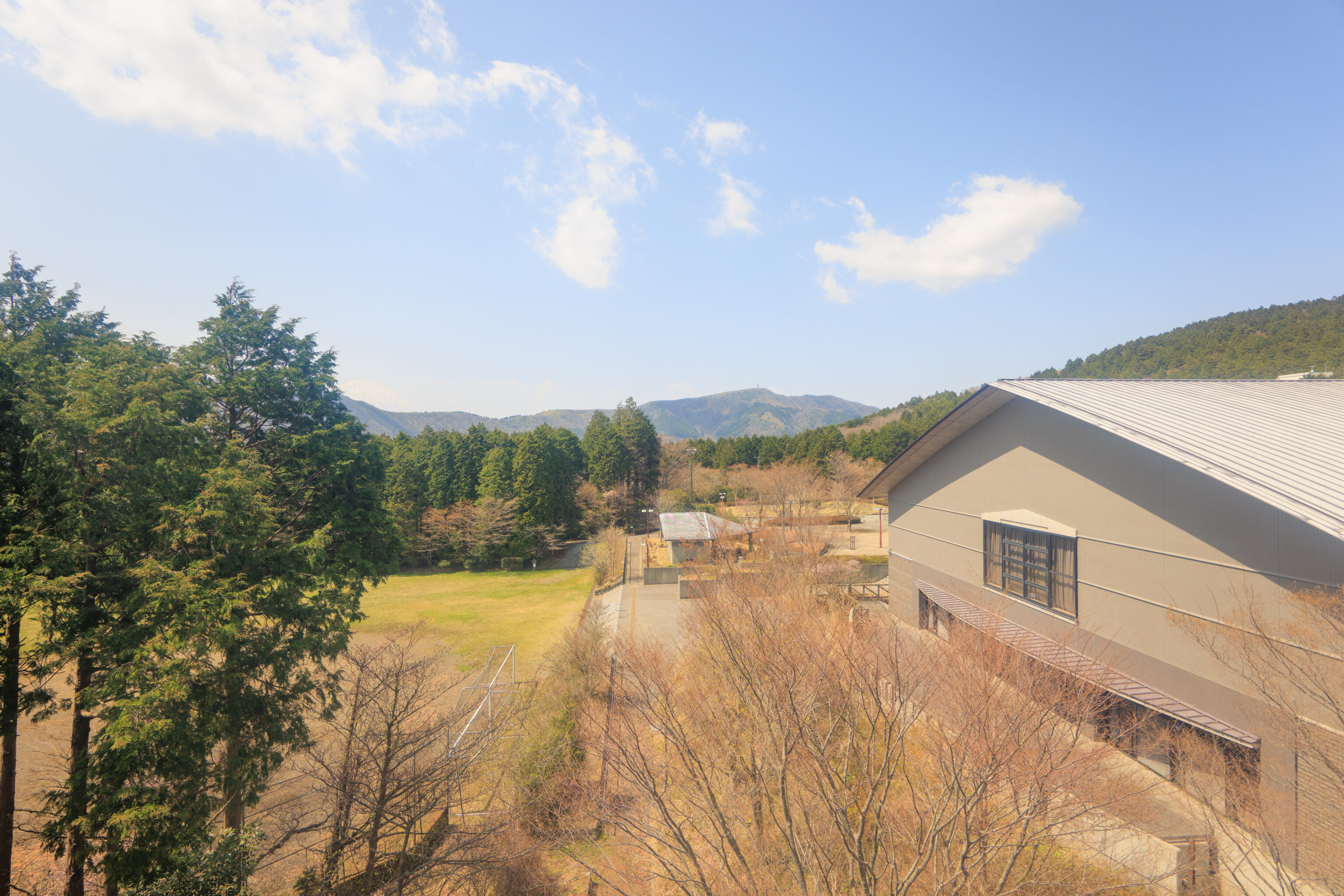
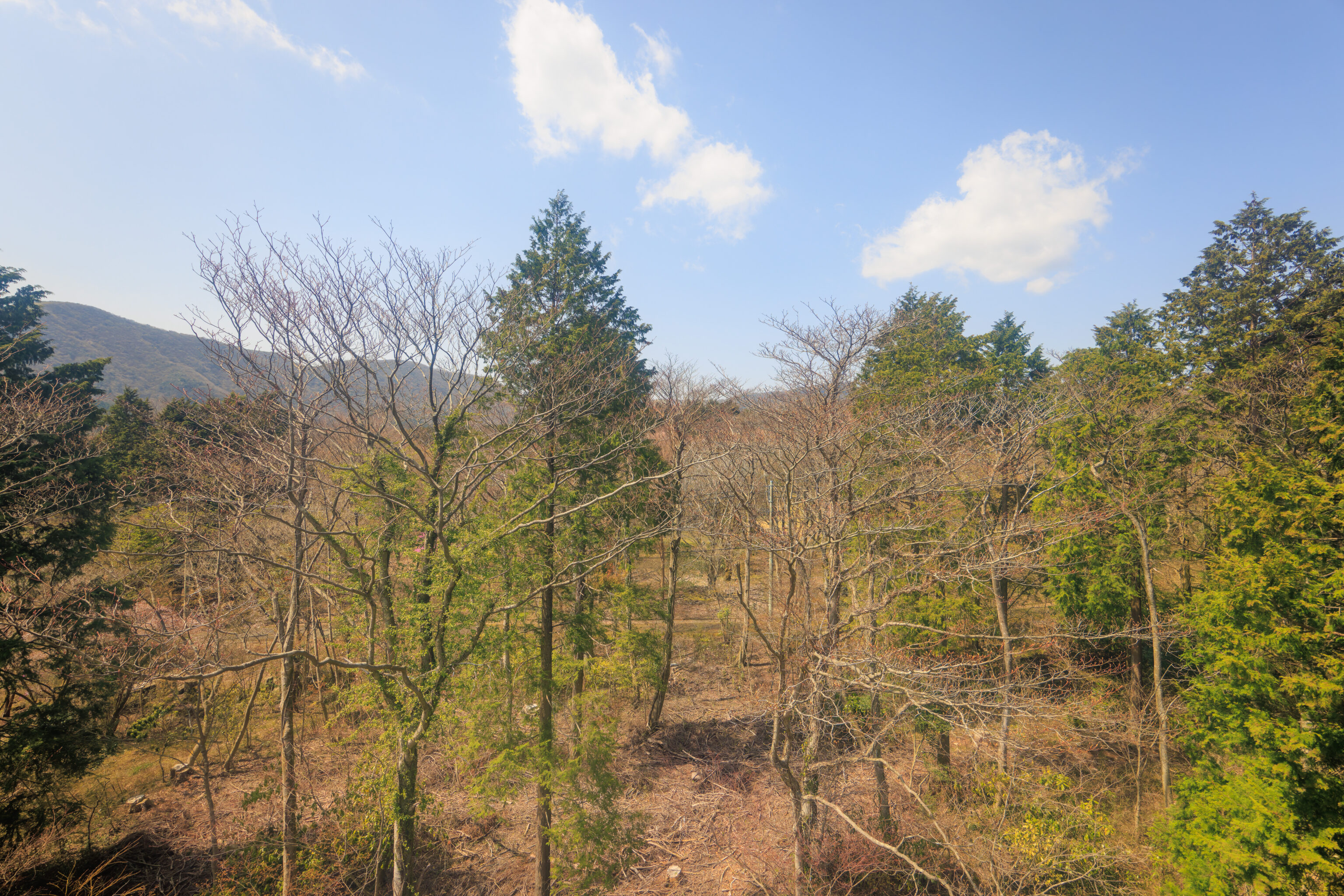
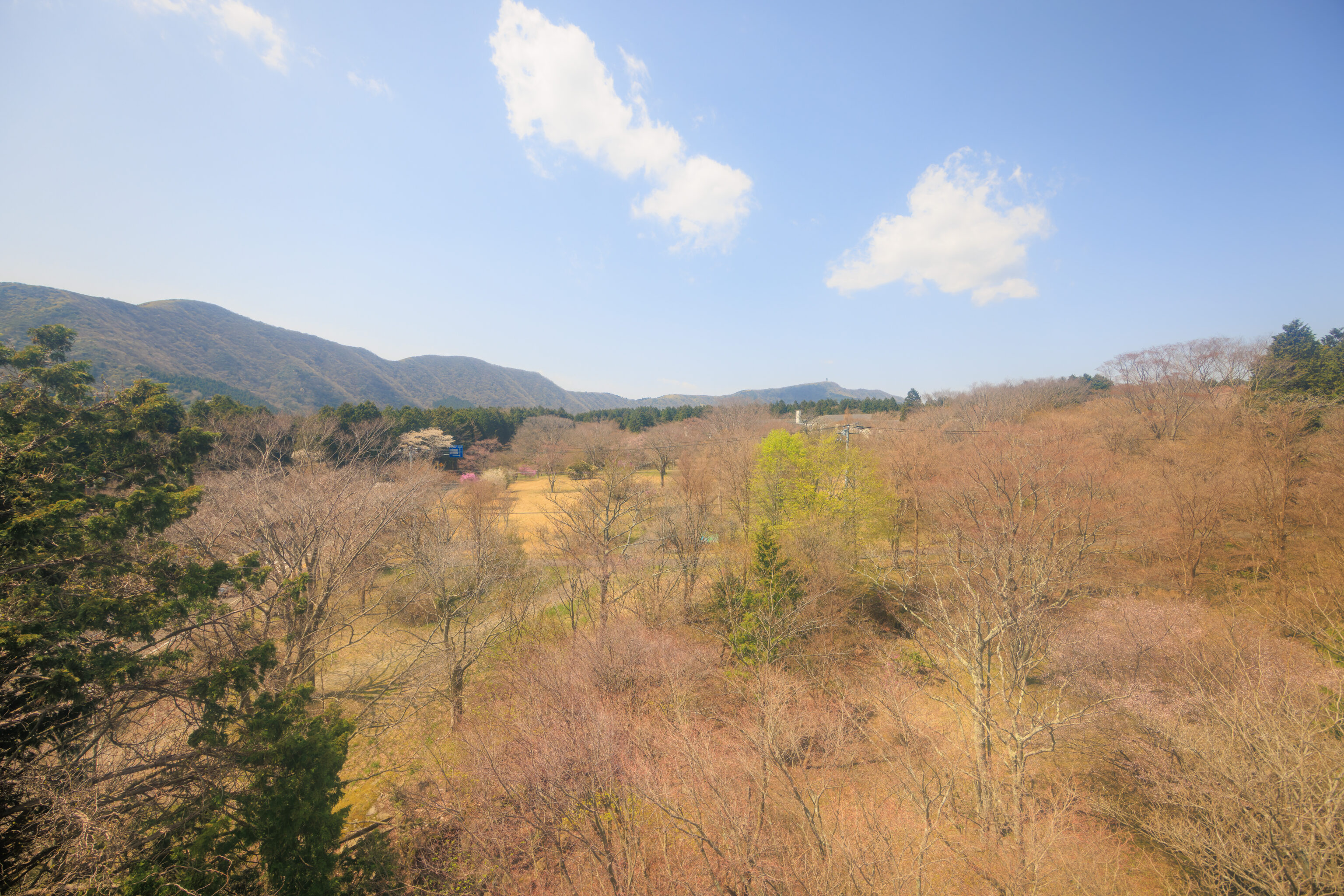
The ride down to Togendai is a bit further and goes through a mid-station, though there is no need to change cars.
Lake Ashi
At Togendai Station, we headed down to the boarding queue for the Hakone Sightseeing Cruise, more commonly referred to as the Hakone Pirate Ship. They have a number of boats that resemble ships of the line from the age of sail. There is nothing piratey about the ships at all.
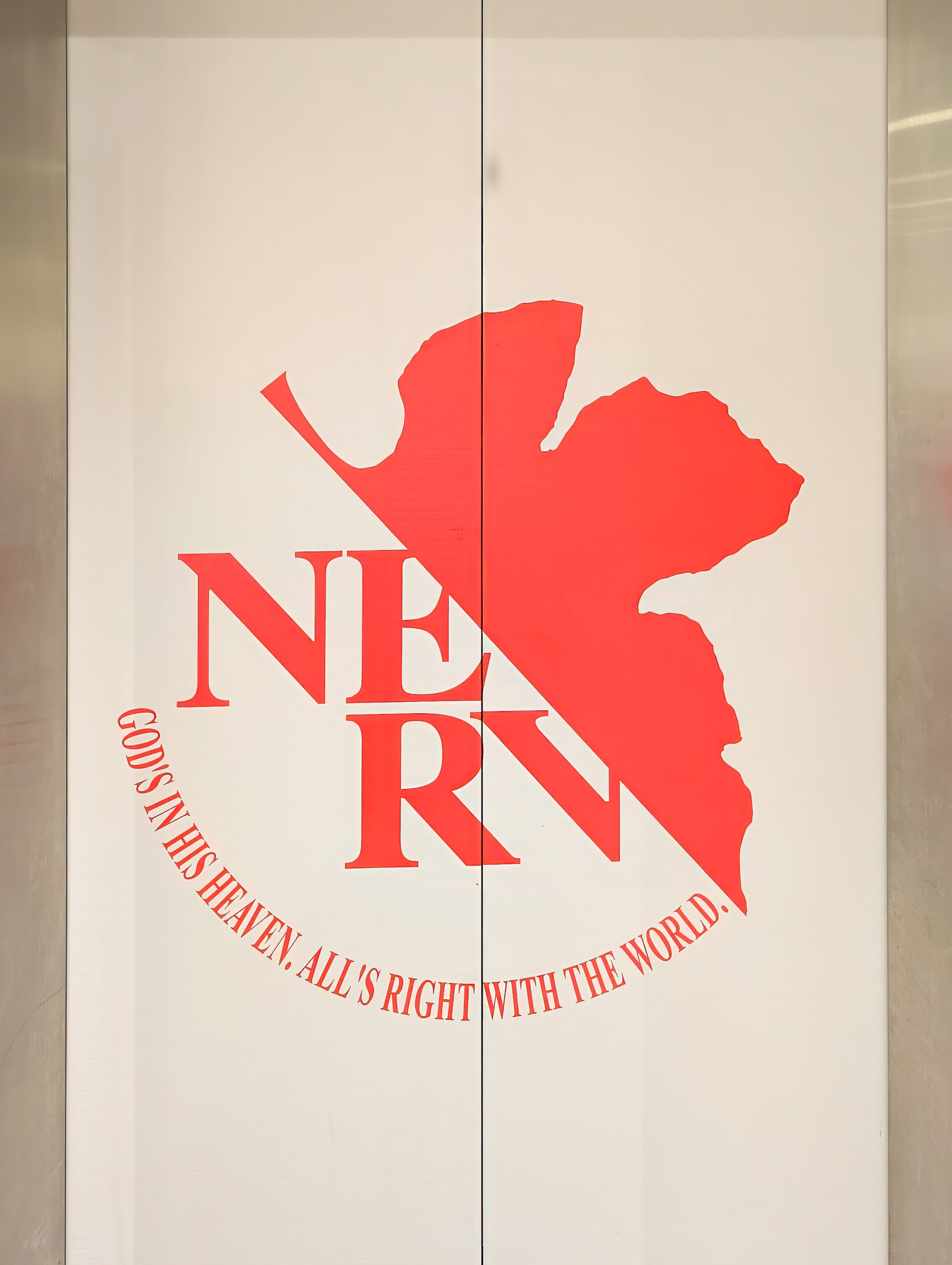
We noticed that there was a promotion with the Neon Genesis Evangelion anime. This apparently was from 2020, at the start of the pandemic and seems to be intended as a promotion for the then-new movie, Evangelion: 3.0+1.0 Thrice Upon a Time, which ended up being delayed to 2021. There were additional elements of the promotion which haven’t survived to 2024, like the Hakone Tozan busses decorated like the mecha from the anime.
Apparently, the anime series takes place here at what is currently Togendai in Hakone, something I missed while watching it 25 years ago!
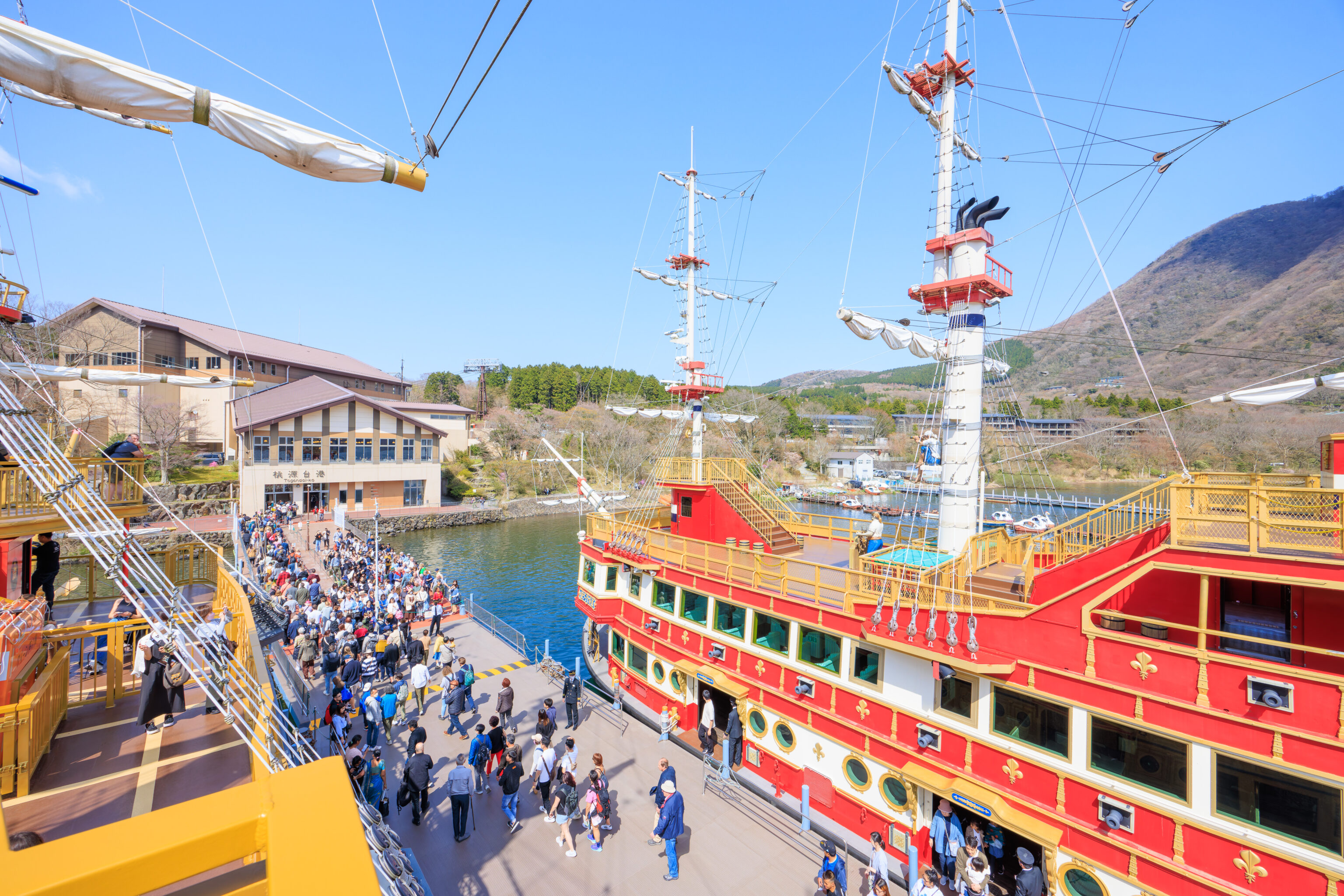
The Hakone Freepass includes the use of the pirate ships that operate between Togendai on the north side of Lake Ashi and Hakonemachi and Motohakone on the south. One of the ships is modeled after the HMS Victory, which I visited back in 2015. We were on the Queen Ashinoko while the Royal II was across from us on the same pier.
The Odakyu website provides a PDF that has some additional details about the ships in Jaapanese.
Victory:
It is modeled after the battleship Victory, which was built in England in the 18th century and was active in many historic naval battles, and which is still preserved and displayed as a commemorative ship and is a symbol of the British people. The color and interior of the hull are similar to those of the time. It recreates the atmosphere.
Queen Ashinoko:
Based on the concept of a ``heart-pounding cruise,'' the ship has a gold hull that stands out against the blue of Lake Ashi, and a highly decorative interior that freely combines a variety of colors, shapes, and materials, and is lined with wood from floor to ceiling. With a classic design, you can enjoy the feeling of being at a high-quality resort.
Royal II:
Modeled after the first-class battleship Royale Louis, which was built in France in the 18th century and served as the flagship of the French fleet, the interior and exterior decorations, as well as the characteristic "corridor" at the rear of the hull, recreate the atmosphere of the time. Special The entire cabin is decorated with a touch of French culture.
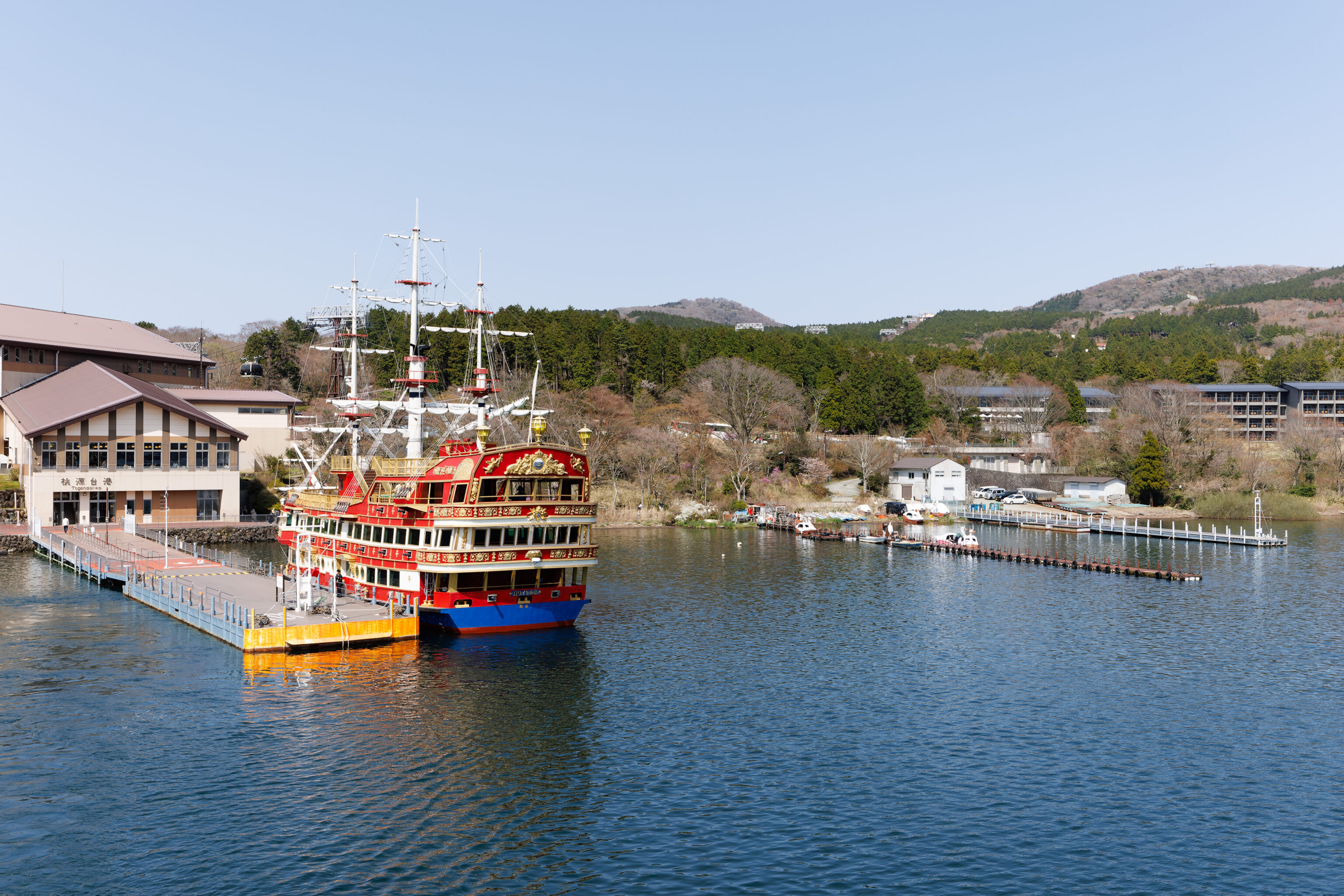
We left just before 2pm. The ships are divided into first class and whatever they call not first class. The first class section is at the front of the boat, leaving the rear for the masses. We were happy staying at the back. We ended up going to the top deck for better views. There were alot of people onboard but it wasn’t overcrowded.
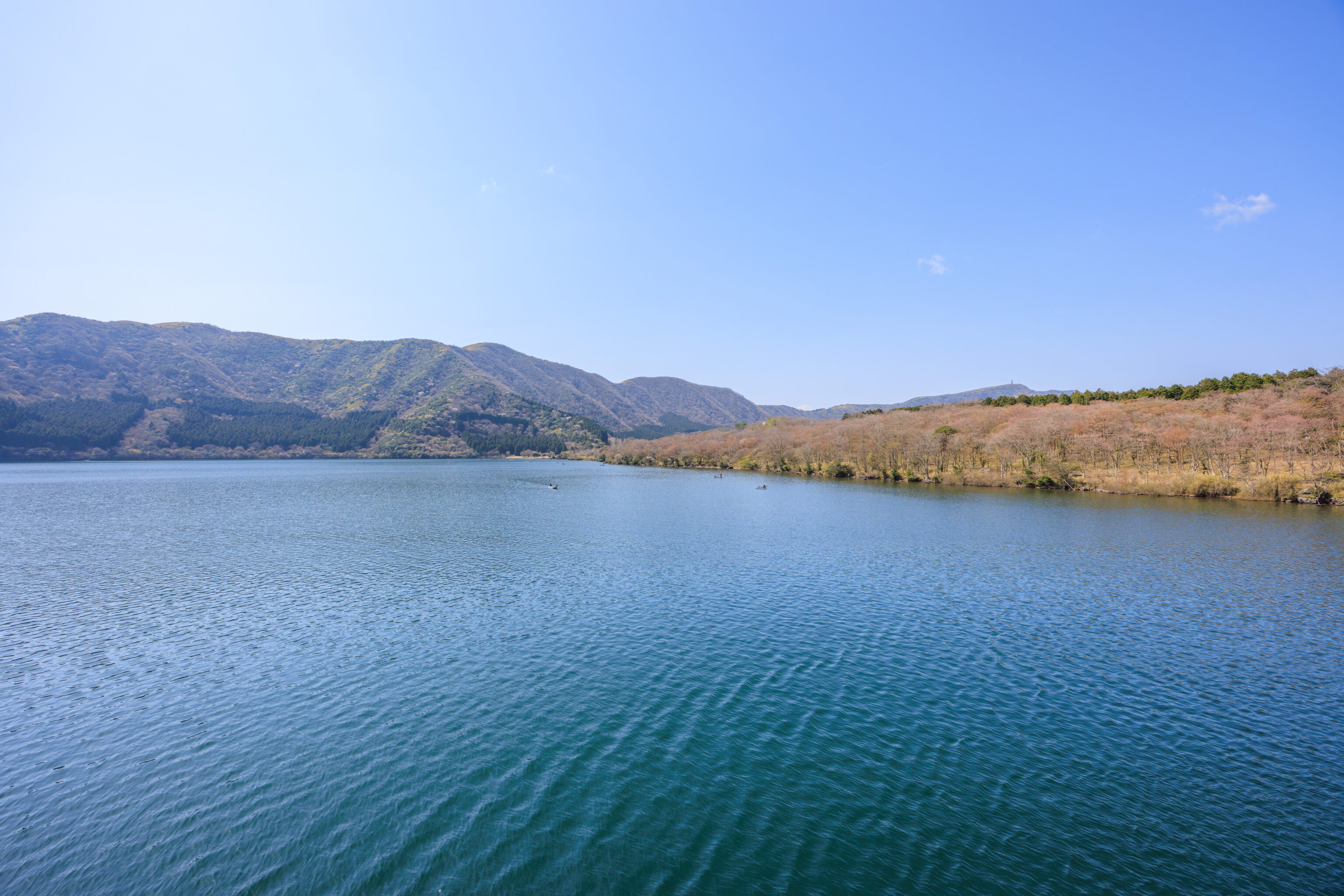
Unfortunately, due to the terrain, it wasn’t possible to see Mount Fuji at all from Togendai. It should be somewhere here, maybe on the left side of this frame.
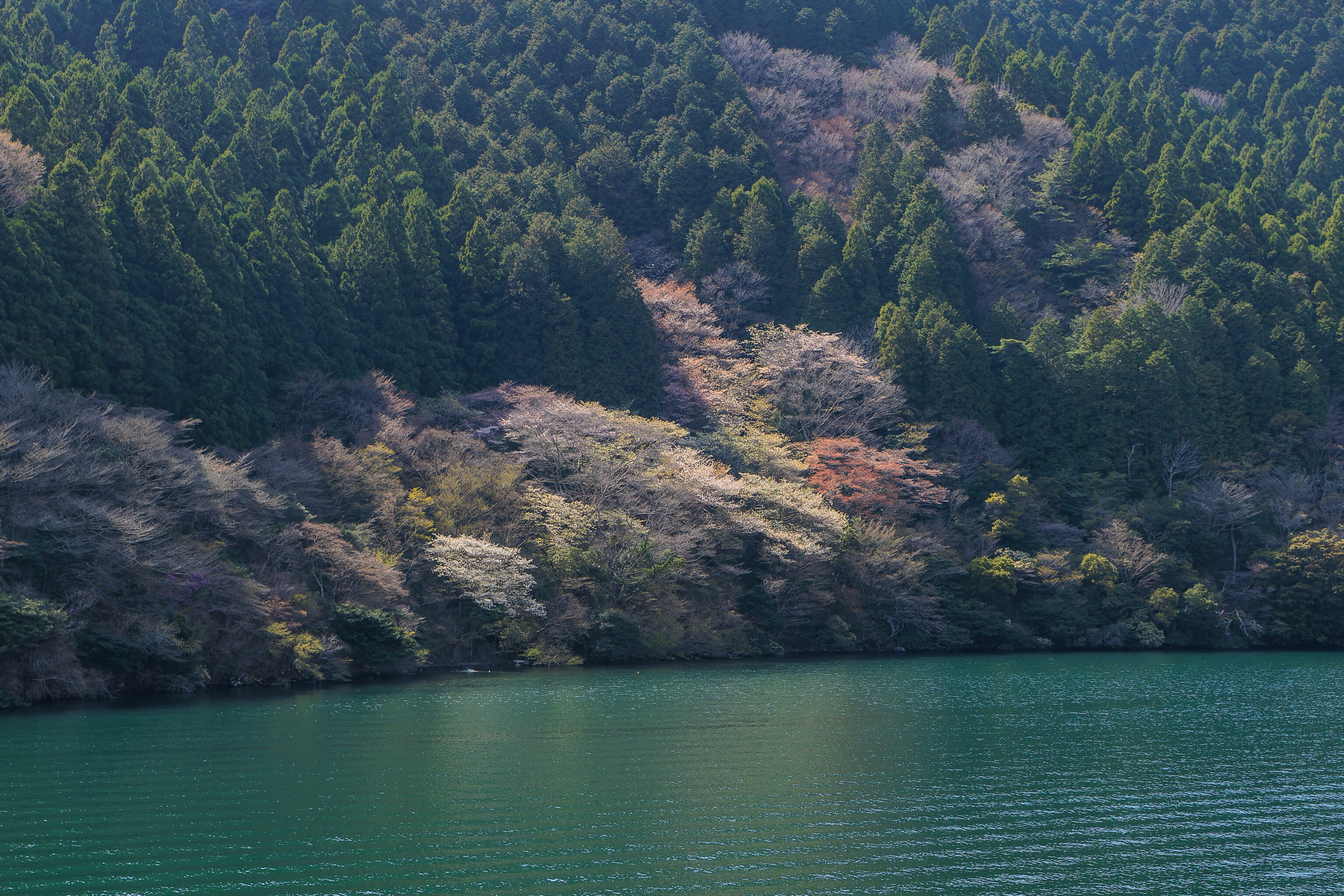
We noticed what seemed like some past peak bloom sakura on the hilly shore of the lake.
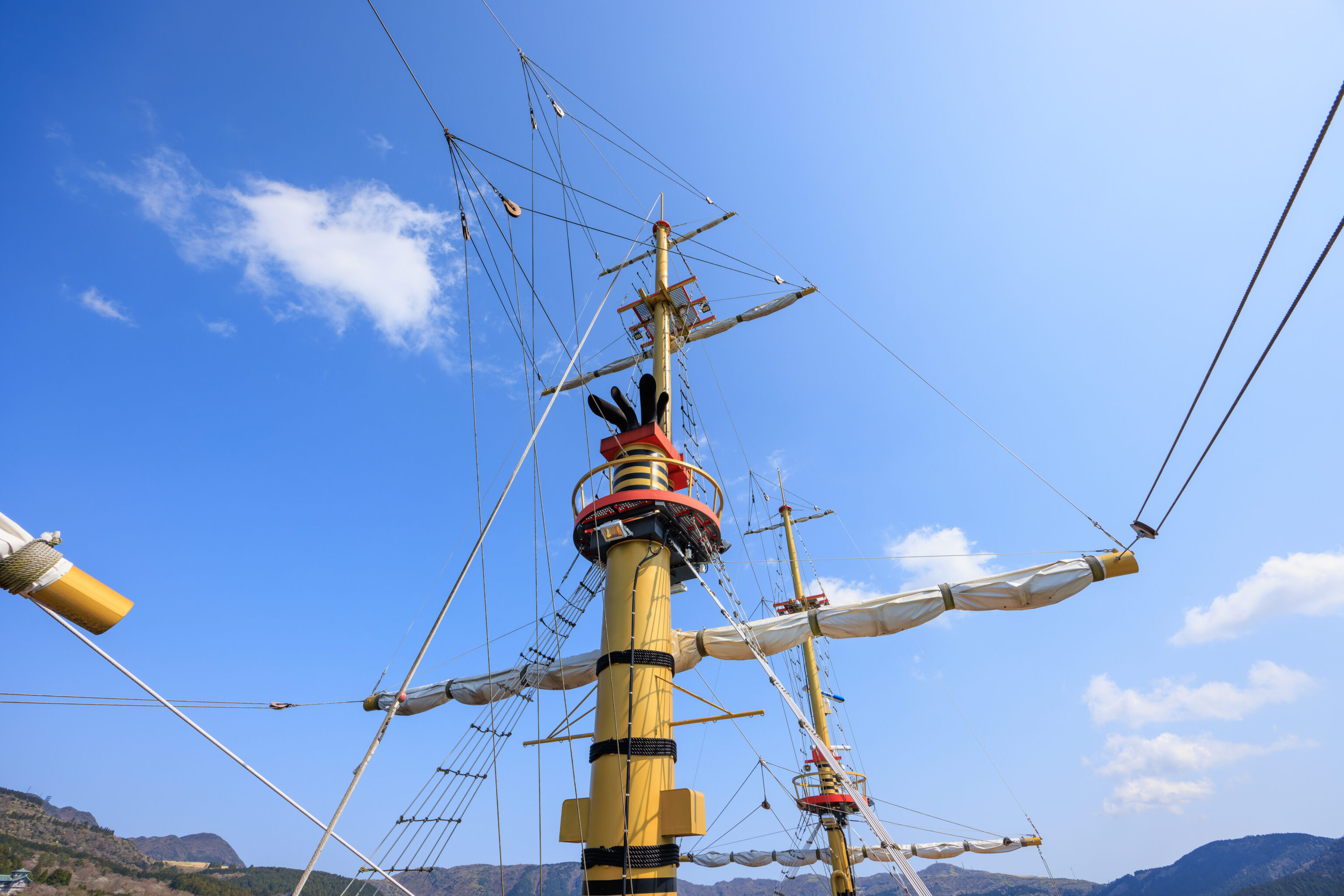
While the pirate ships are made to look like sailing vessels, they are conventionally powered boats.
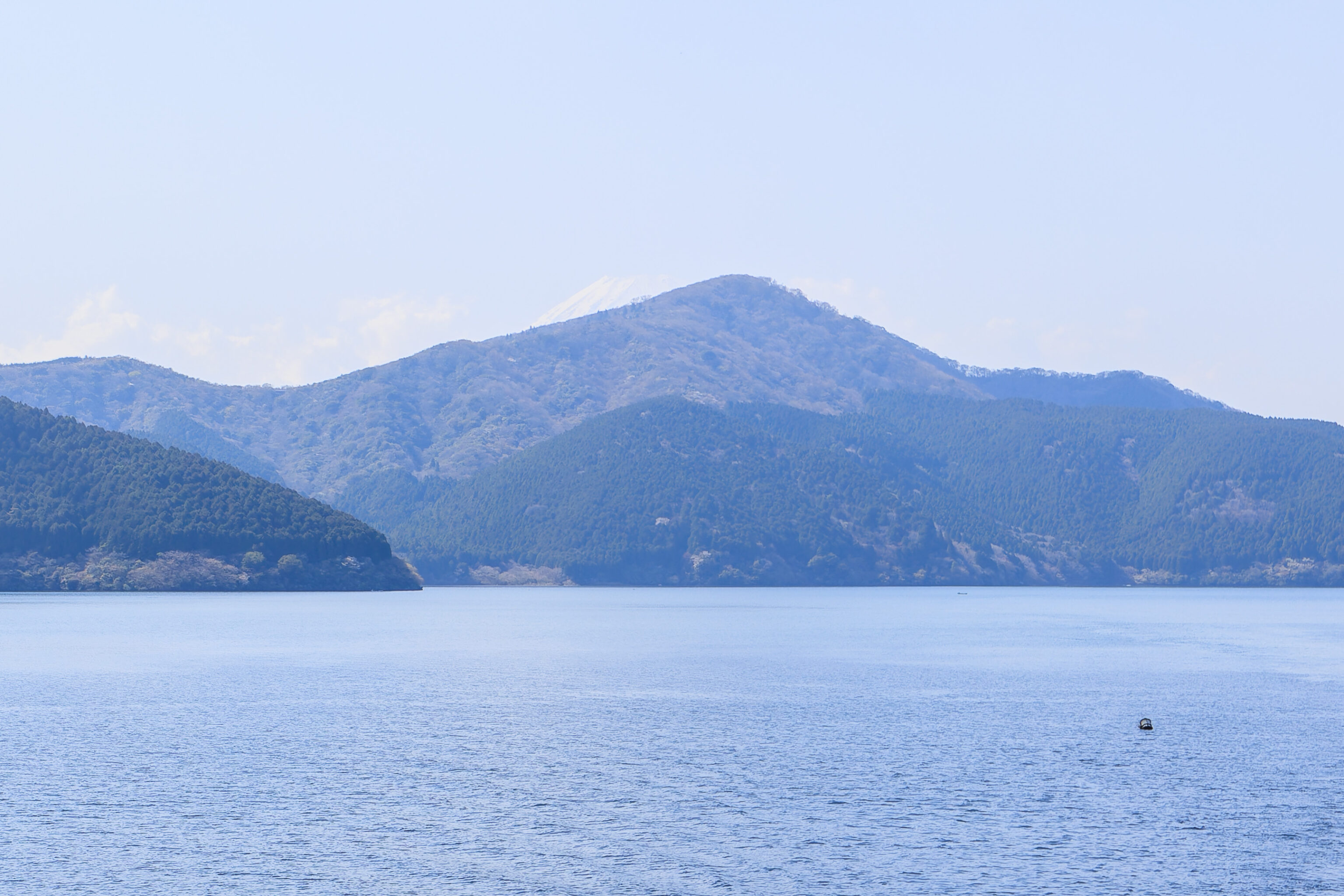
Eventually, on the south side of the lake approaching Hakonemachi, we could see Mount Fuji to the north! It was still extremely hazy.
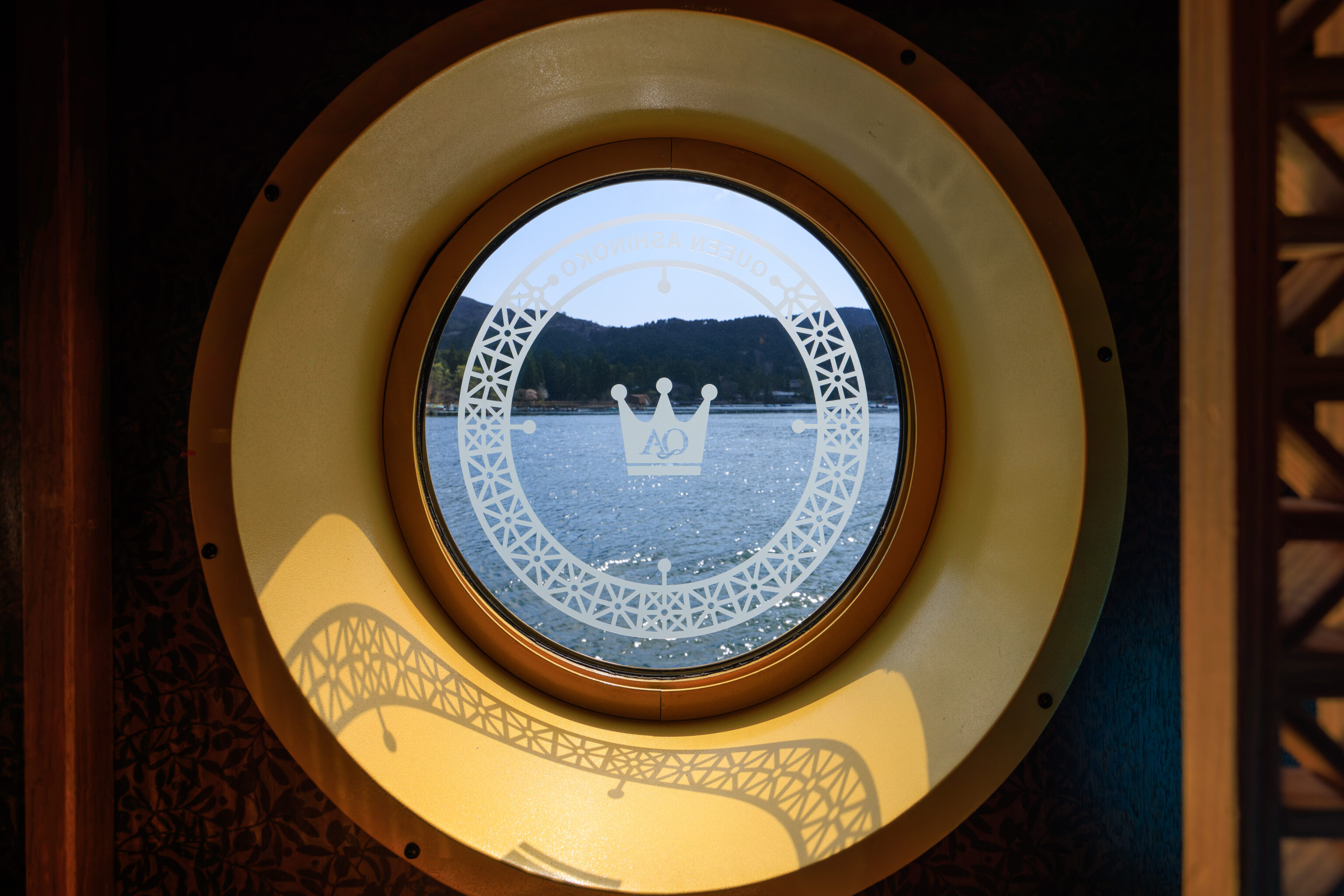
One of the ship’s fake portholes, containing the Queen Ashinoko’s logo.
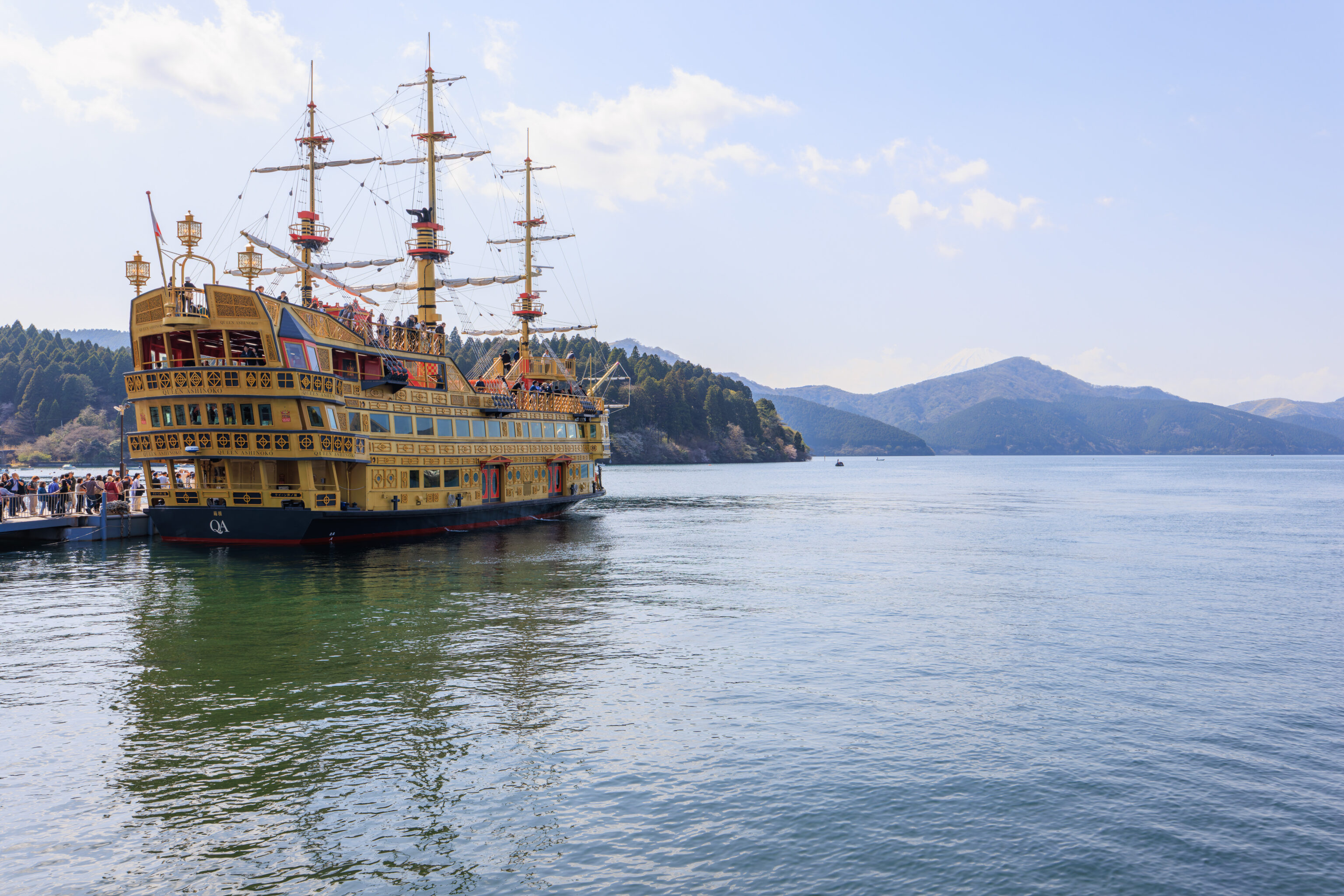
We got off at Hakonemachi, the first stop. The ship continues on to Motohakone, nearby to the northeast, before returning to Togendai.
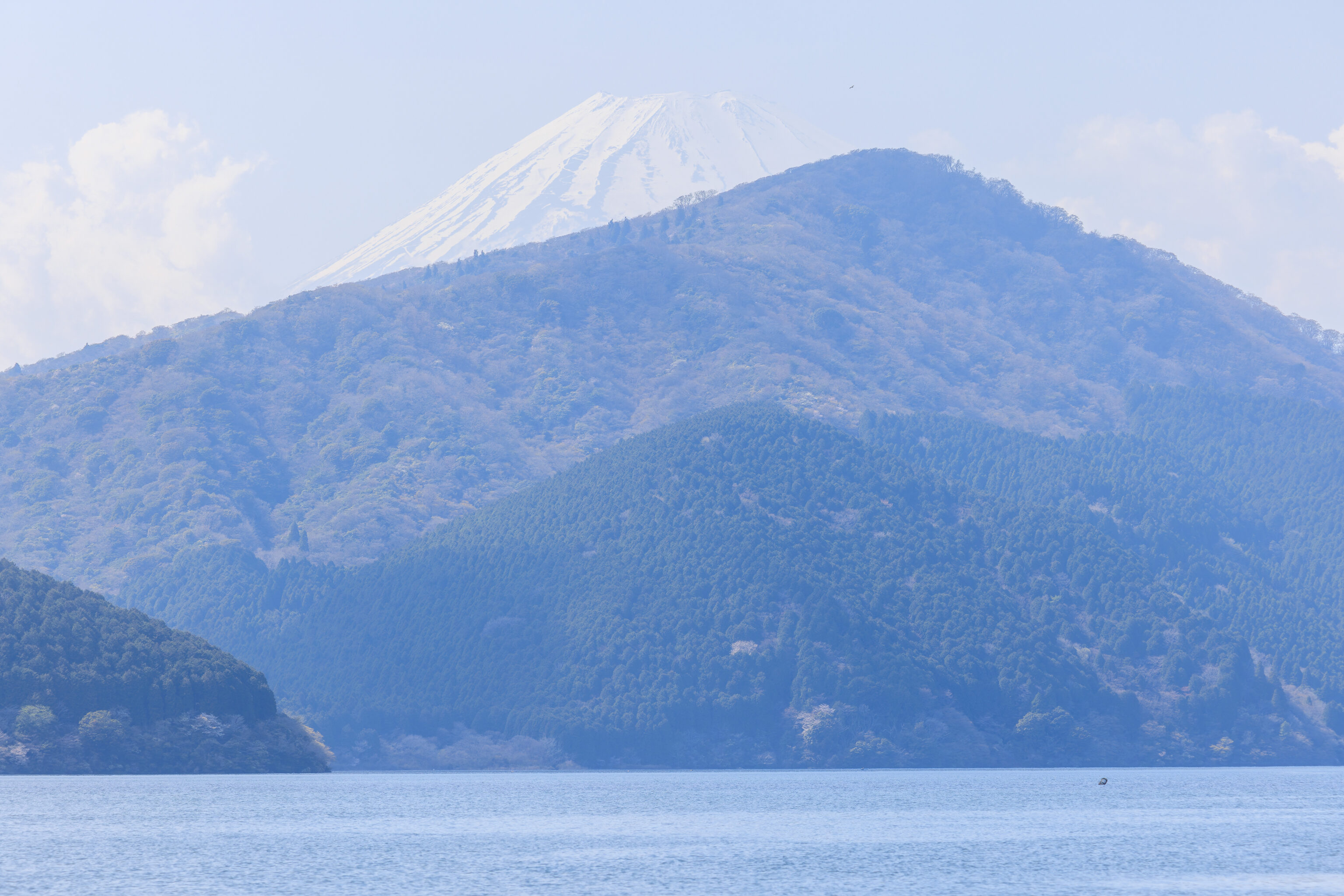
The only part of Mount Fuji that was visible from here was its snow capped peak due to the remainder of the volcano being masked by terrain.
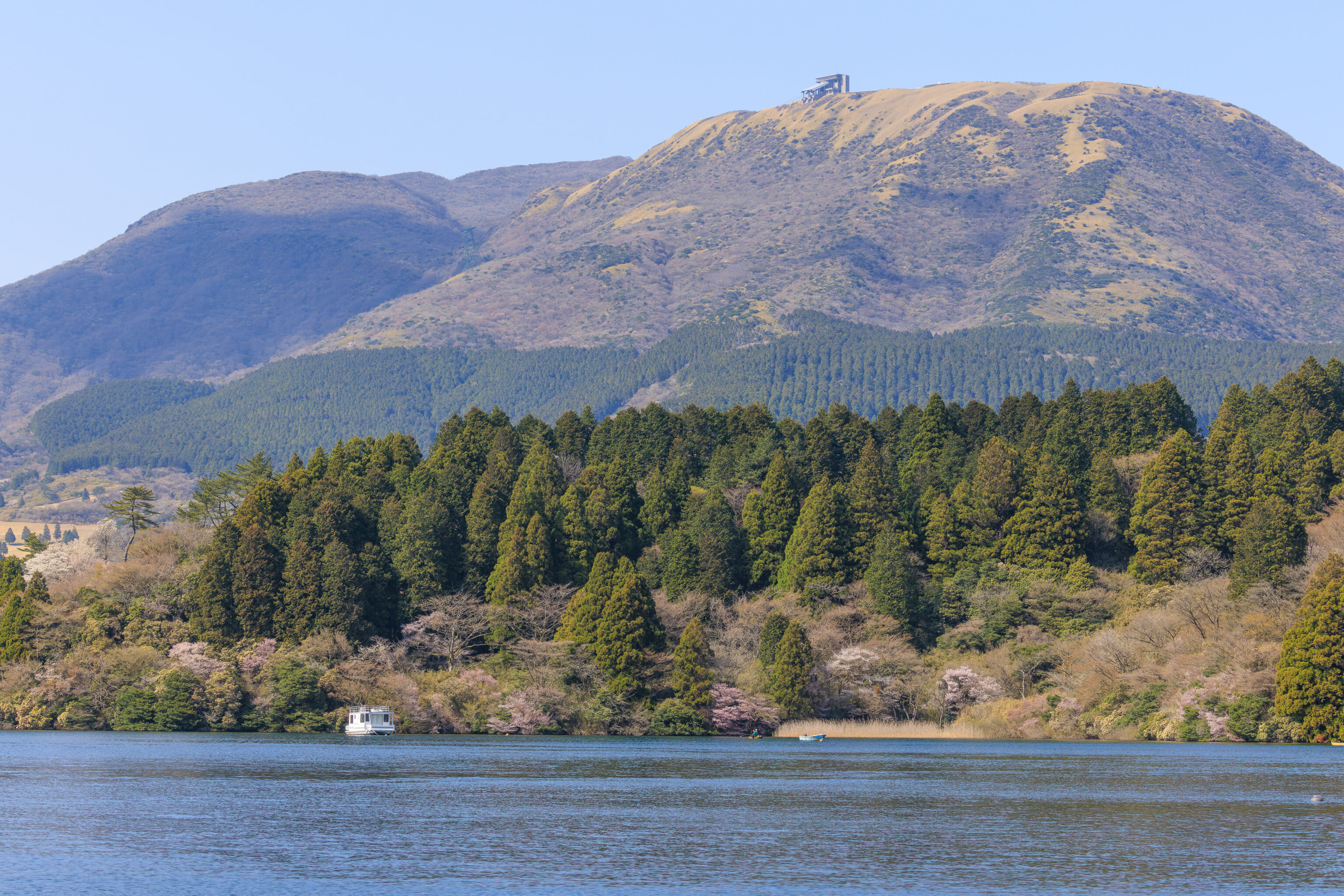
We could also see the upper terminal of the Komagatake Ropeway, nearly directly to the north of us. This aerial tram is not included on the Hakone Freepass. We may try to visit it sometime during the next two days if we have time.
Onshi-Hakone Park
We decided to head to the 恩賜箱根公園 Onshi-Hakone Park, to the northeast and more or less on the way to Motohakone.
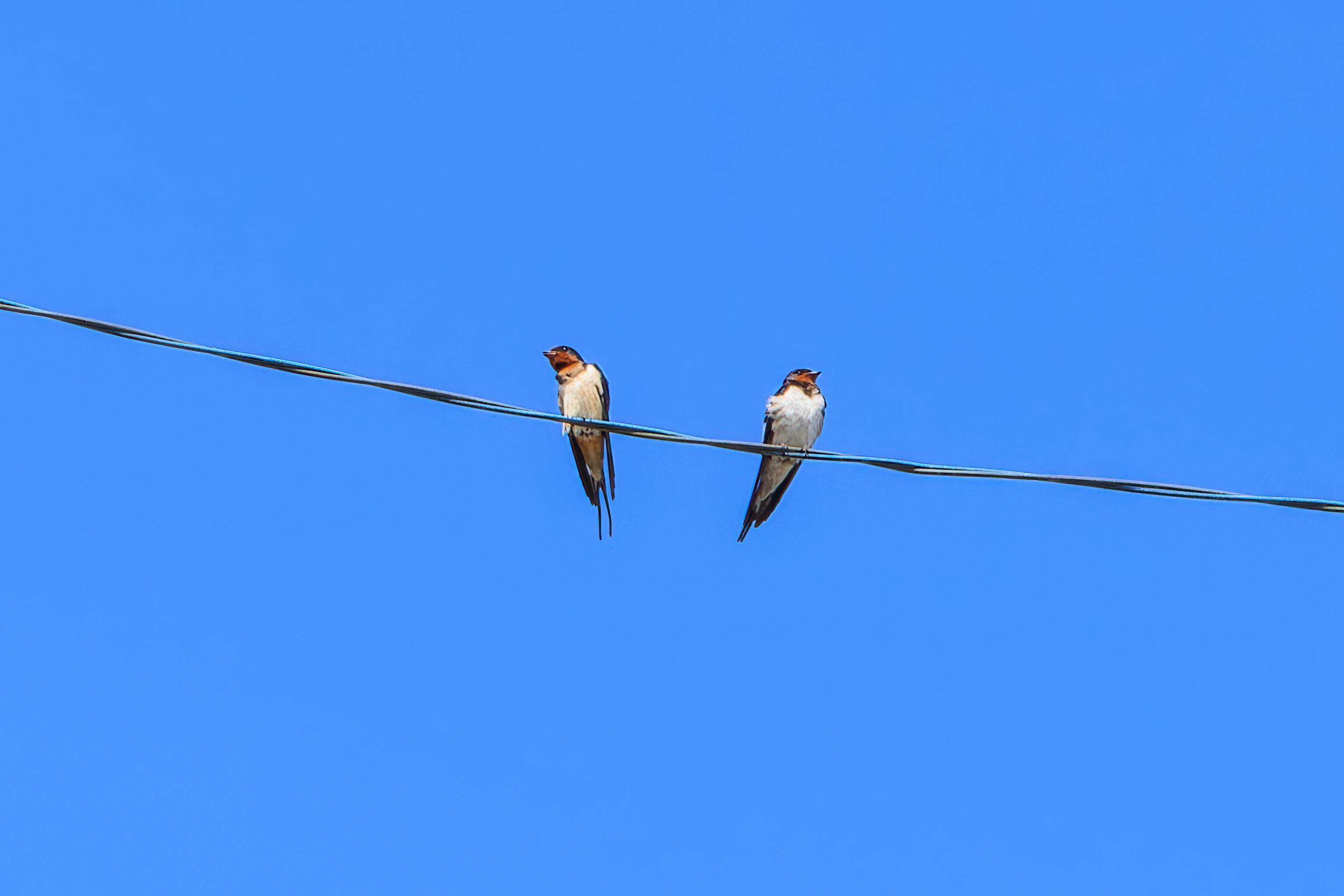
We passed under these two Barn Swallows who were perched on a wire! The ones here are of the buff-bellied subspecies. The ones we have at home in the US have darker bellies, almost the same as their throat colors.
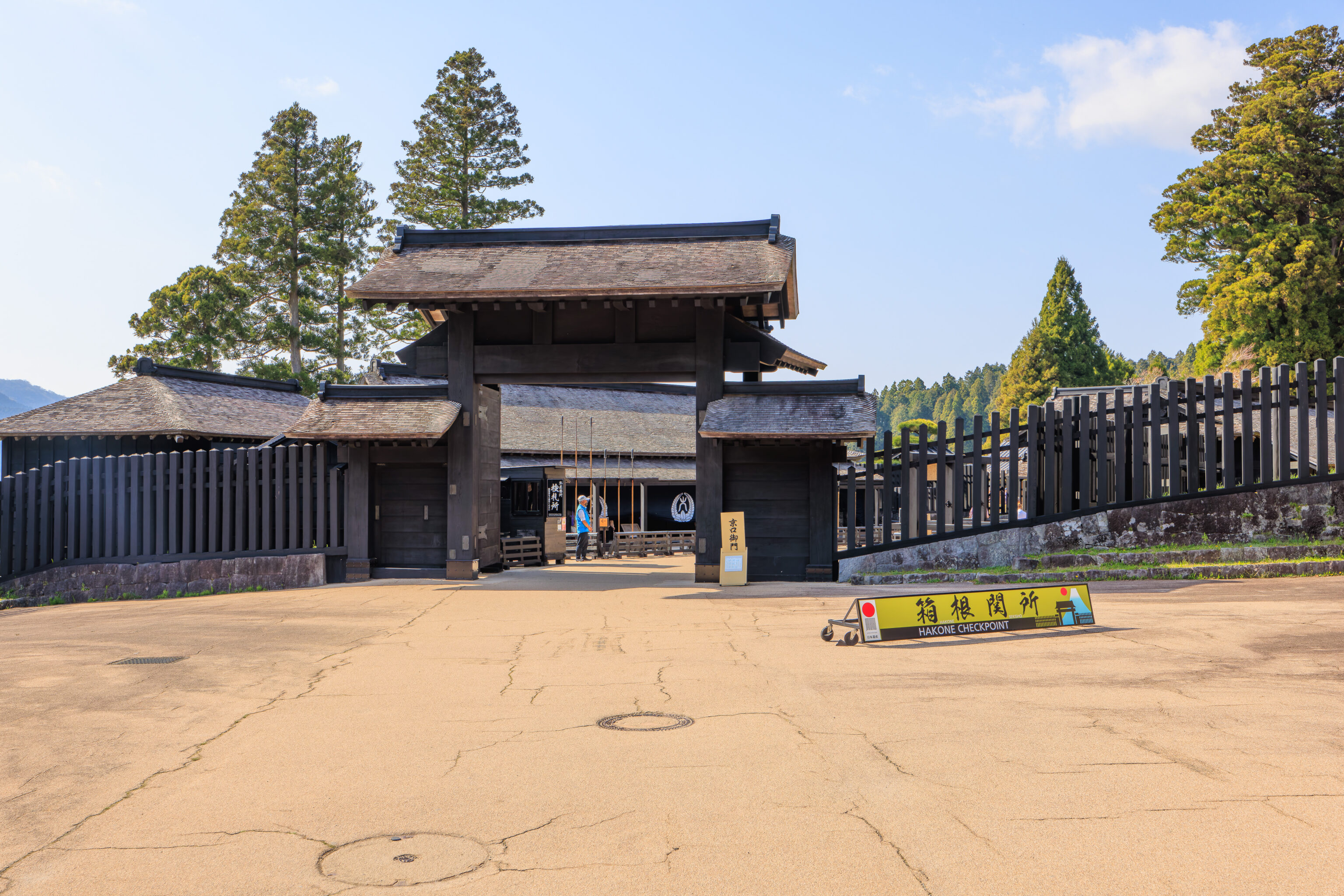
We arrived at the 箱根関所 Hakone Checkpoint on the way to the park. This checkpoint was on the 東海道 Tokaido (Eastern Sea Road, sometimes translated to synonyms of Old Tokaido Road) between Edo, now Tokyo, and Kyoto. This was formerly a footpath between Tokyo and Kyoto. This name may be familiar to Shinkansen riders as the route between Tokyo and Osaka is the Tokaido Shinkansen. It currently operates as a paid museum, though you can walk through to the park for free.
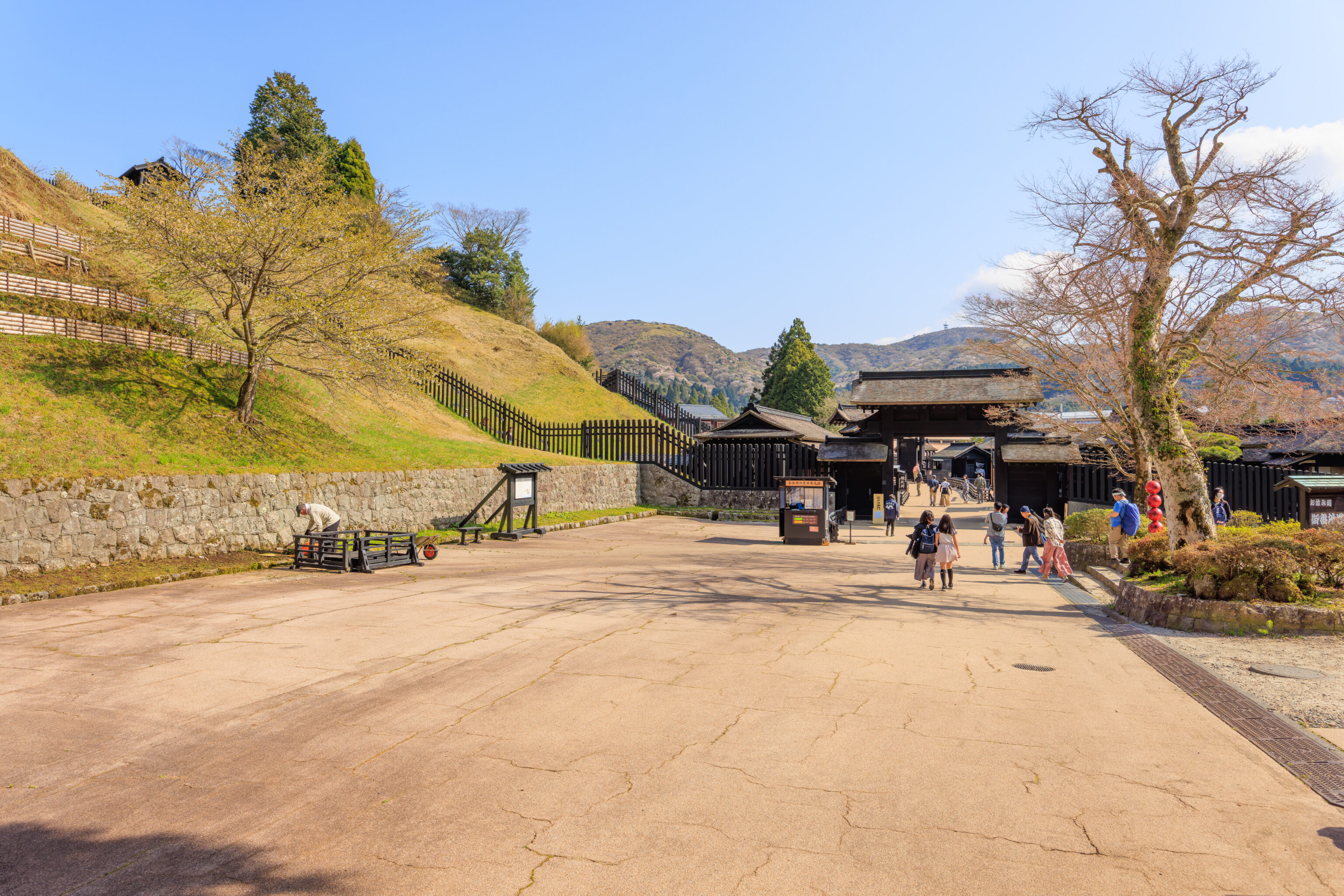
We walked through as we wanted to get to the park. It was almost 3pm, already fairly late in the afternoon. This was the view looking back from the Edo side after walking through.
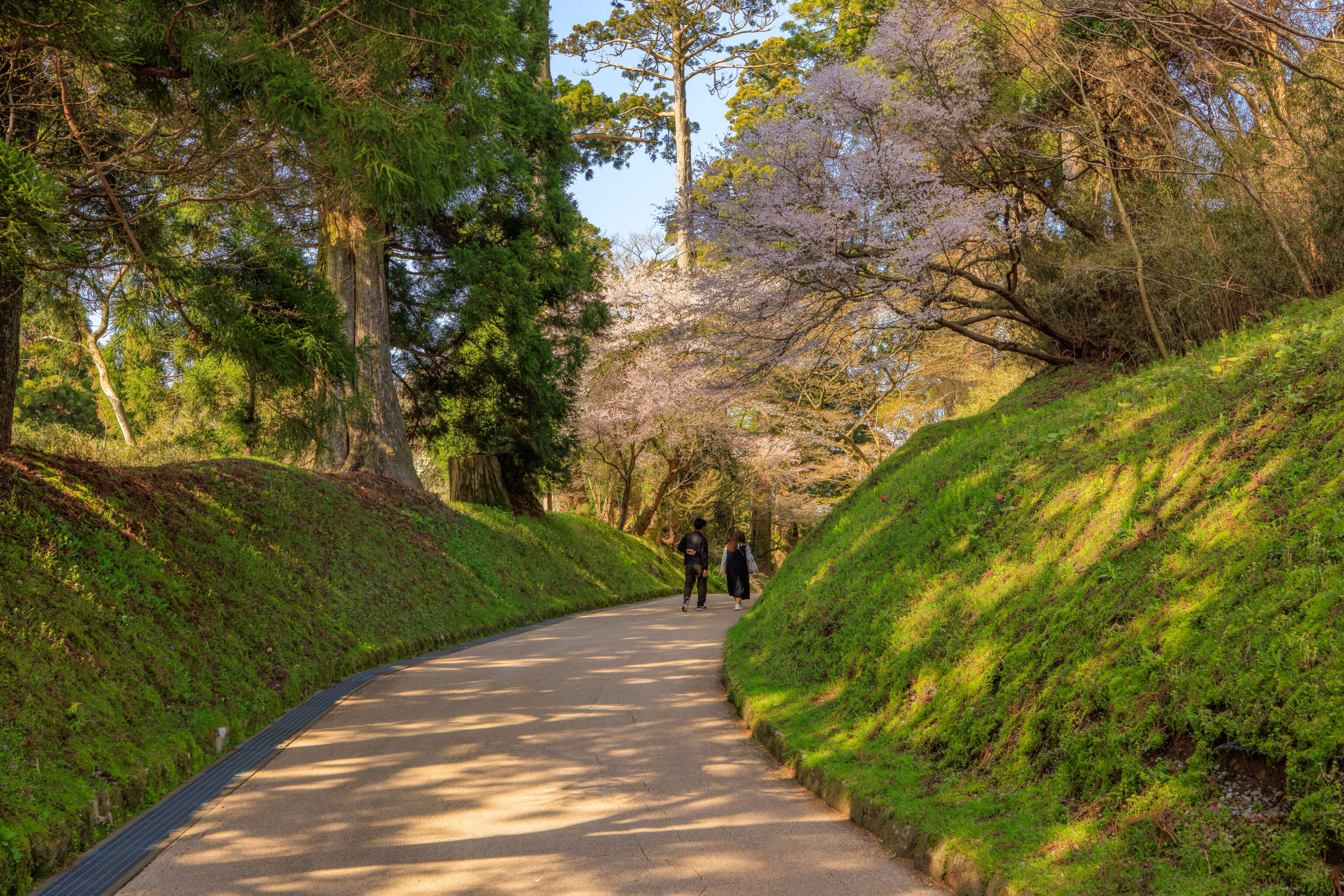
The path curves upwards on its way to the park’s parking lot.
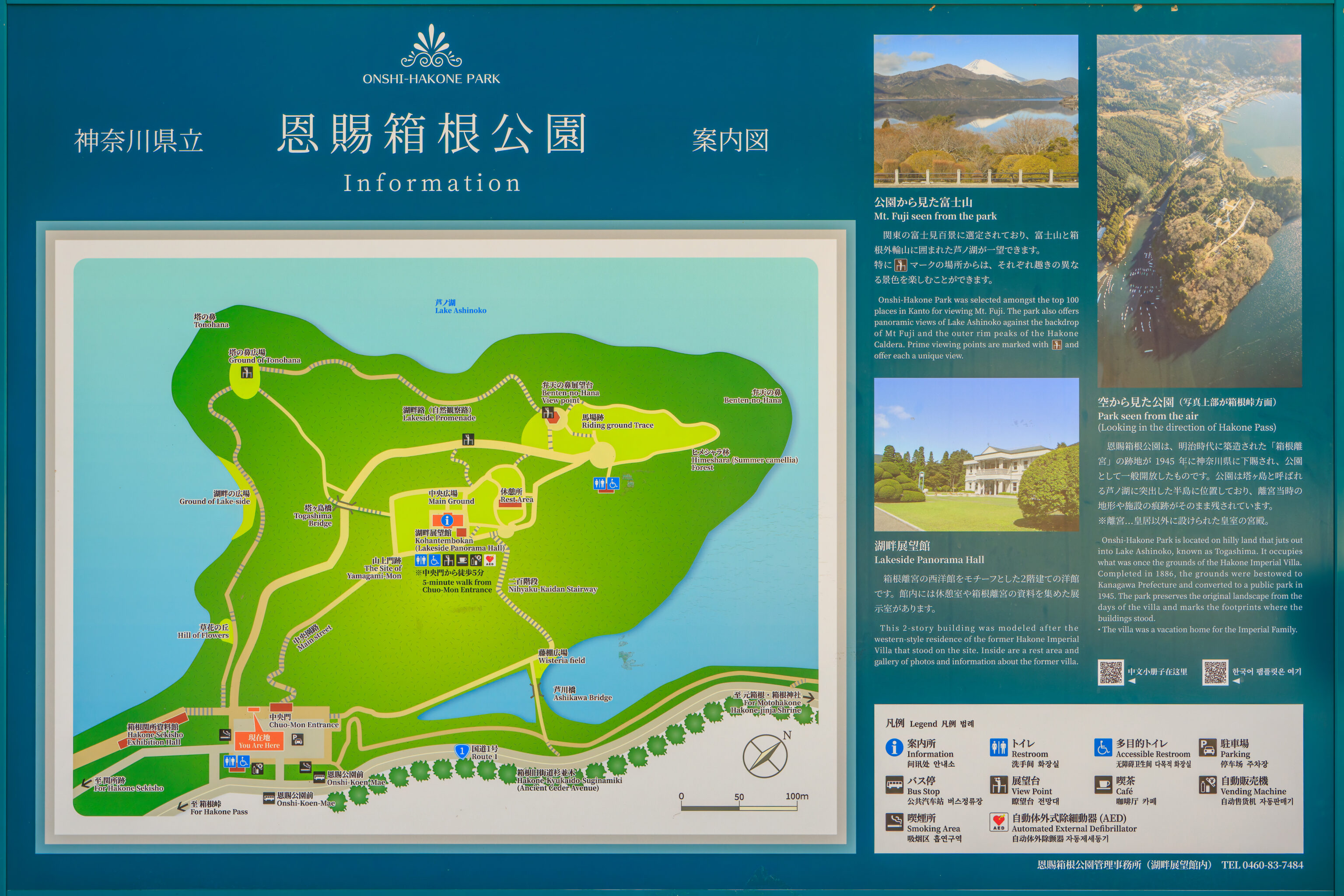
There was a large sign with a map in the parking lot. We decided to go up through the Chuo-Mon Entrance, via Main Street, to the Lakeside Panorama Hall. From there, we would continue on to the Benten-no-Hana Viewpoint, hopefully getting a better view of Mount Fuji in the distance.
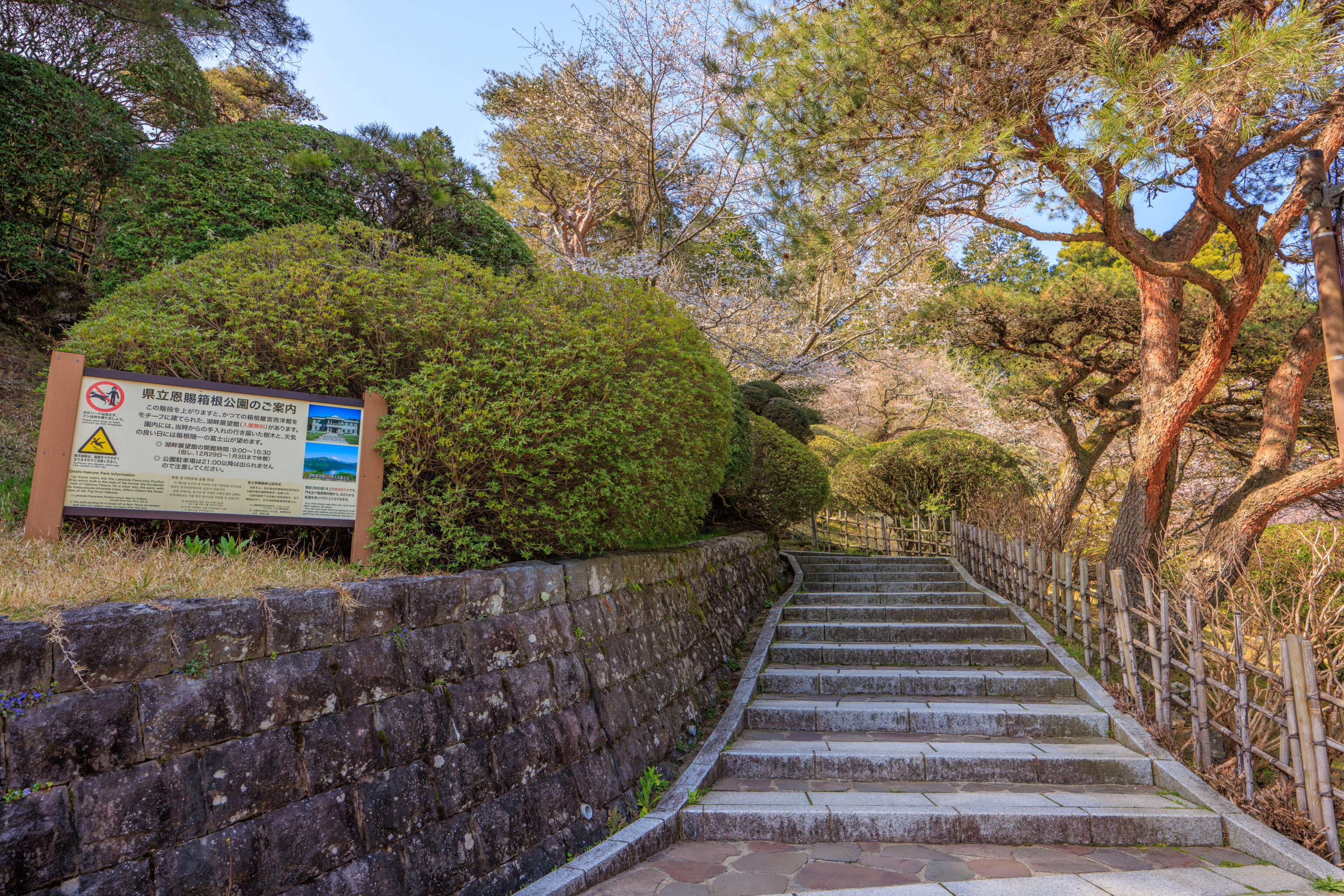
As indicated on the map, there are some stairs just beyond the Chuo-Mon Entrance.
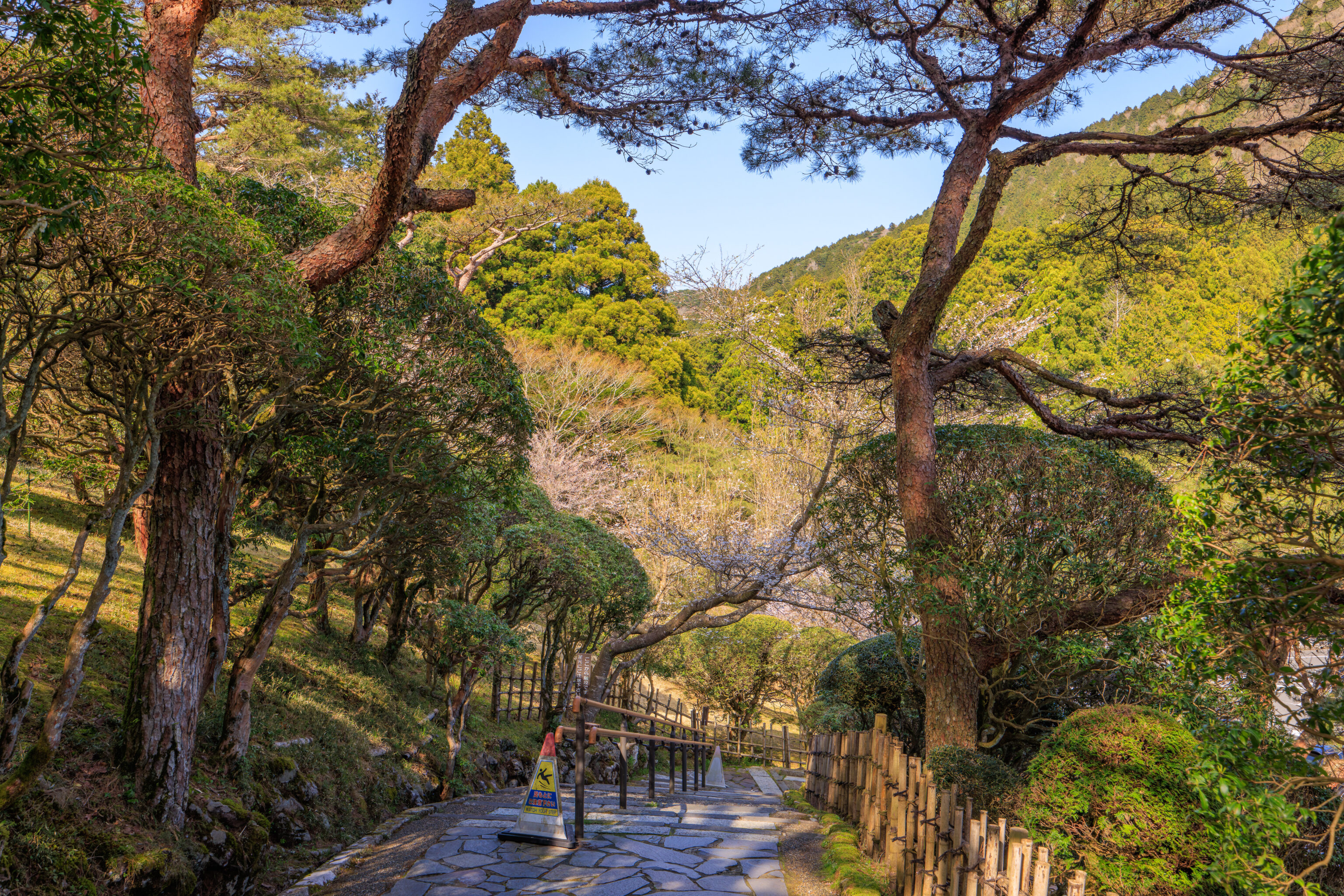
These steps may be slippery when it rains, as indicated by the sign. It was a perfect day today though, other than the haze, so we had nothing to worry about.
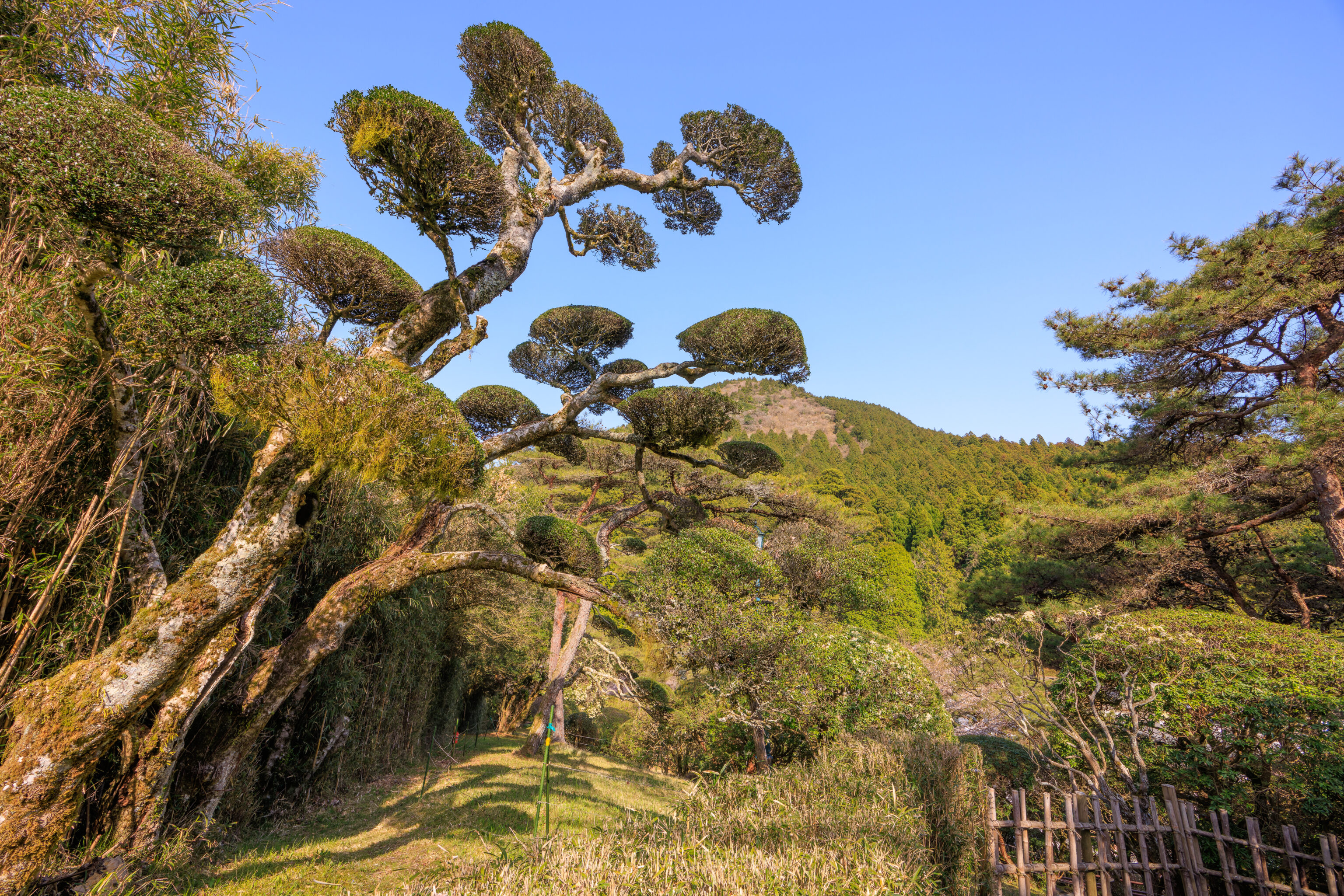
We passed by a well manicured tree.
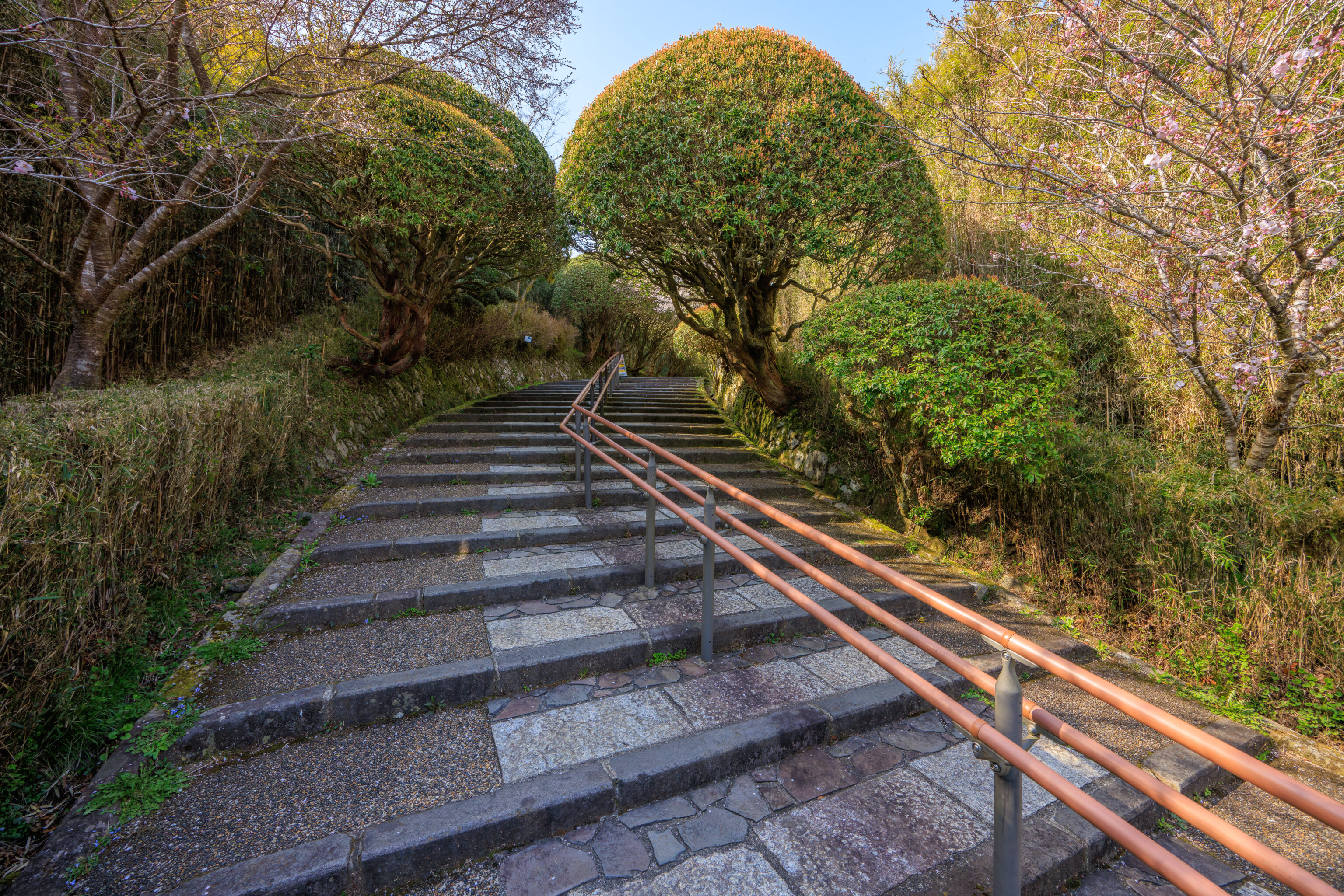
We continued upwards.
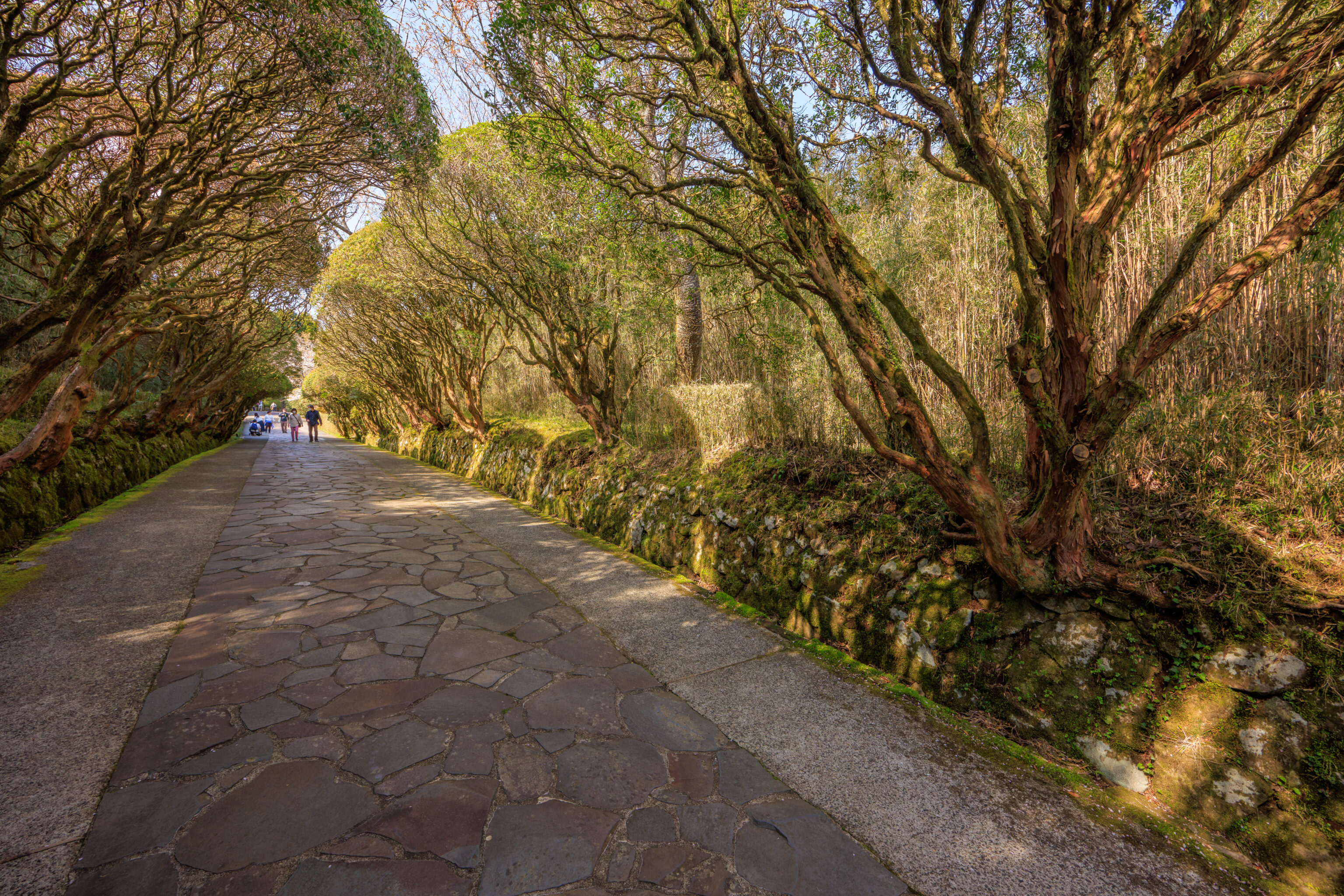
There was a very nice tree lined path just beyond the stairs. The canopy seems like it would be more complete later on in spring.
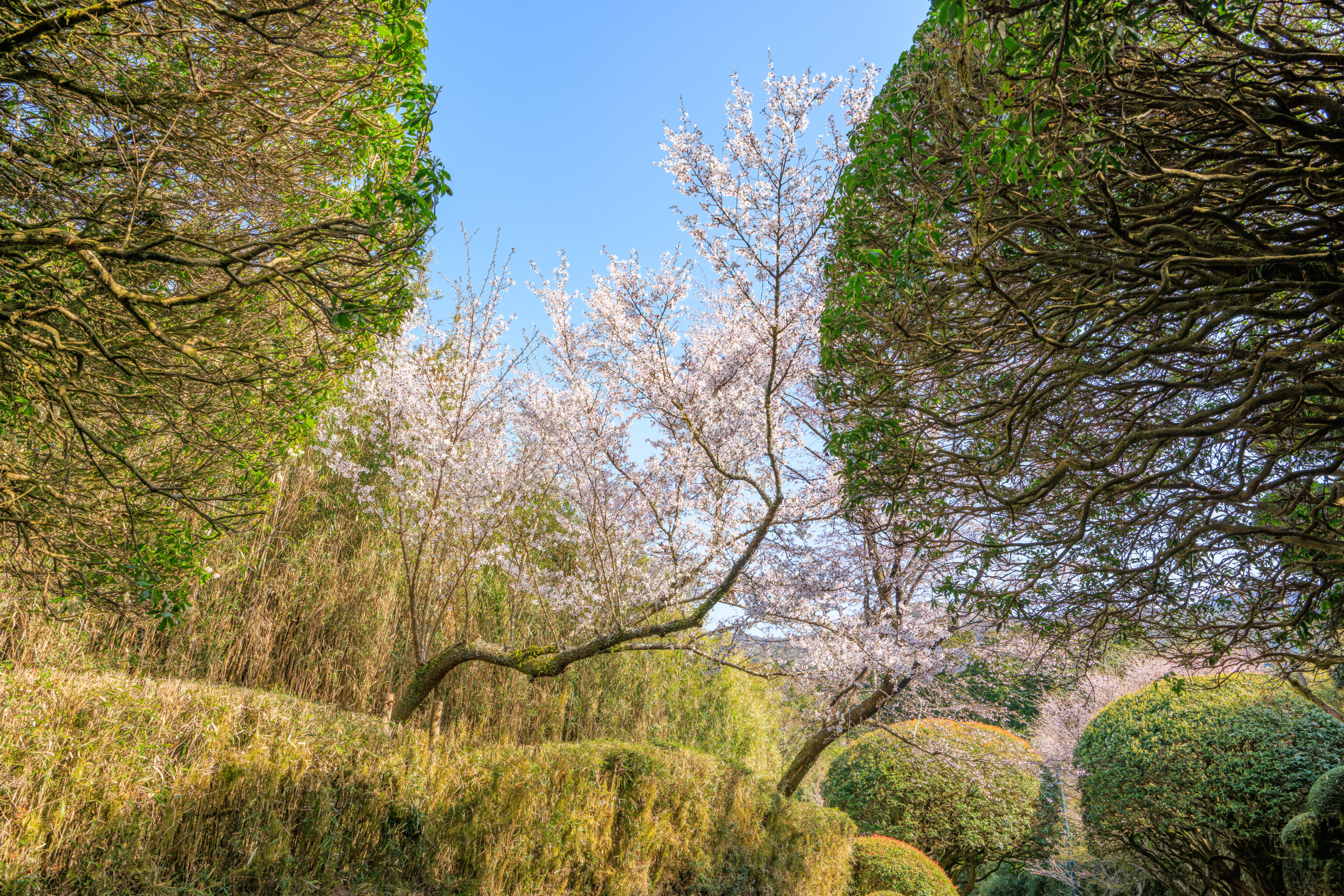
We came across some sakura! Well past peak bloom, as expected, though without as many leaves as the ones we’ve encountered on this trip in Tokyo.
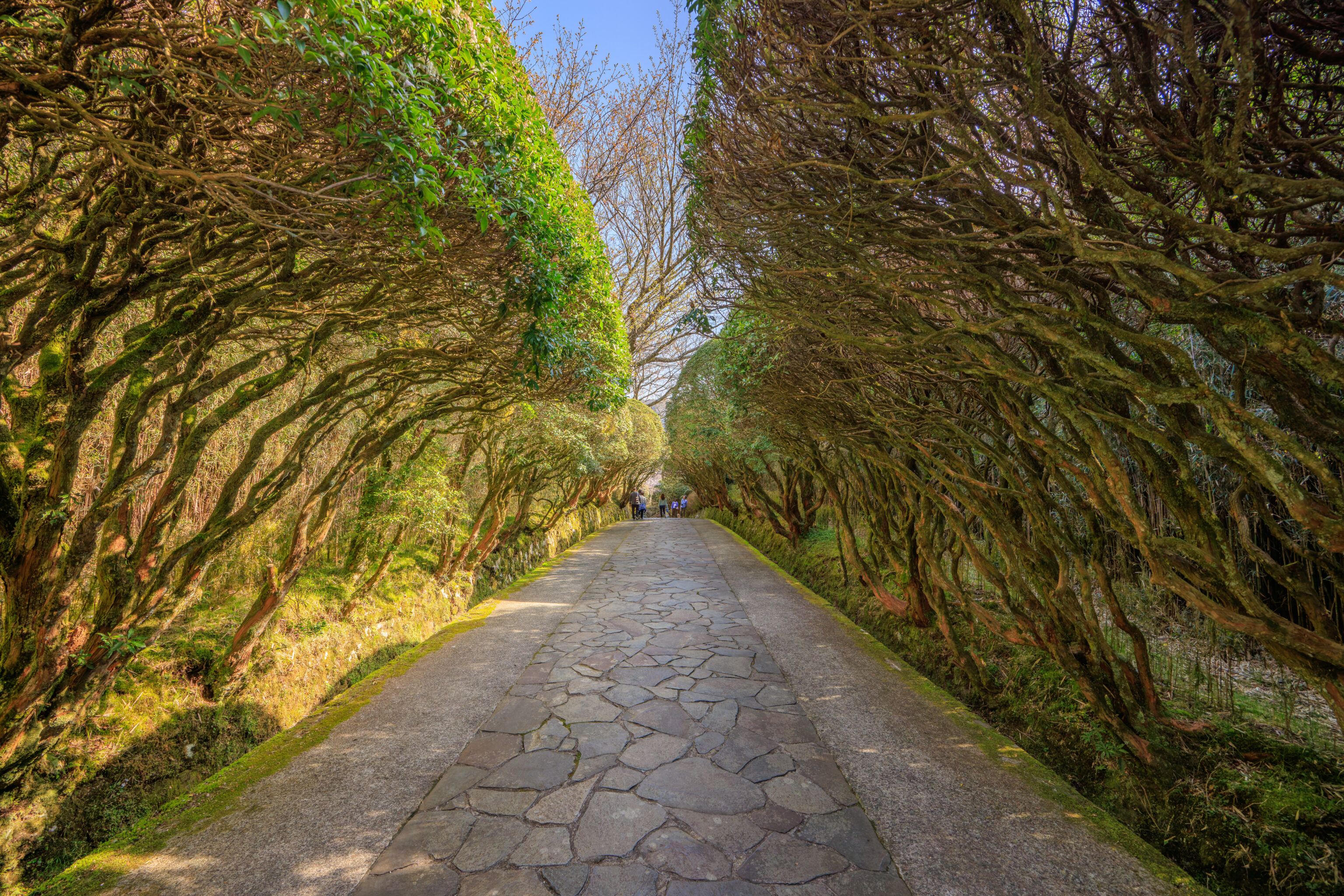
The view looking back at the canopied section.
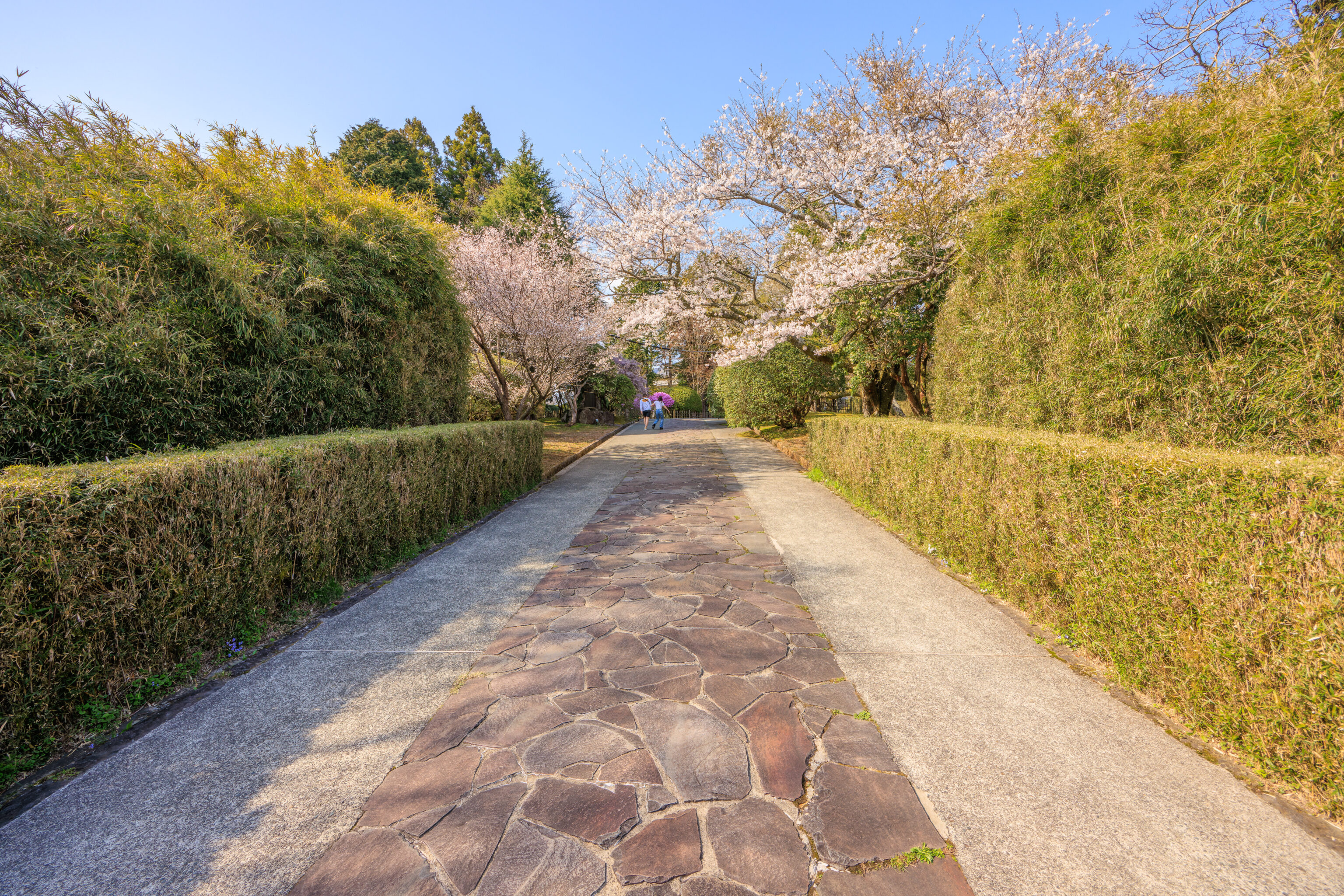
And, the view looking forwards once the canopy ended. There were more sakura in the distance.
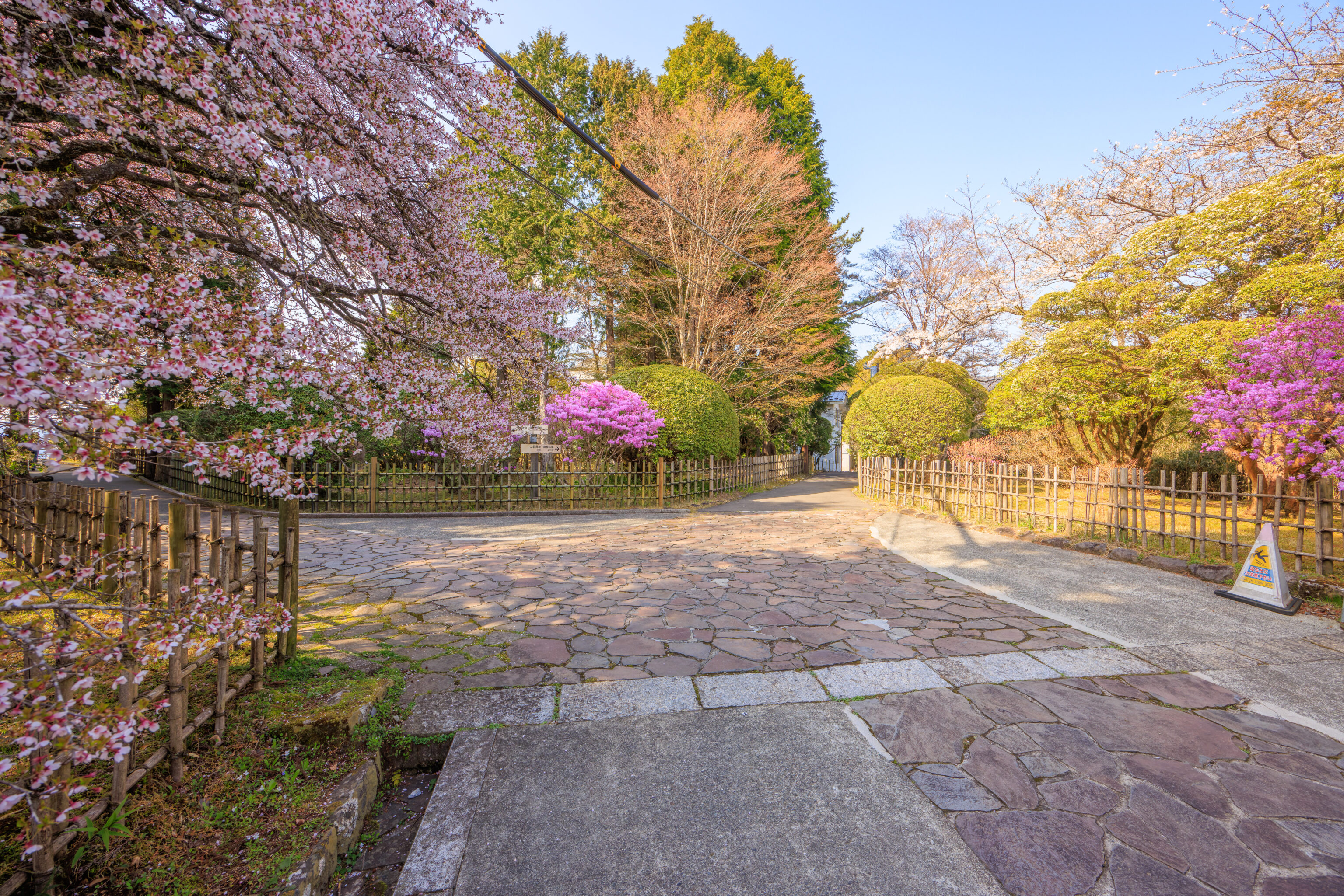
We reached this junction at what is best described as the top of the hill. We took the left fork here, going to the northwest.
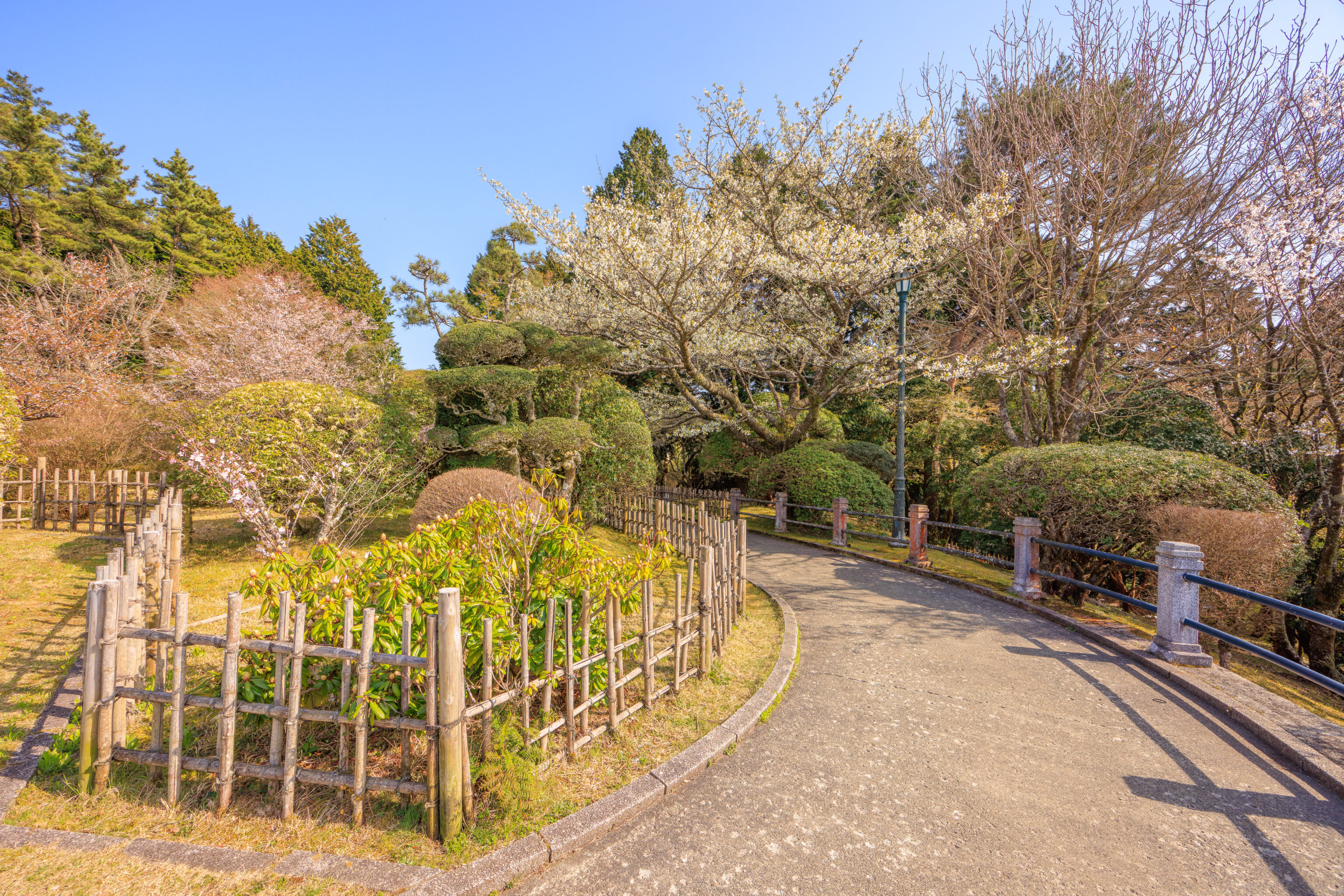
The view looking back as the path curved to the northeast.
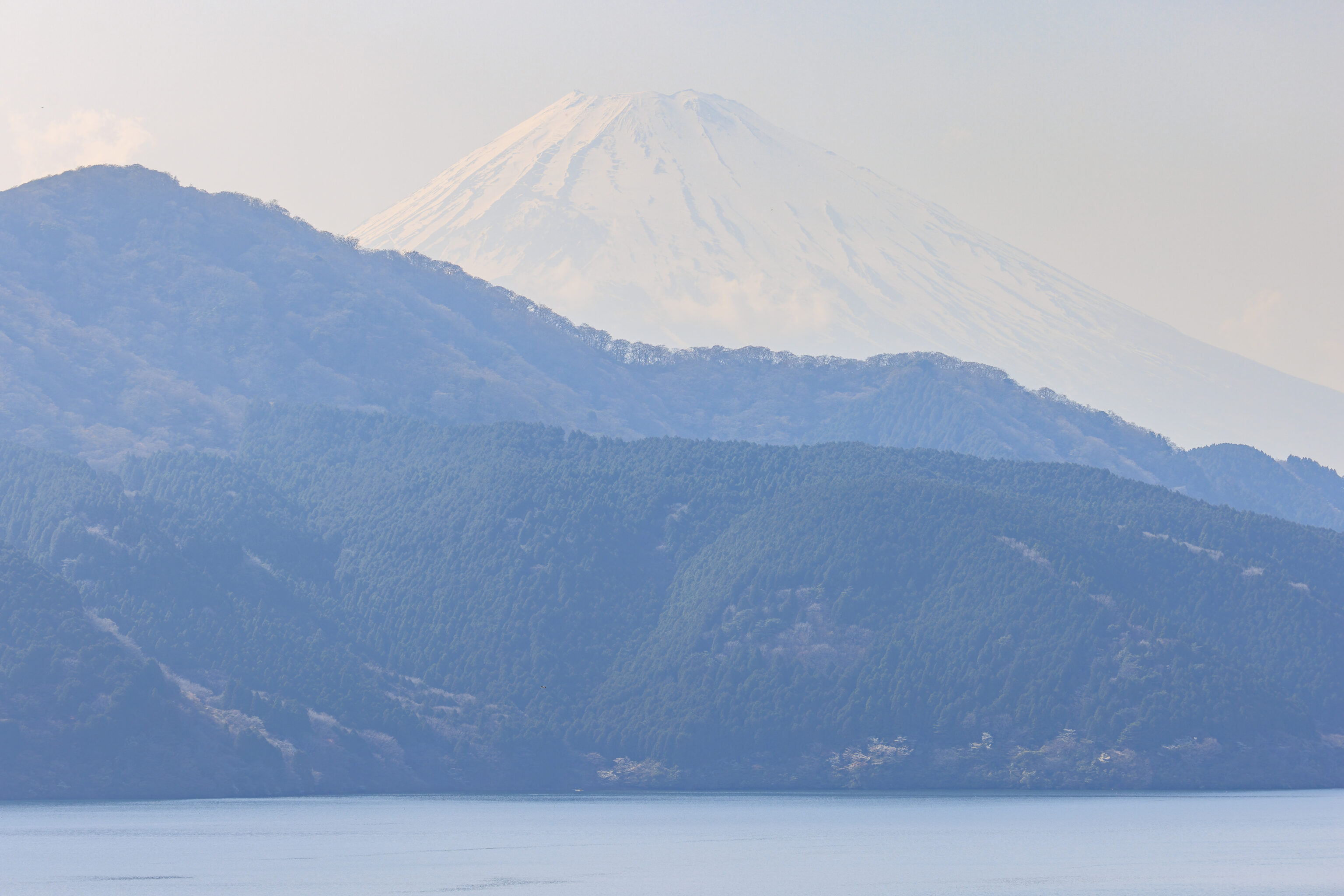
From here, we could see Mount Fuji once again! Our location to the east of Hakonemachi plus the slightly higher elevation resulted in a much better view, though of course it was still rather hazy.
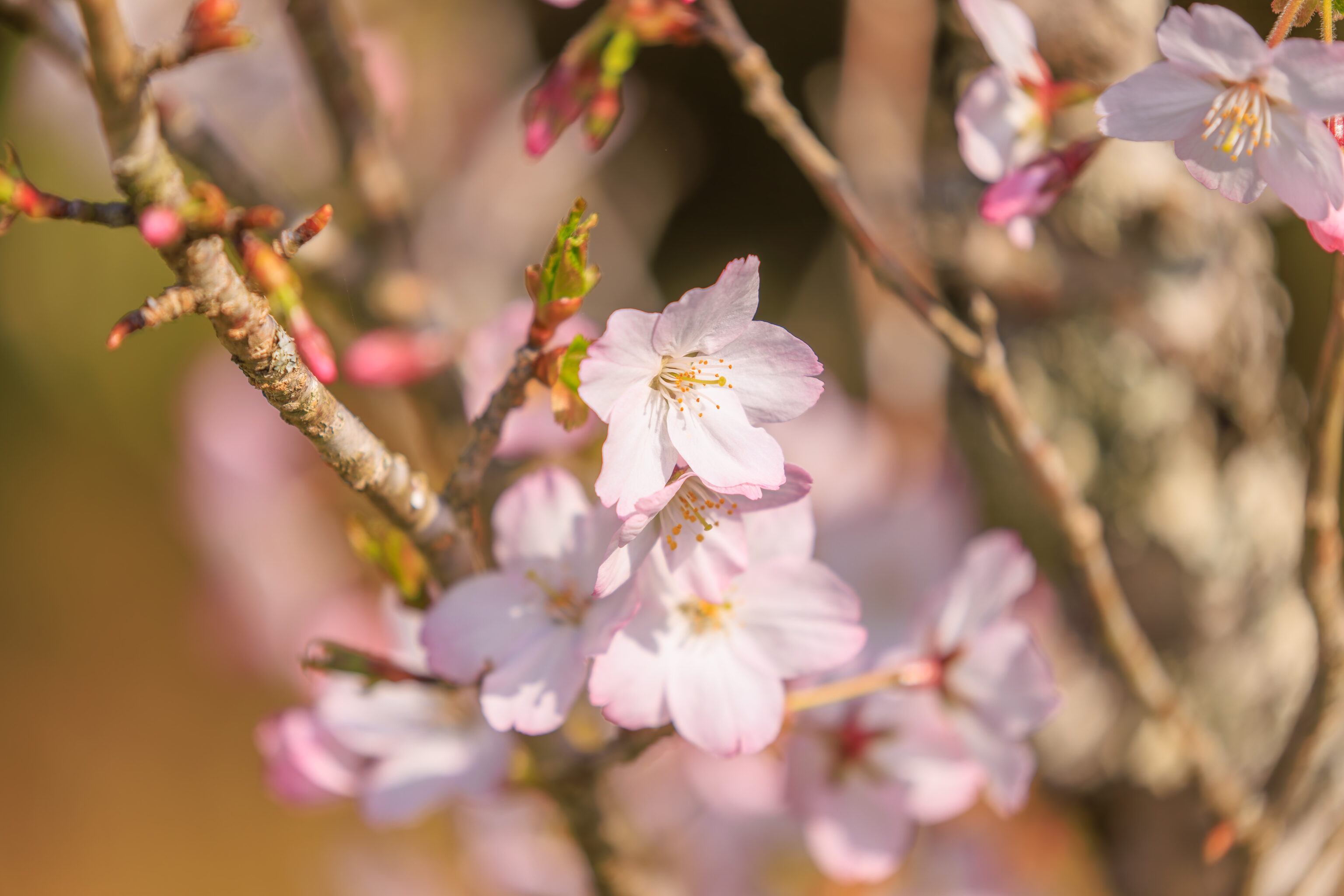
A random close look at some nearby flowers. This might be late blooming sakura? From here, we went into the nearby building, the Lakeside Panorama Hall. This building is a former palace, dating back to 1886.
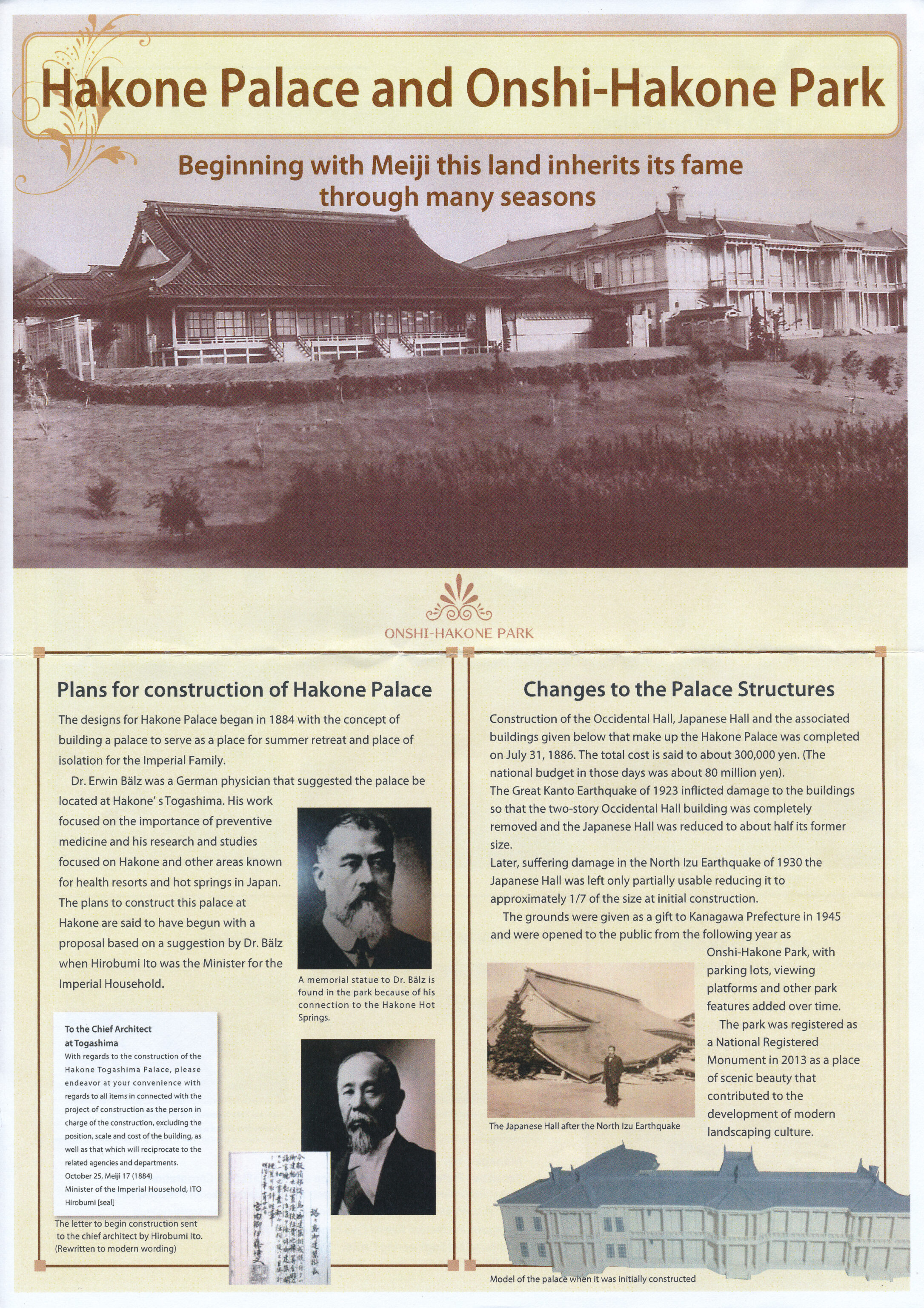
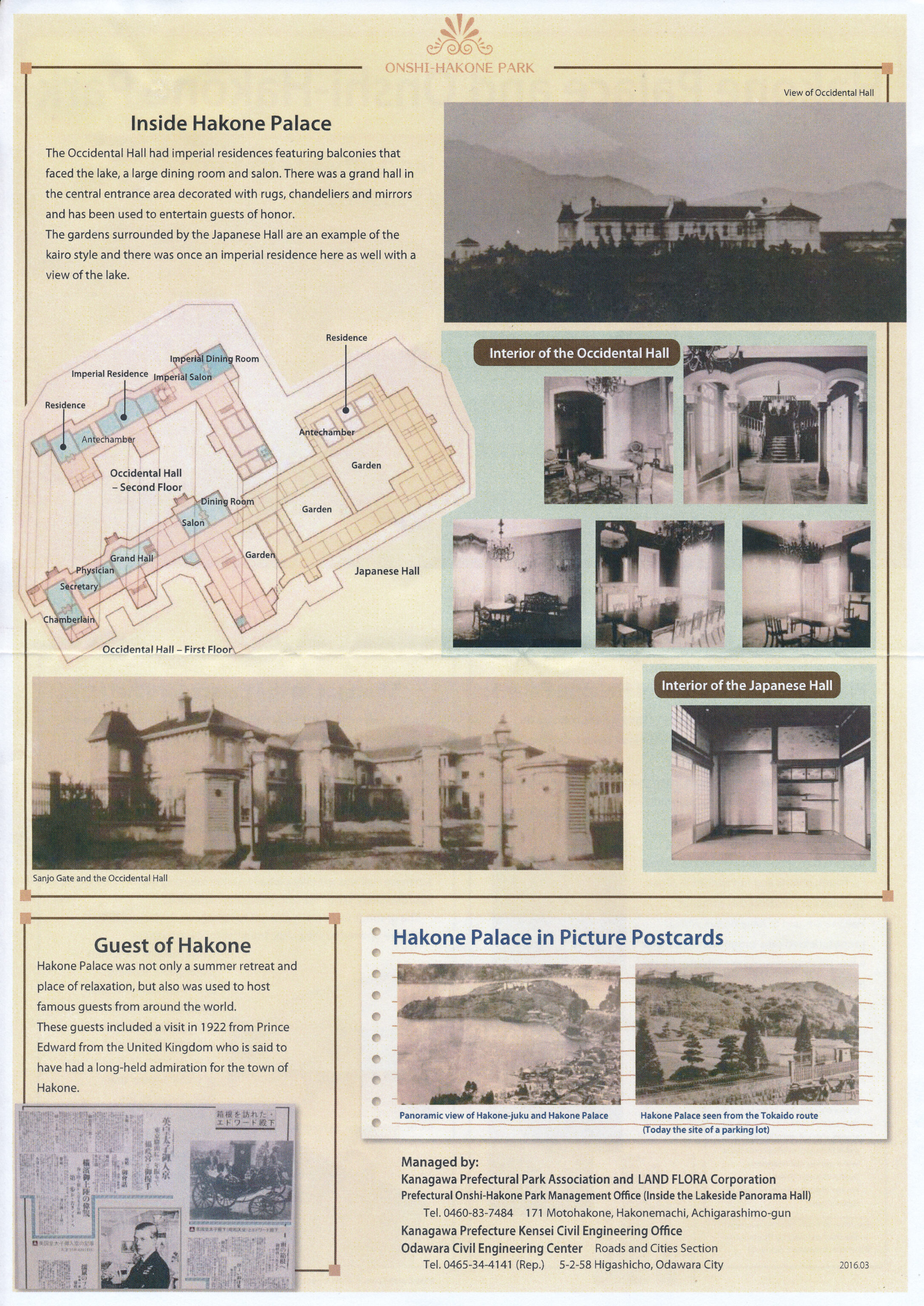
We picked up an English leaflet from inside the building. The modern day building has some exhibits as well as bathrooms and a small food service area.
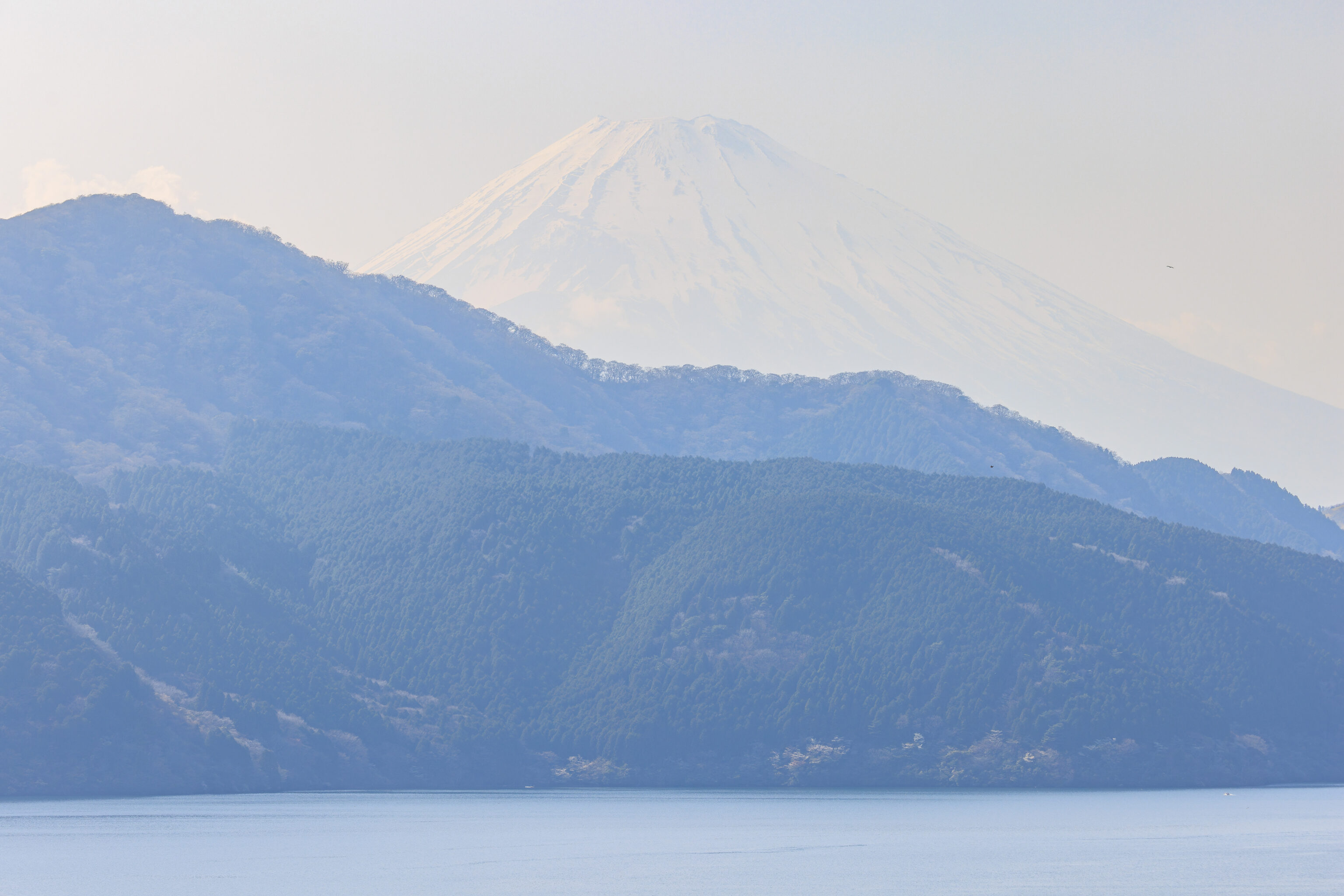
There is a balcony on the front of the building on the second floor. It isn’t high enough for the view to be any different from what we saw outside. After briefly enjoying the view, we headed back outside and started walking to the northeast.
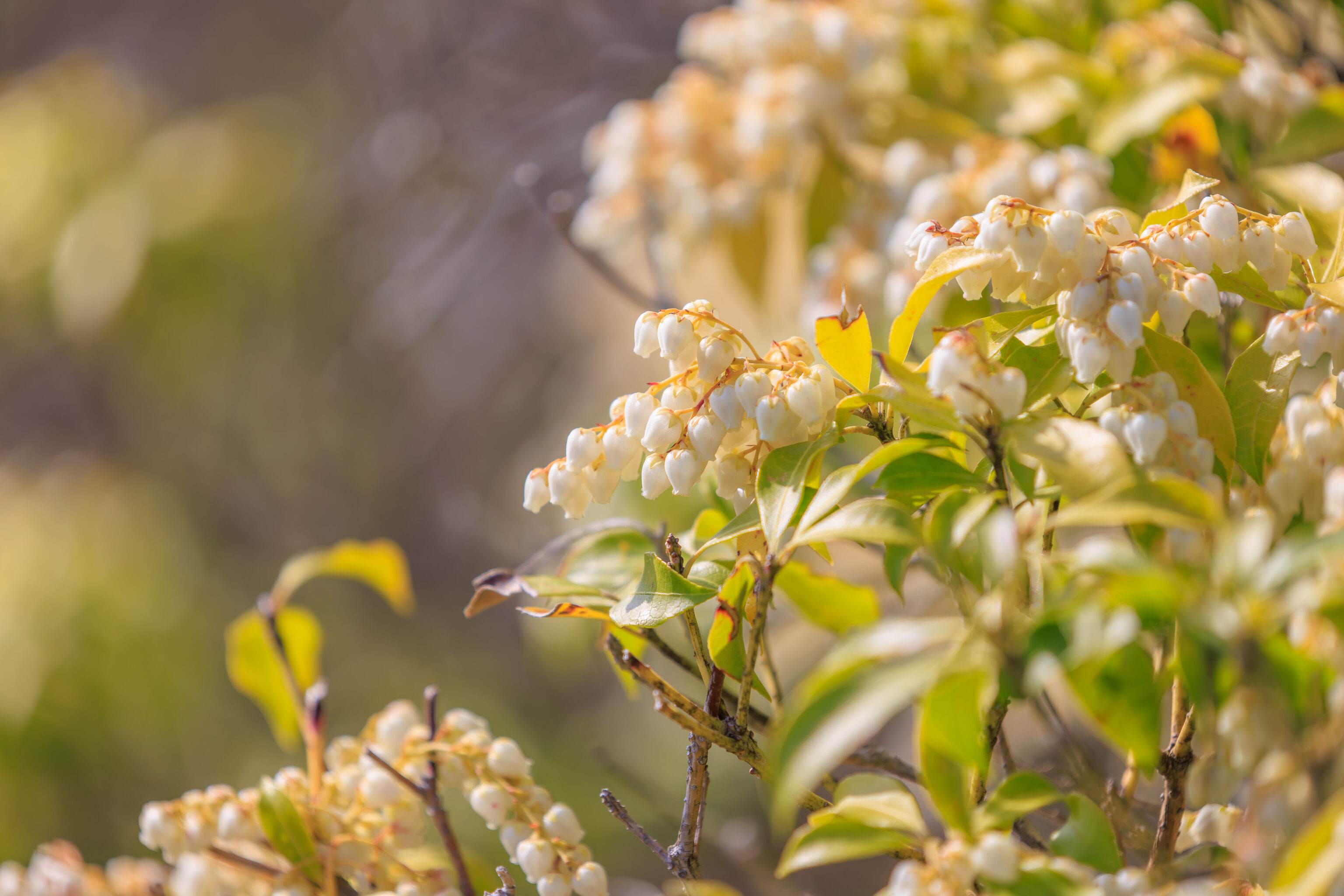
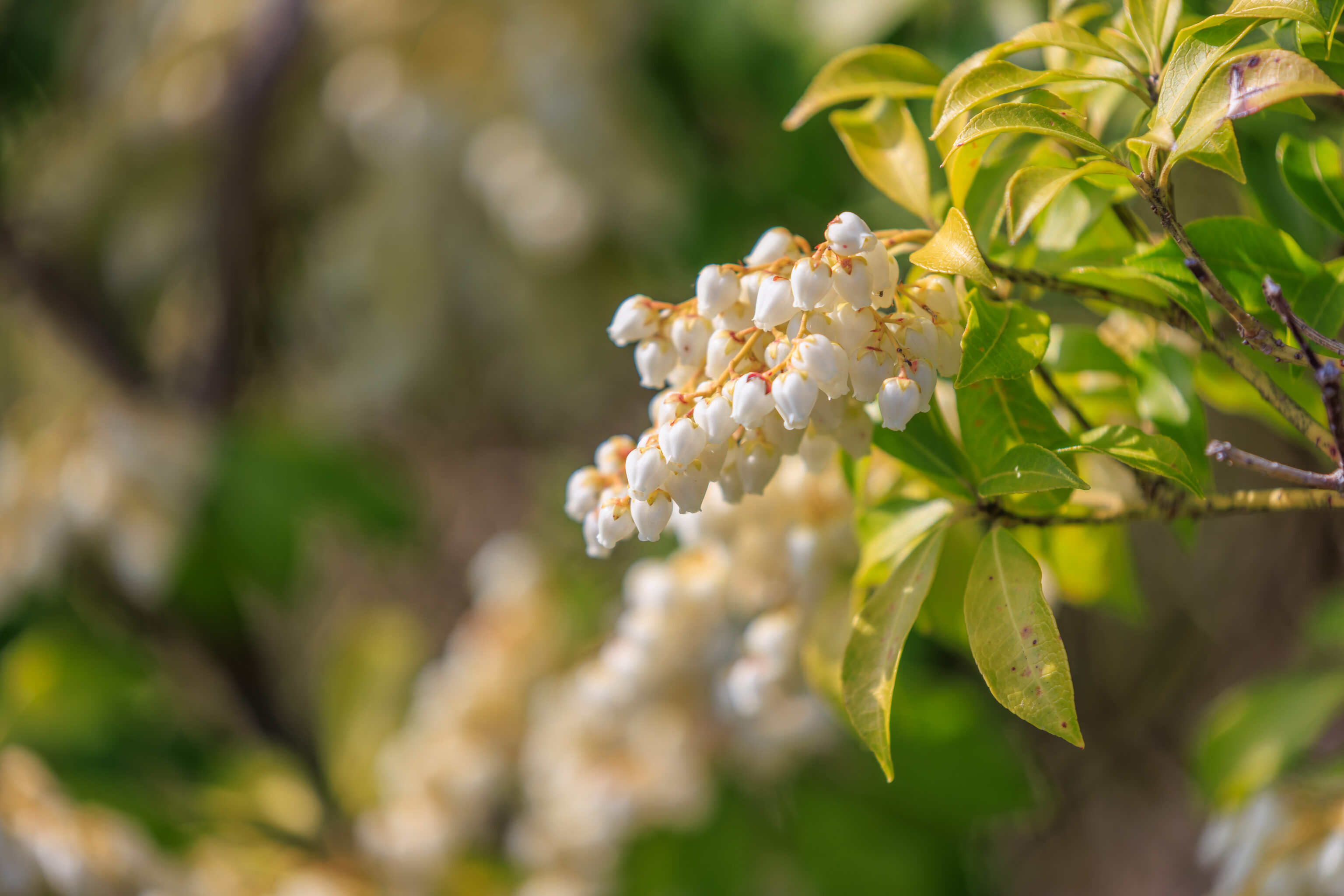
We passed by a plant with these small bell shaped flowers.
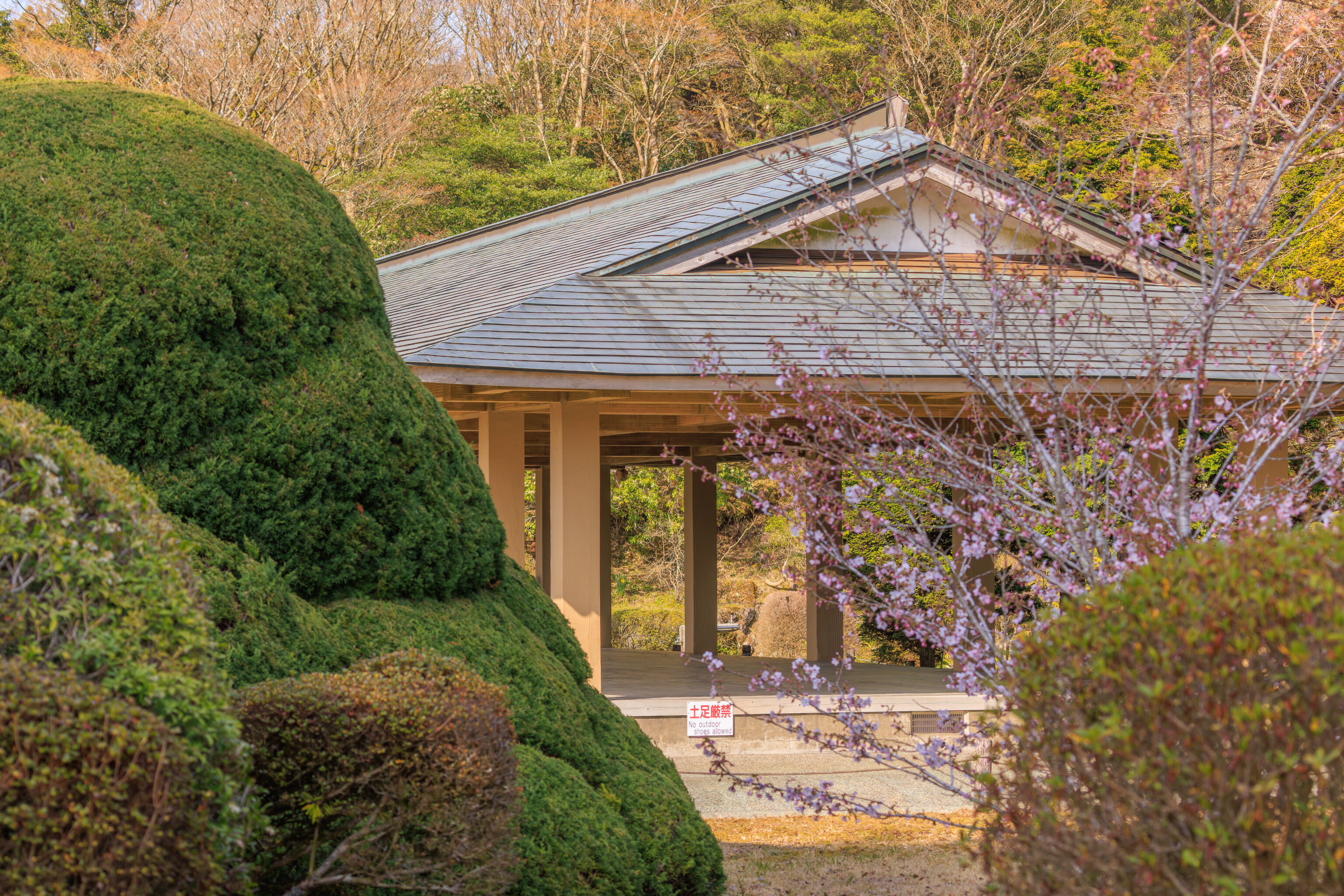
We could see a rest area to the northeast beyond some bushes. This building has a wooden floor, much like a temple building. Shoes must be removed before walking on the wood floor.
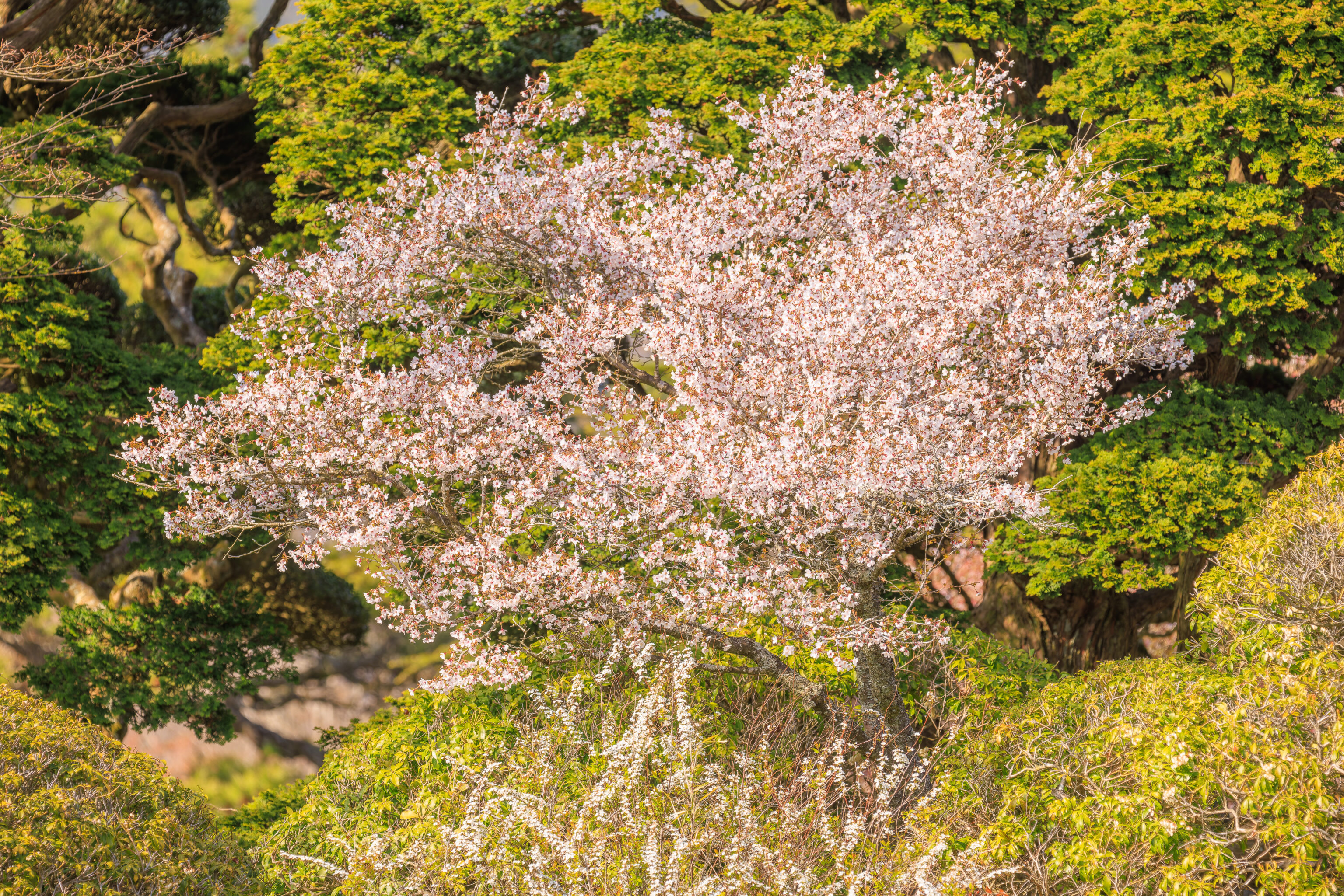
Another well past peak bloom sakura.
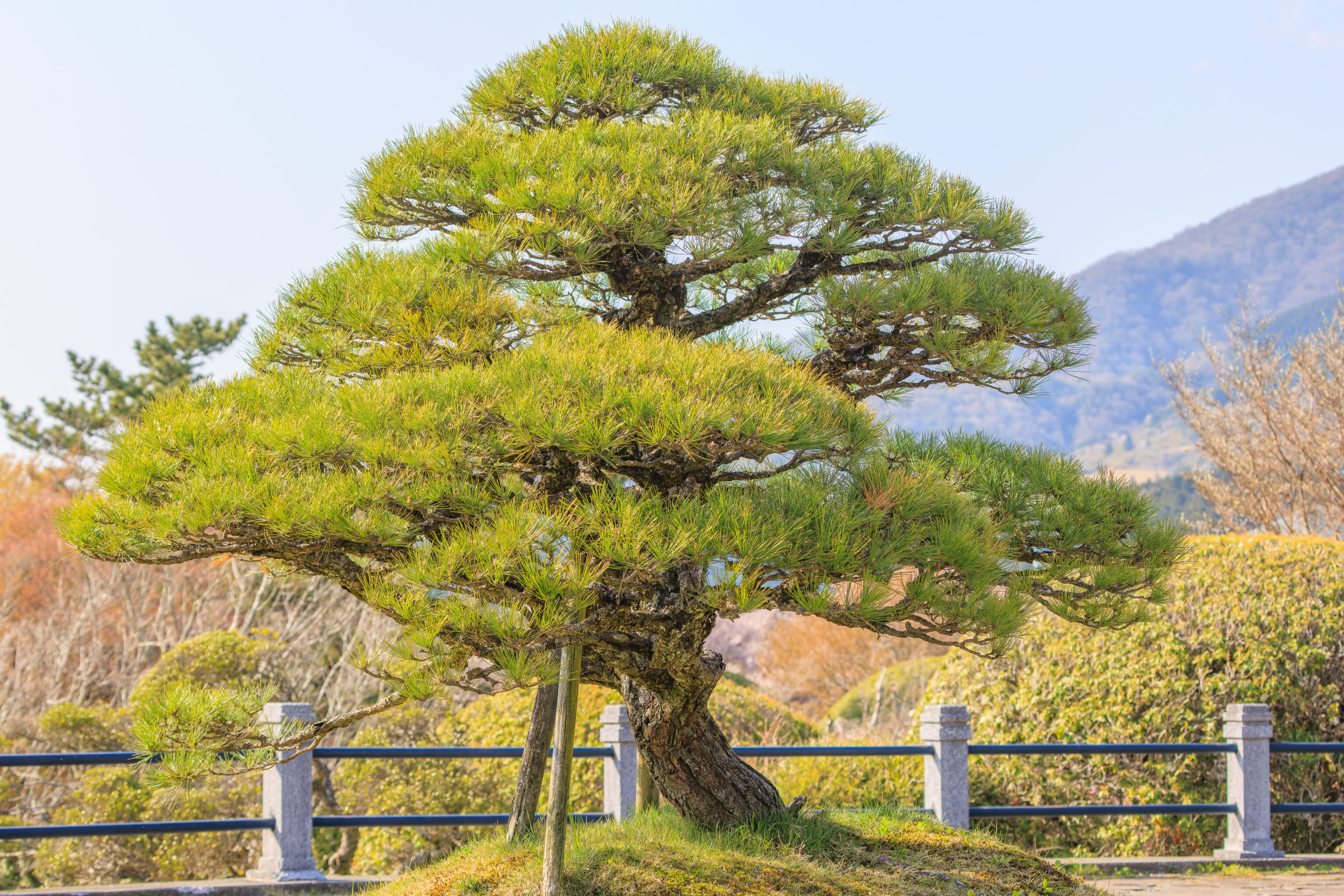
A very garden-like tree!
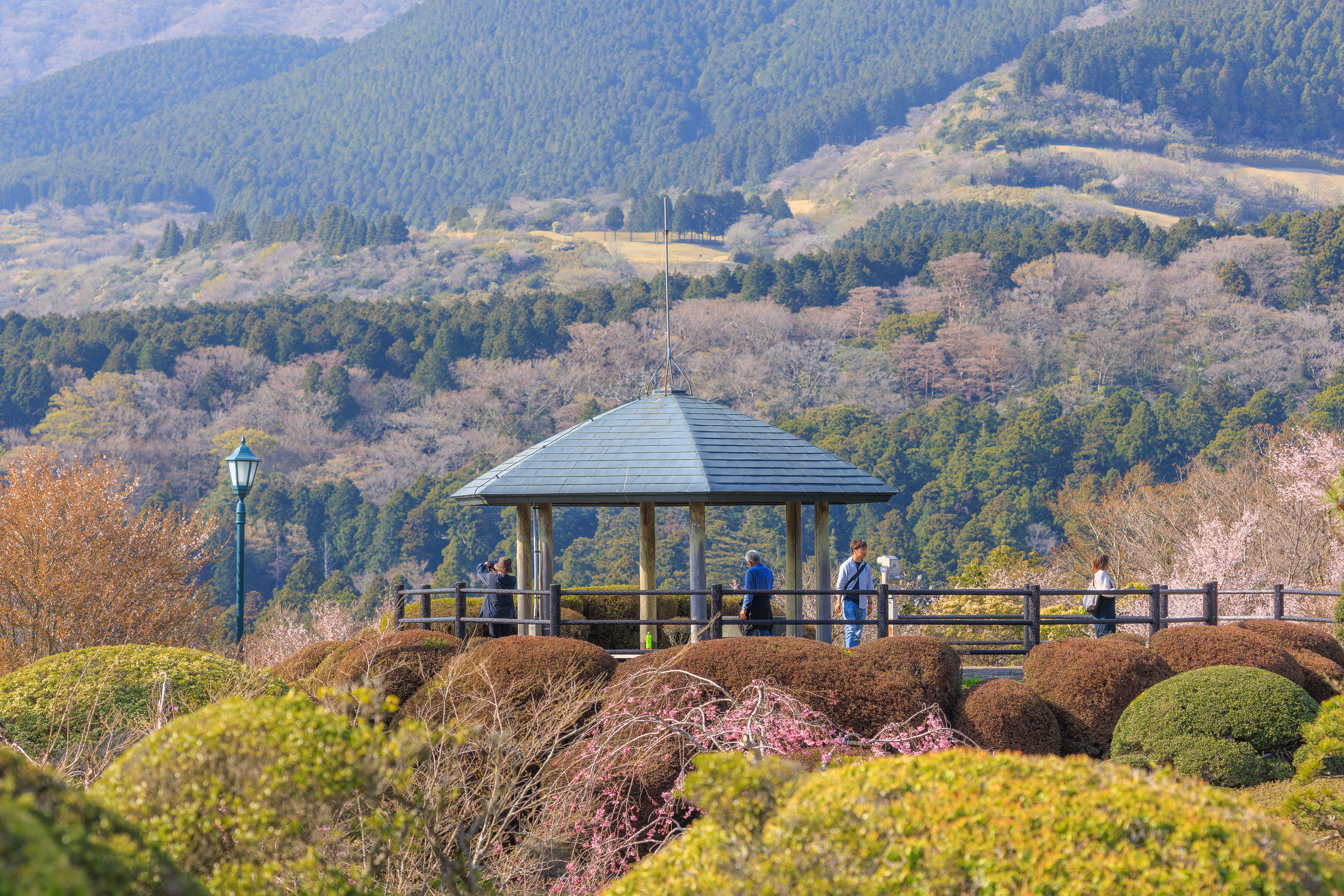
We saw our destination, the Benten-no-Nana, not to far away.
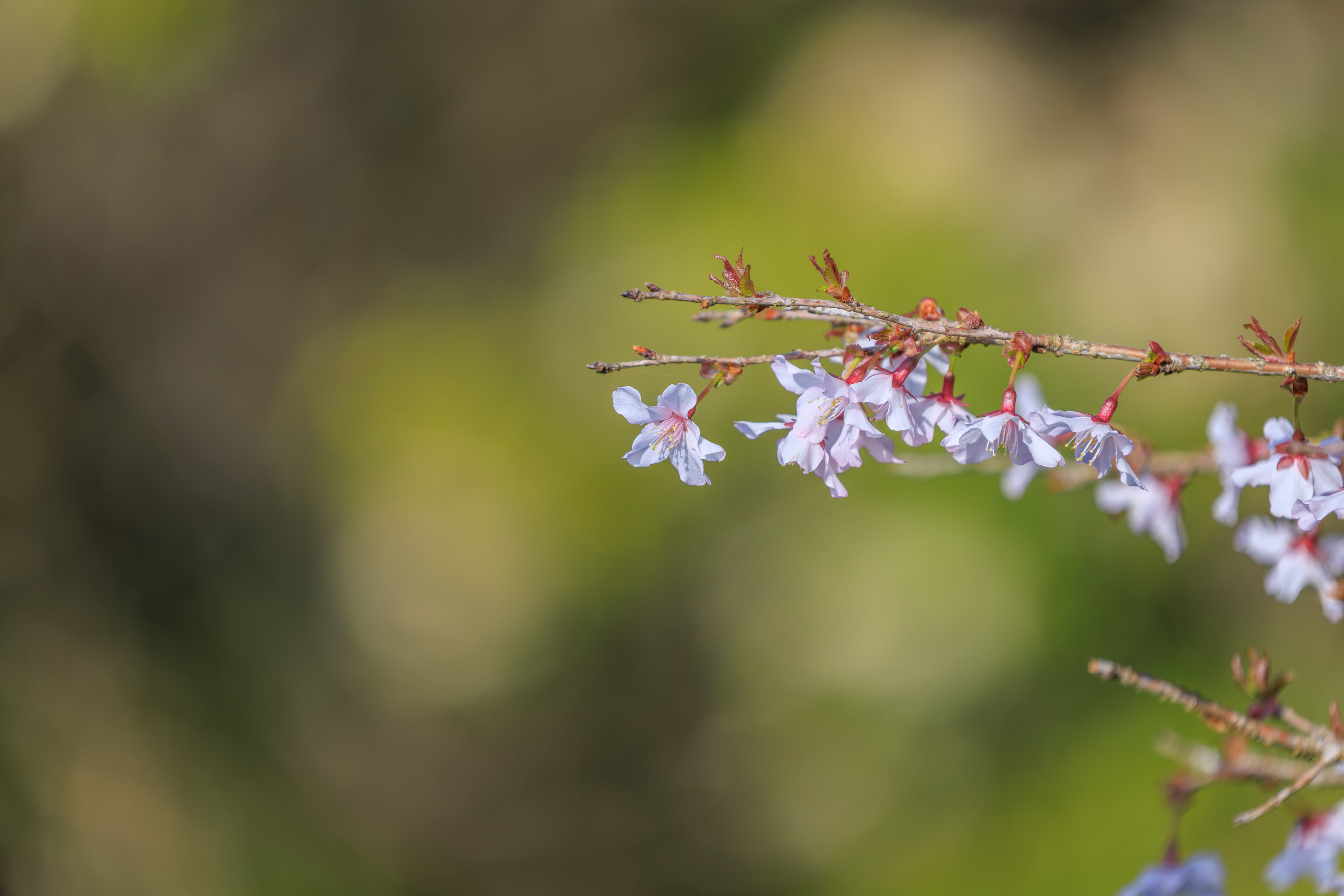
Is it a sakura? Or something else?
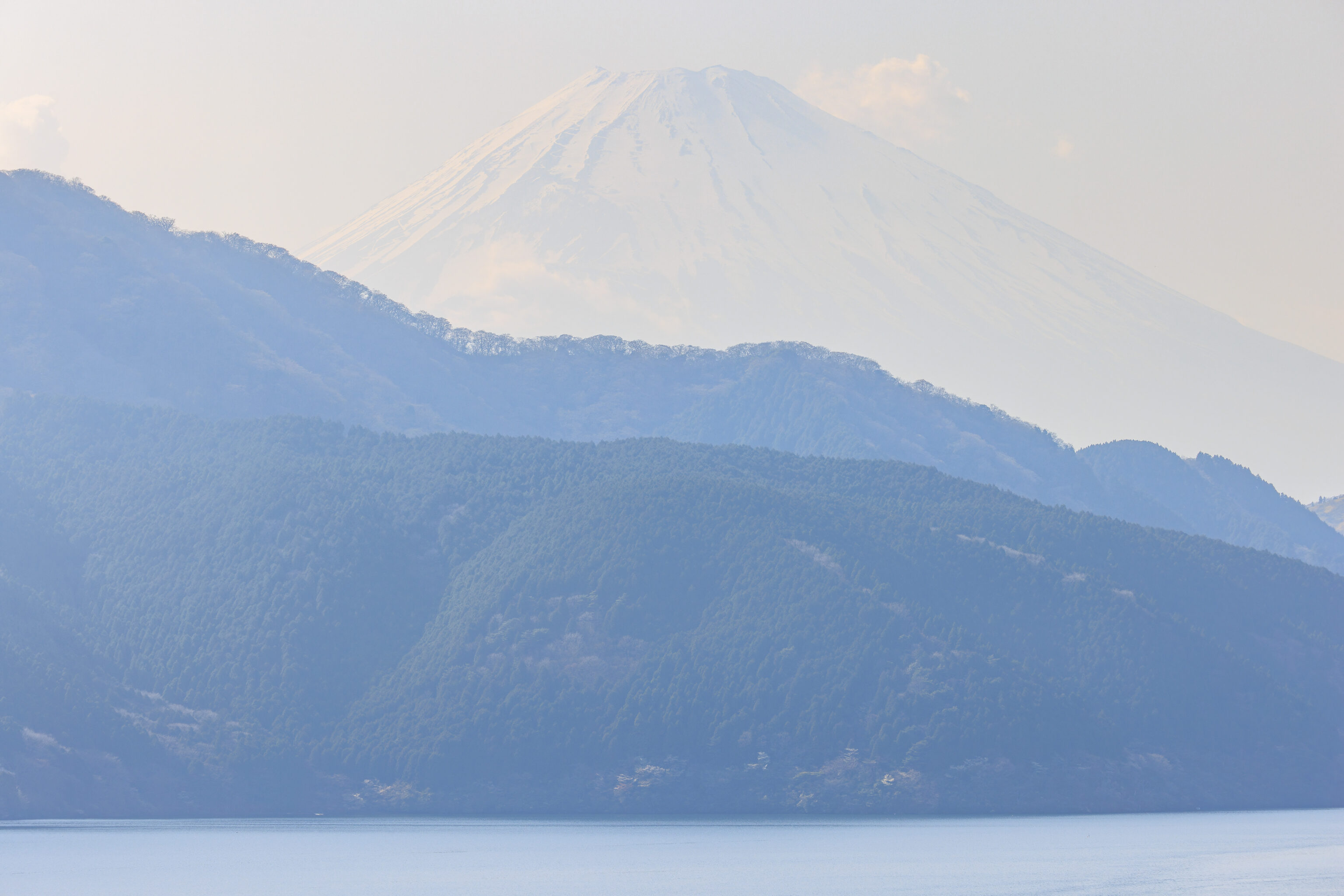
Upon reaching the viewpoint, we took a look at Mount Fuji again. A little bit more of the volcano was visible, but it mostly looked the same!
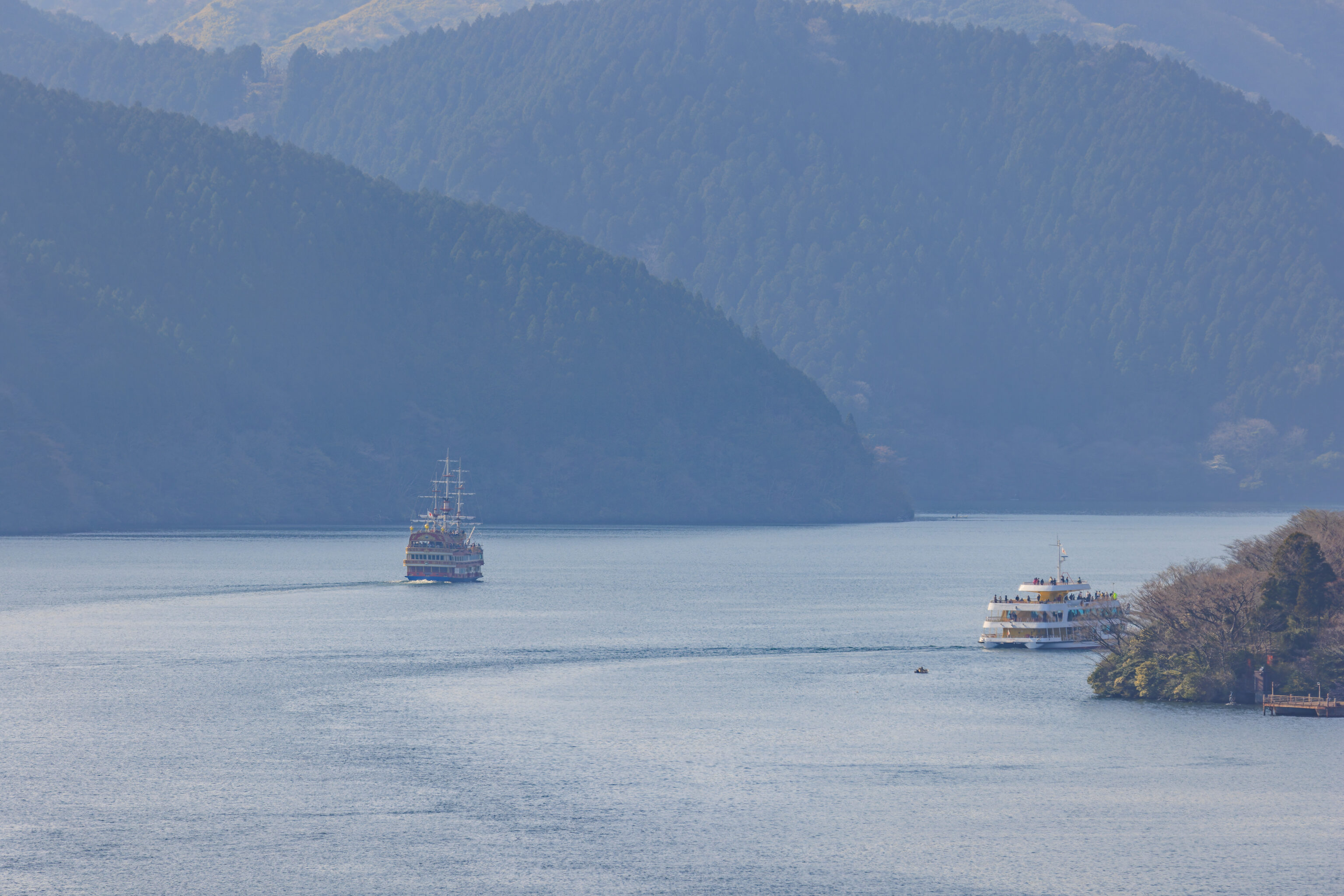
On Lake Ashi, we saw one of the pirate ships heading back to Togendai as well as another ship with a more conventional appearance.
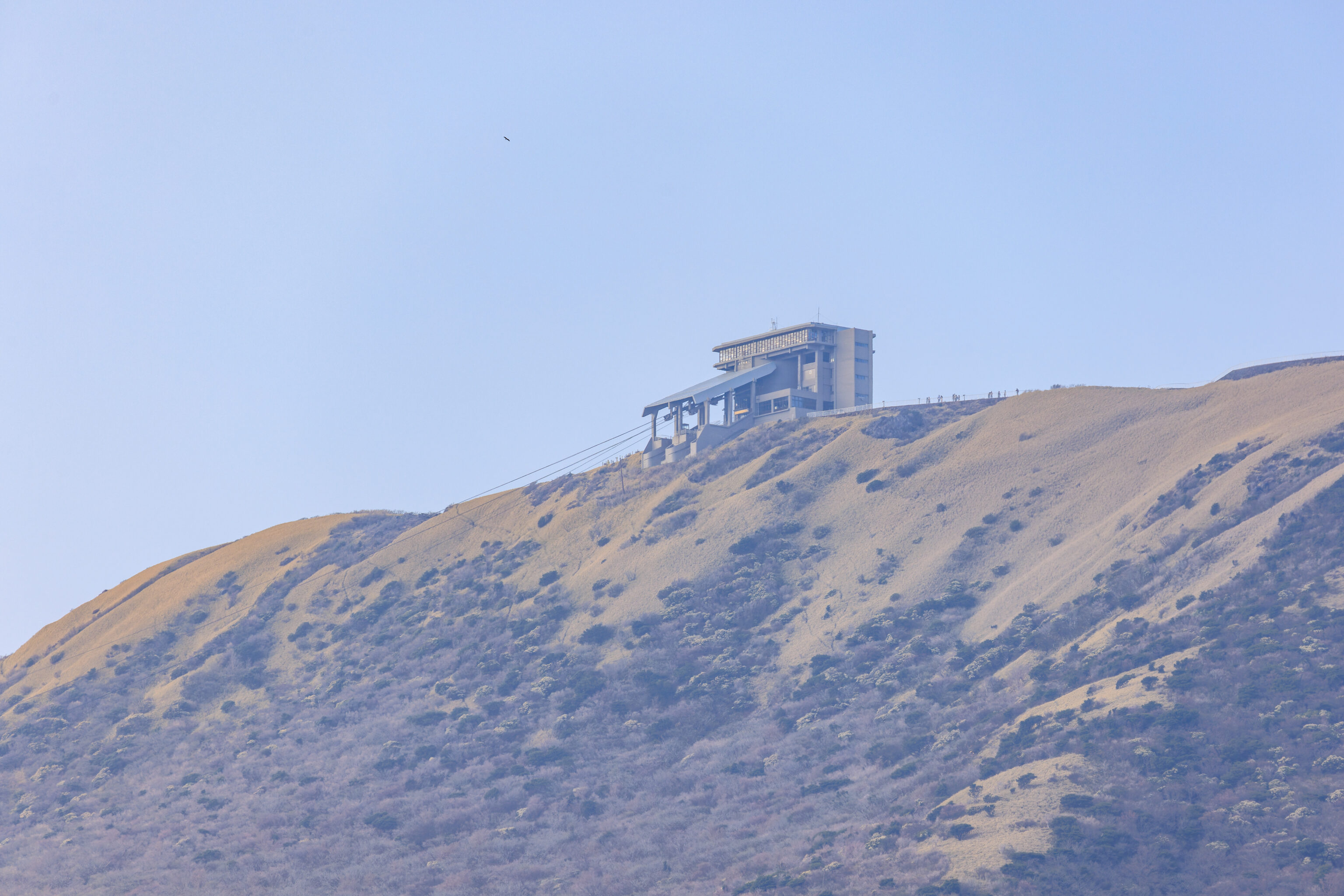
Looking up and to the north, we could still see the upper terminal of the Komagatake Ropeway.
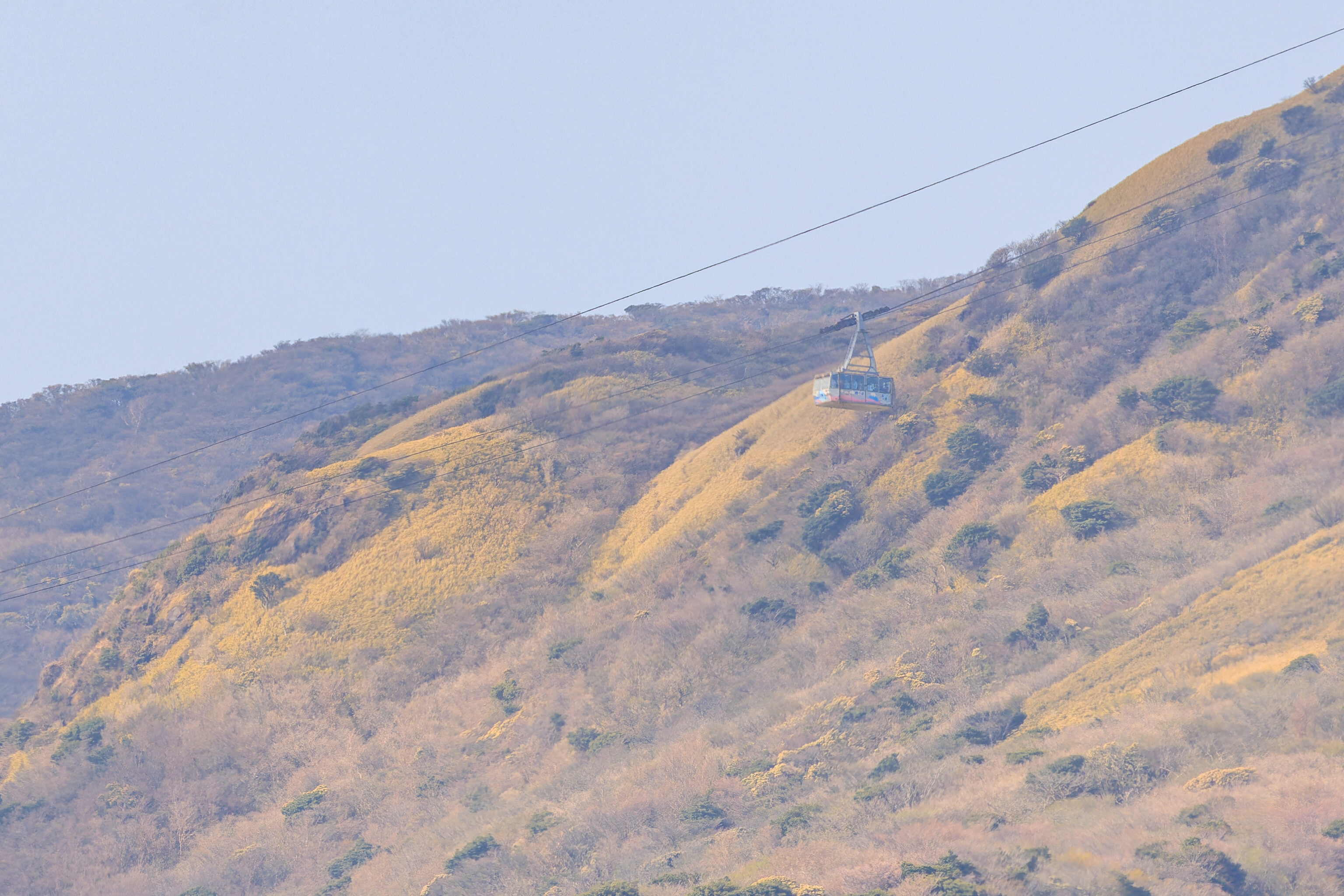
We were also able to find one of the aerial tram cars!
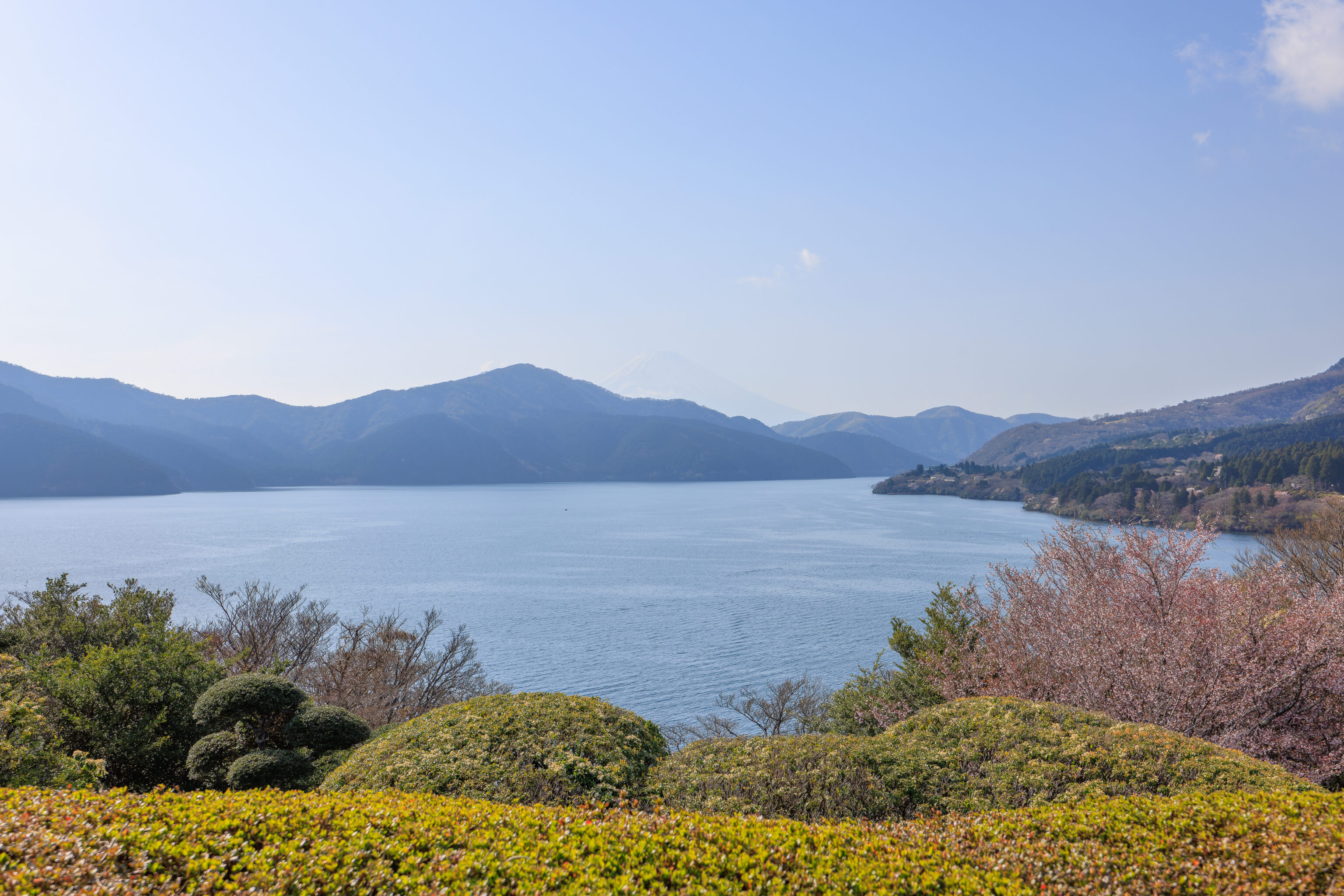
Overall, it was a pretty nice view from up this viewpoint. If only it wasn’t so hazy!
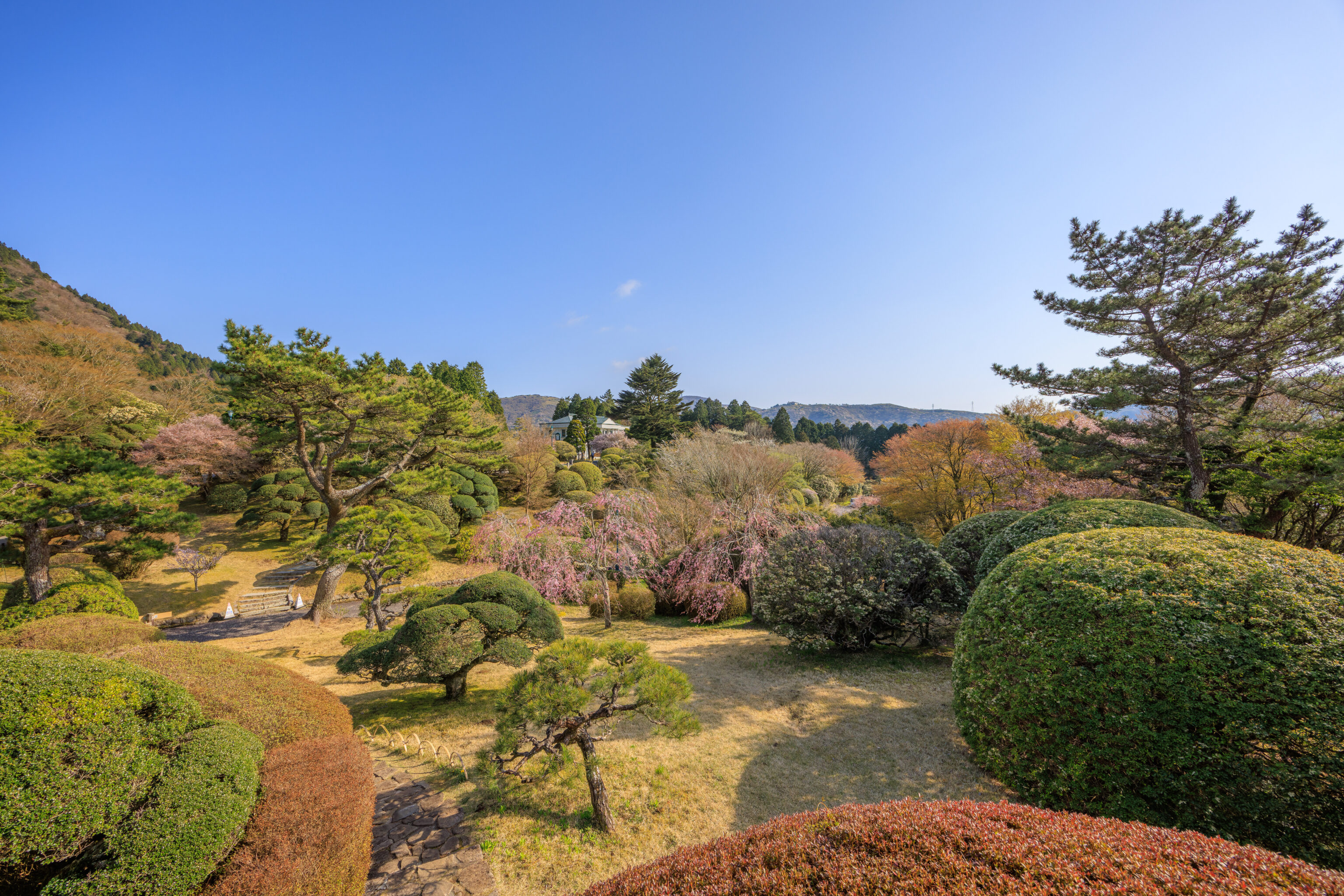
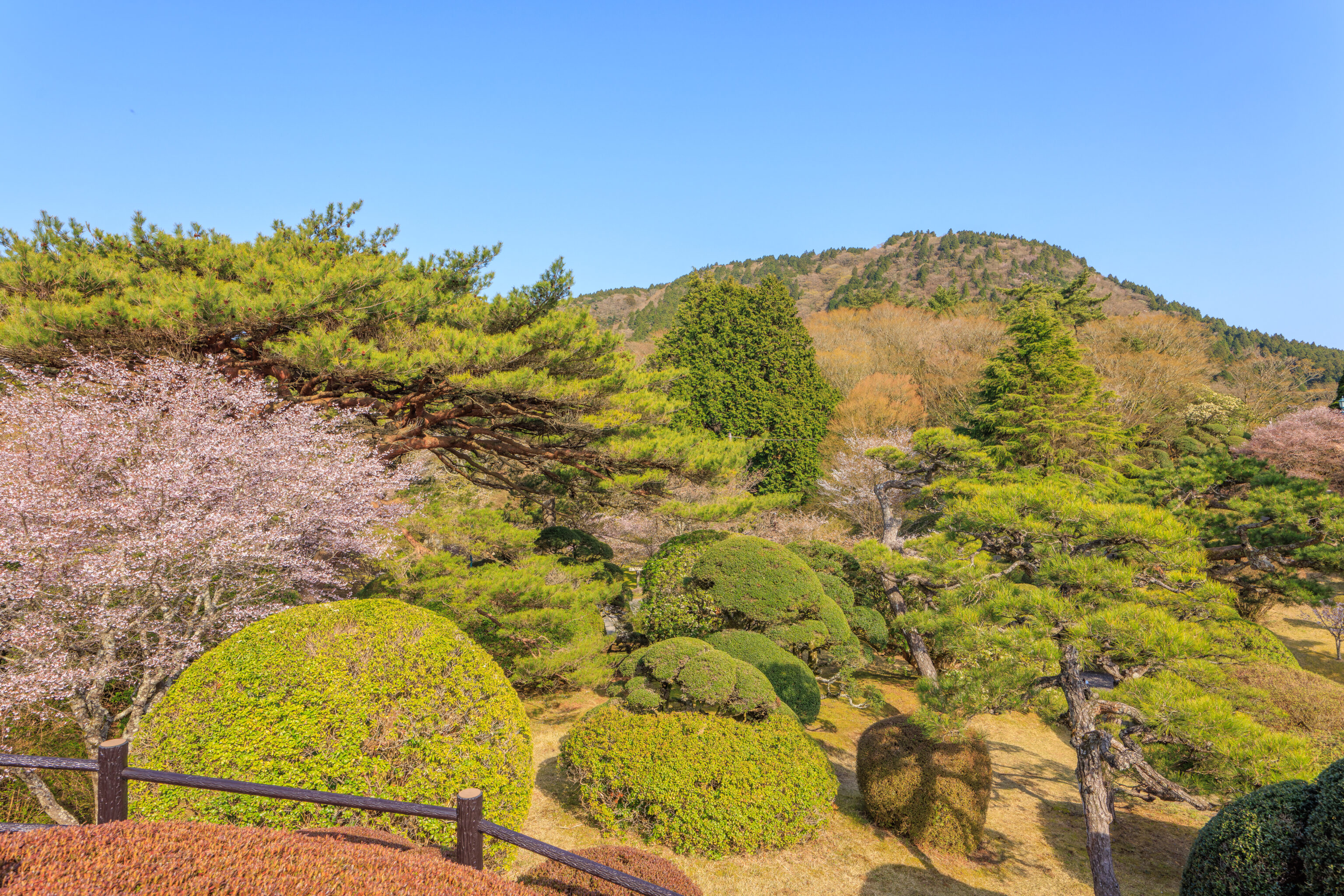
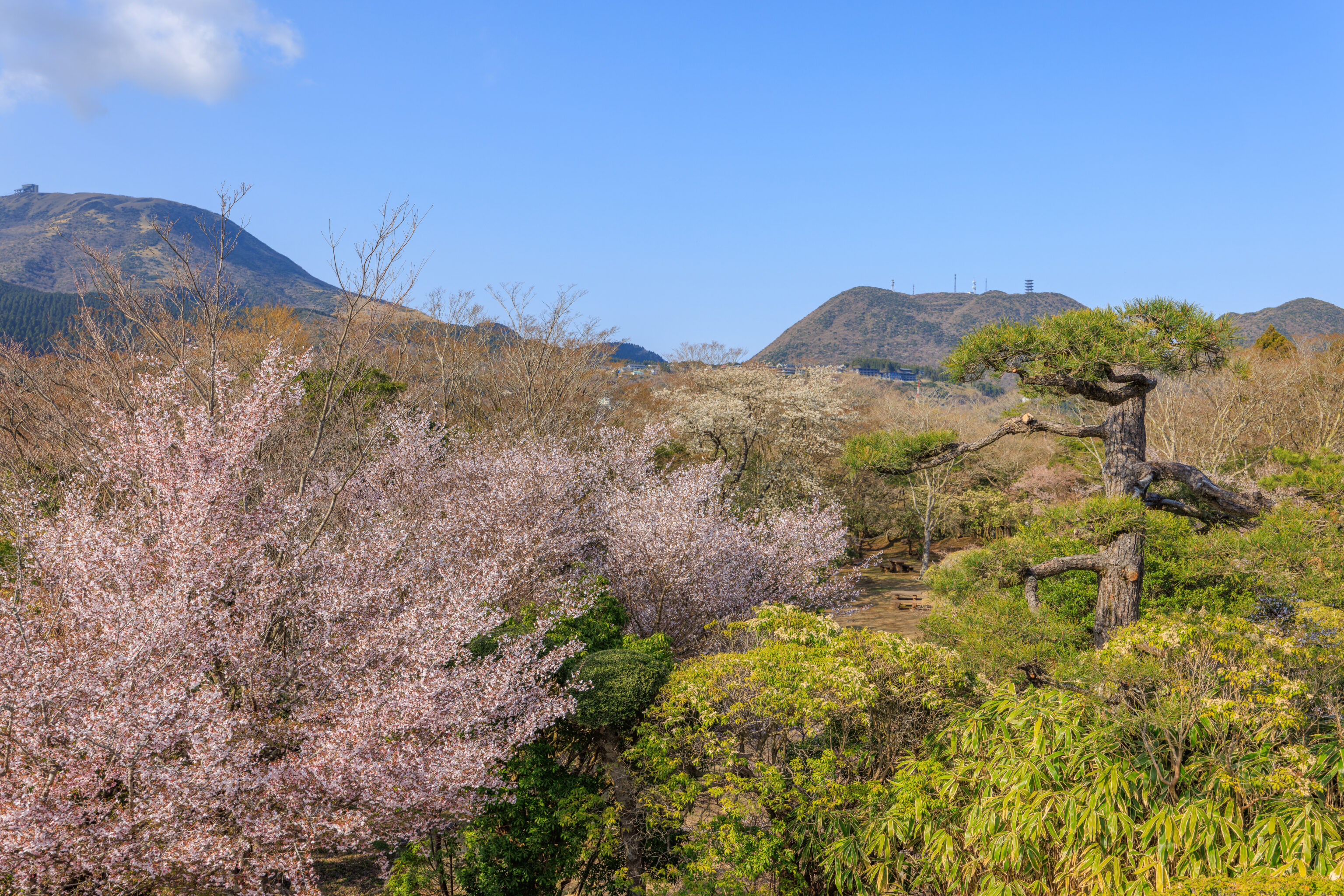
The viewpoint is surrounded by greenery, as well as some sakura.
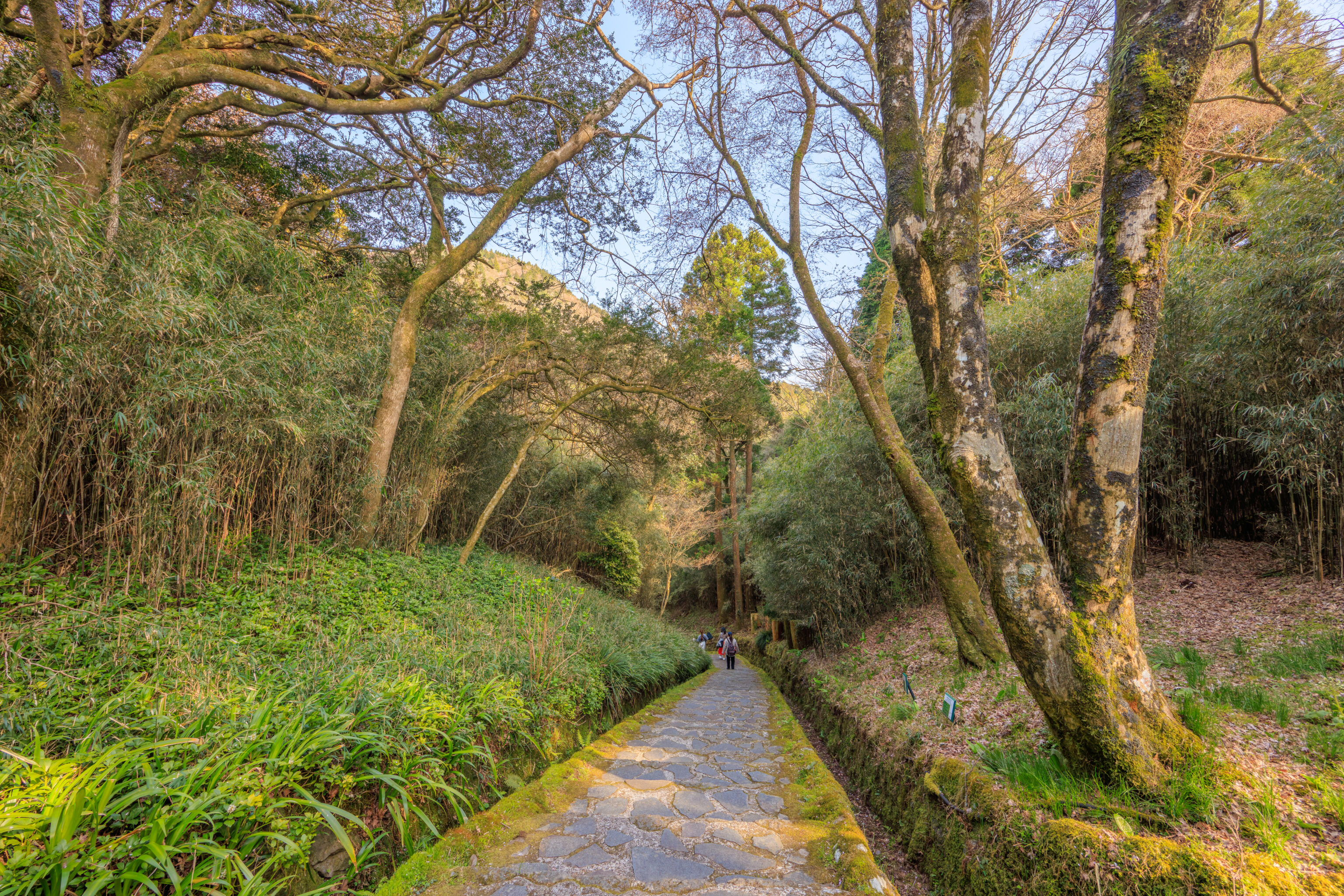
We started to leave the park, taking the most direct path to the southeast. This led to the 二百 階段 Nihyaku-Kaidan (200 Stairs).
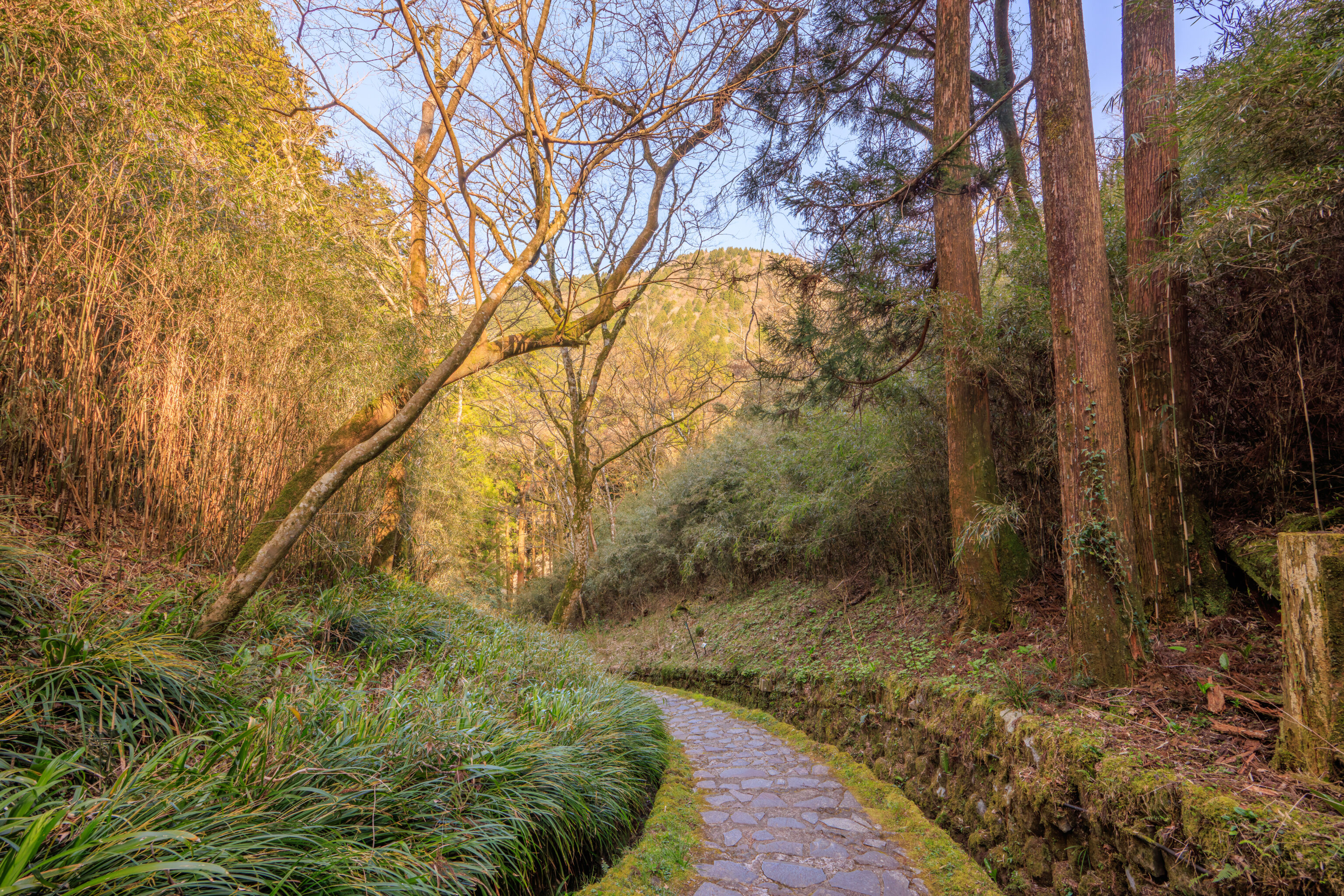
These continuous stairs led all the way back down. We didn’t count to see if there were actually 200 steps, but it certainly felt like there were! The stairs seemed like they would be very unpleasant when wet.
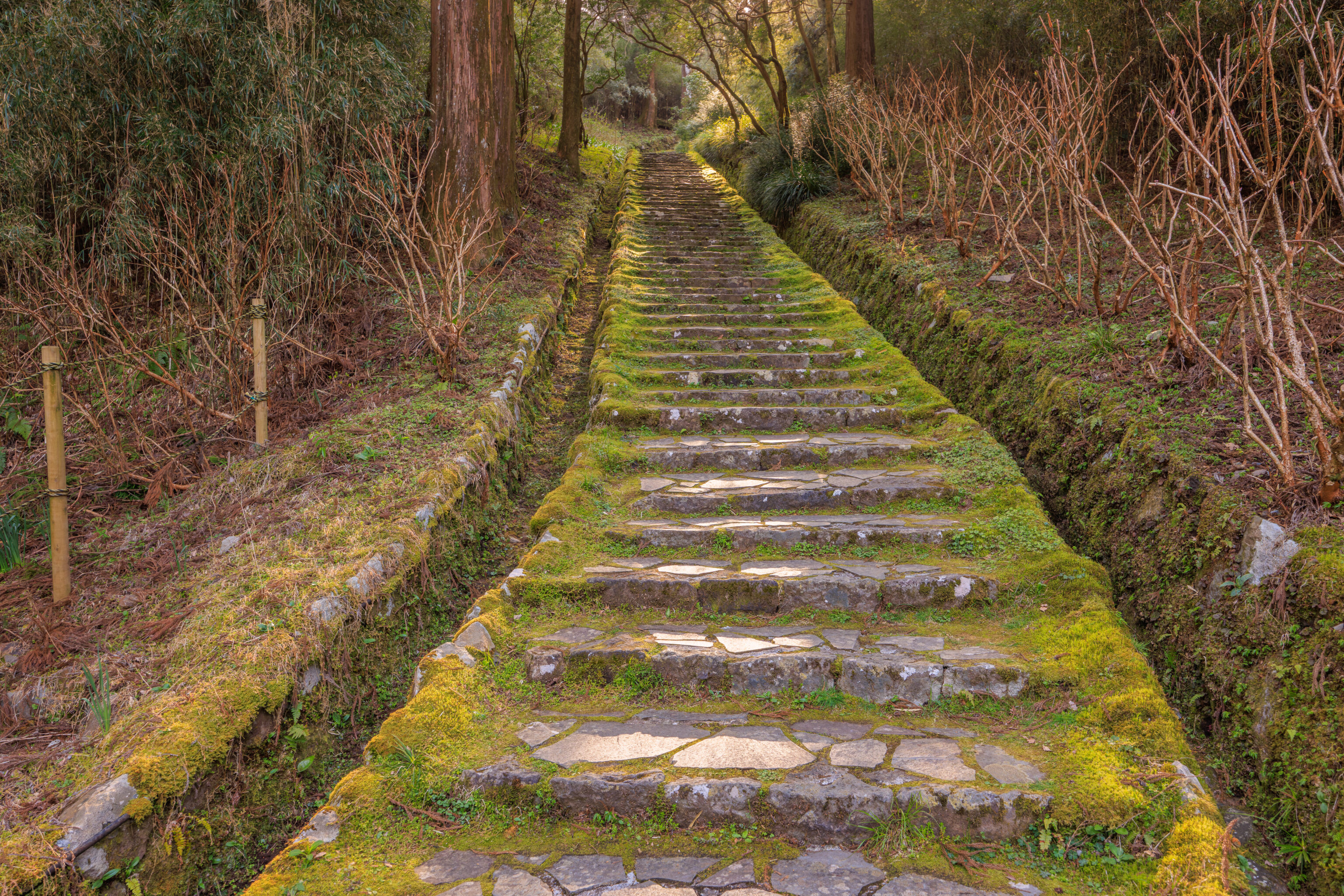
We reached the bottom at around 3:45pm. This was the view looking back up.
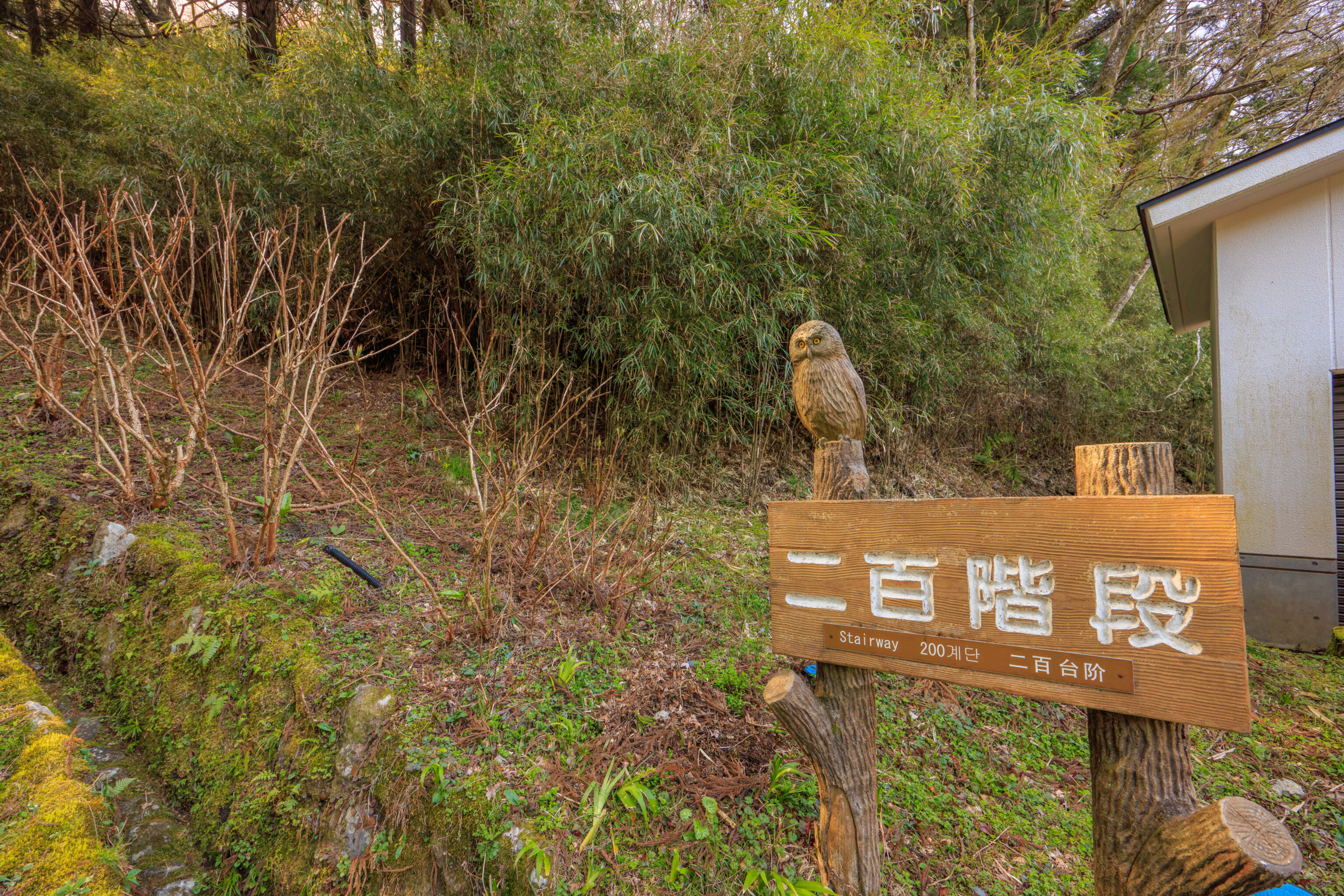
I photographed this sign because of the owl.
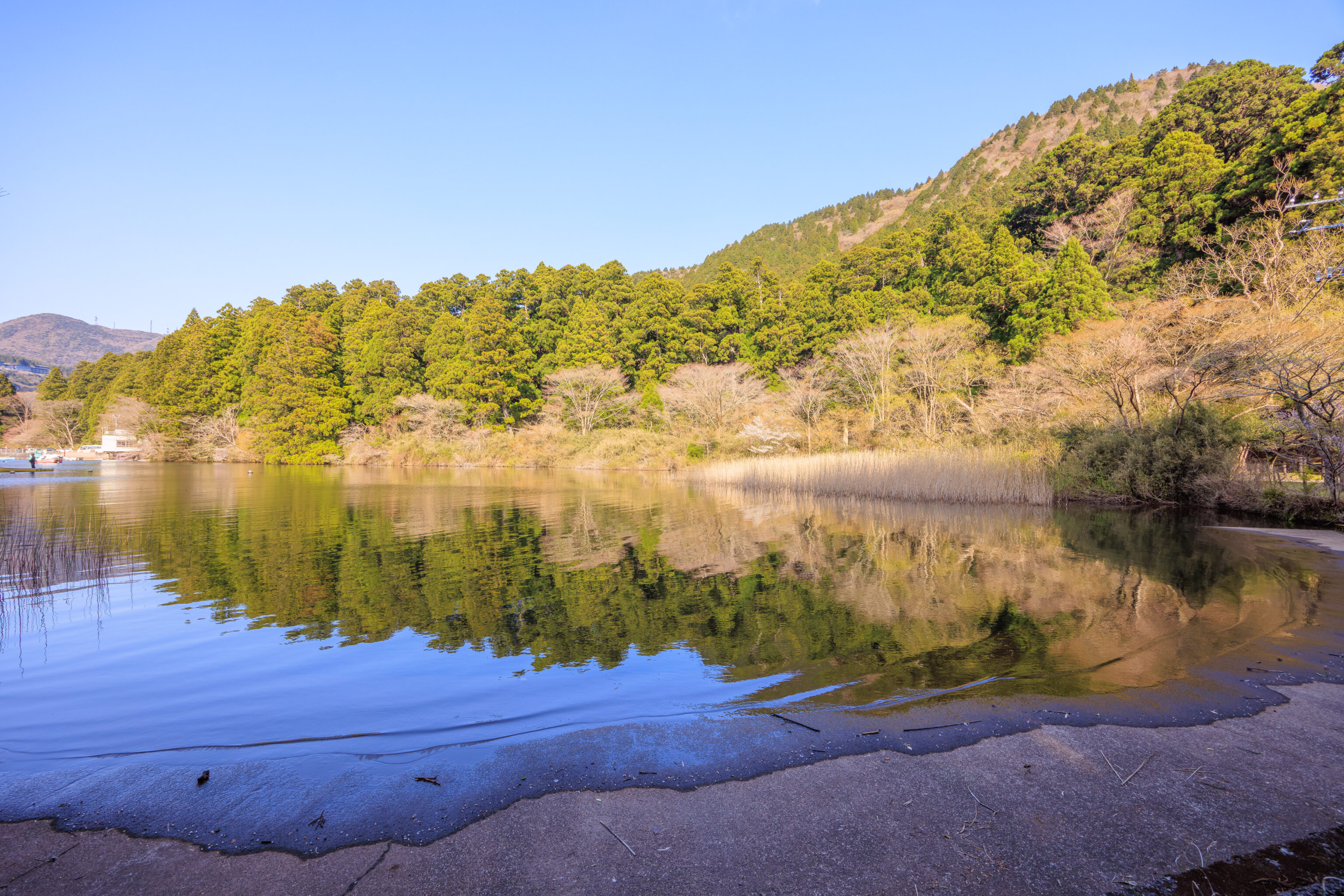
A little cove extends to the base of the steps from the north.
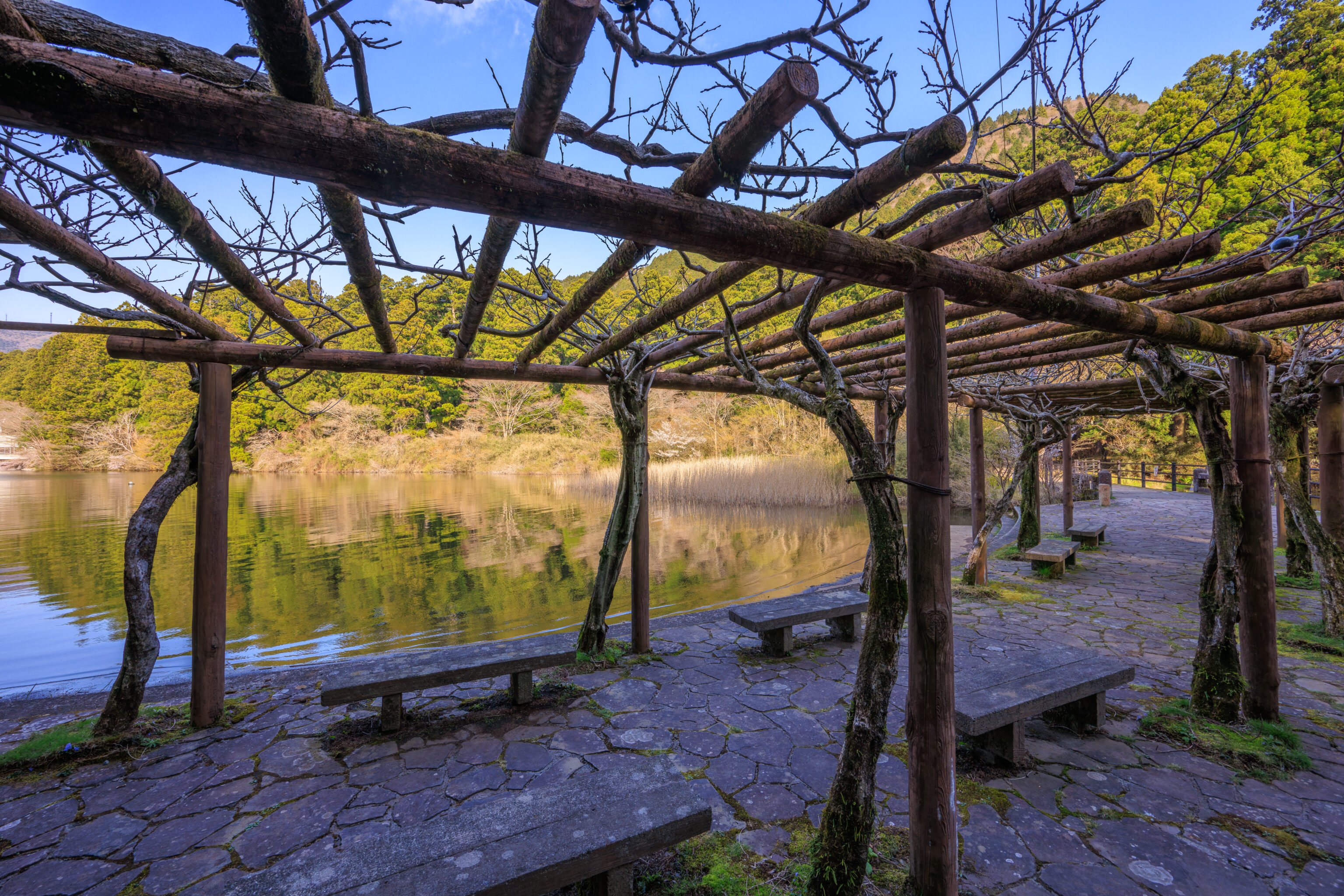
This area is labeled on the map as the Wisteria Field. It must be very nice when it is in bloom!
Motohakone
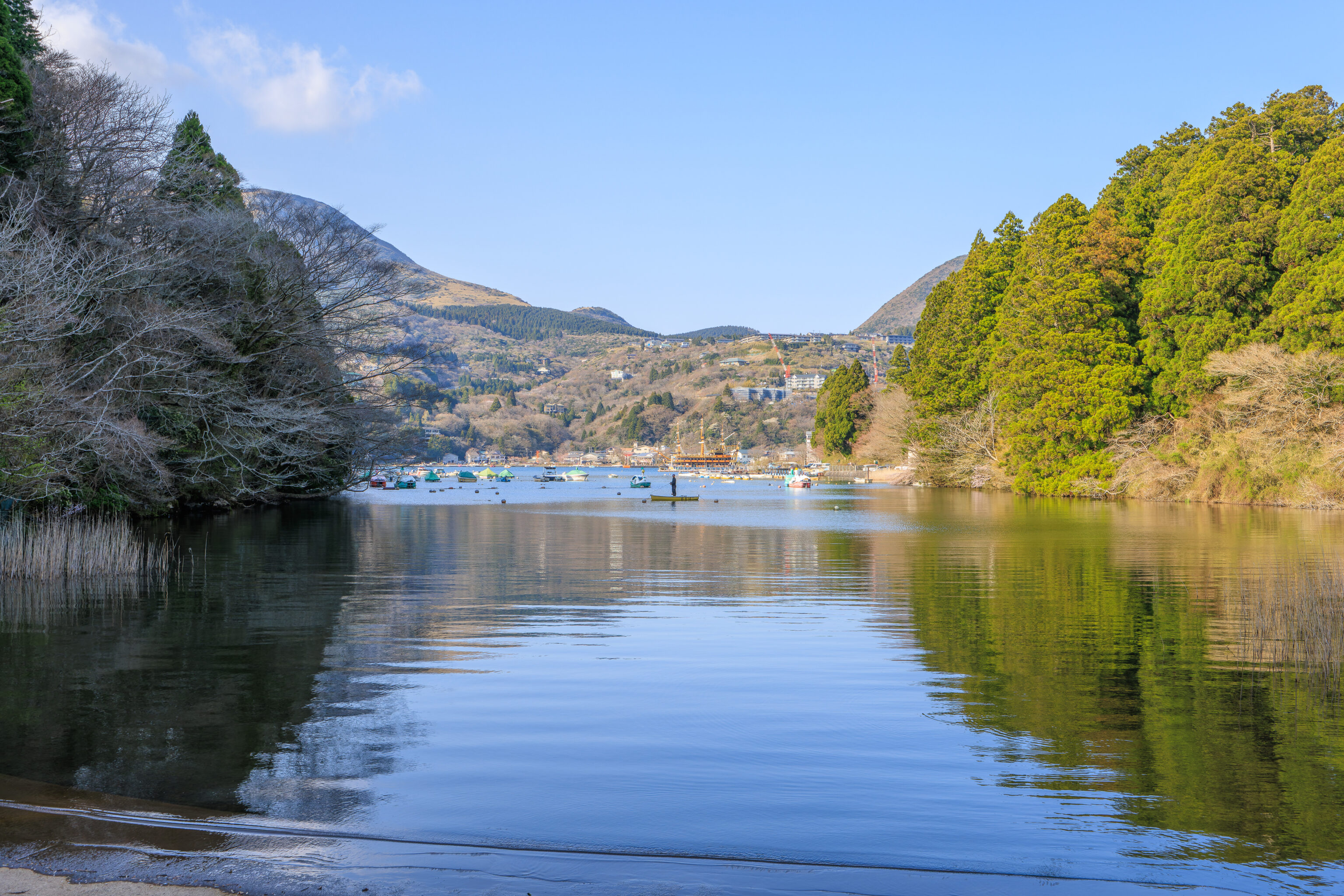
From here, we could see our next destination, Motohakone in the distance. There wasn’t anyone else around, other than the one guy fishing from a small boat. One of the pirate ships was docked at the pier in town.
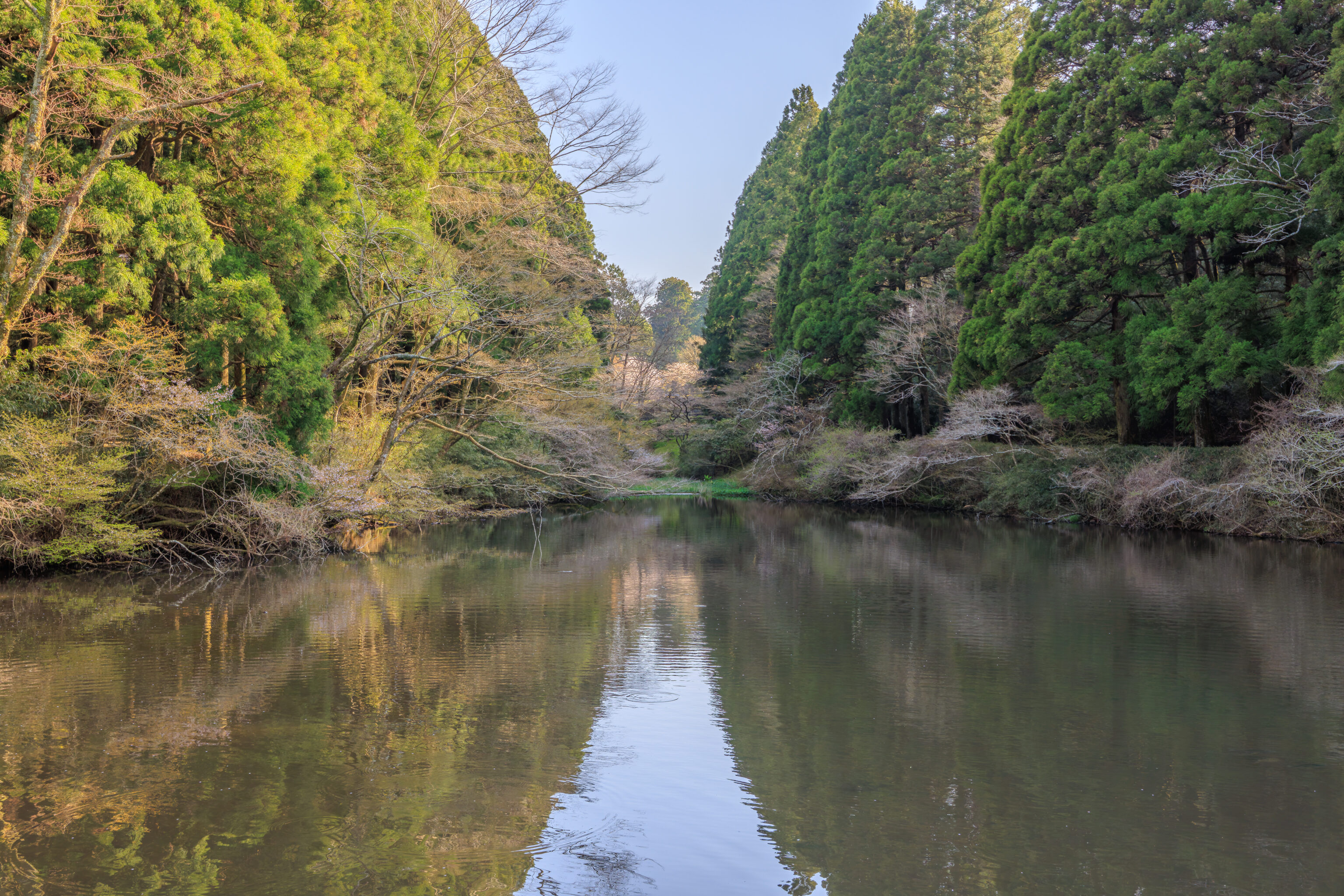
There is actually a pond to the south, connected to the cove by a gap in the ground with a bridge atop it. This bridge is named the 芦川橋 Ashikawa Bridge on the map, implying the bridge goes over something named the Ashi River. This river would be a few feet long, at most. This description makes more sense when viewed on Google Maps‘ satellite view.
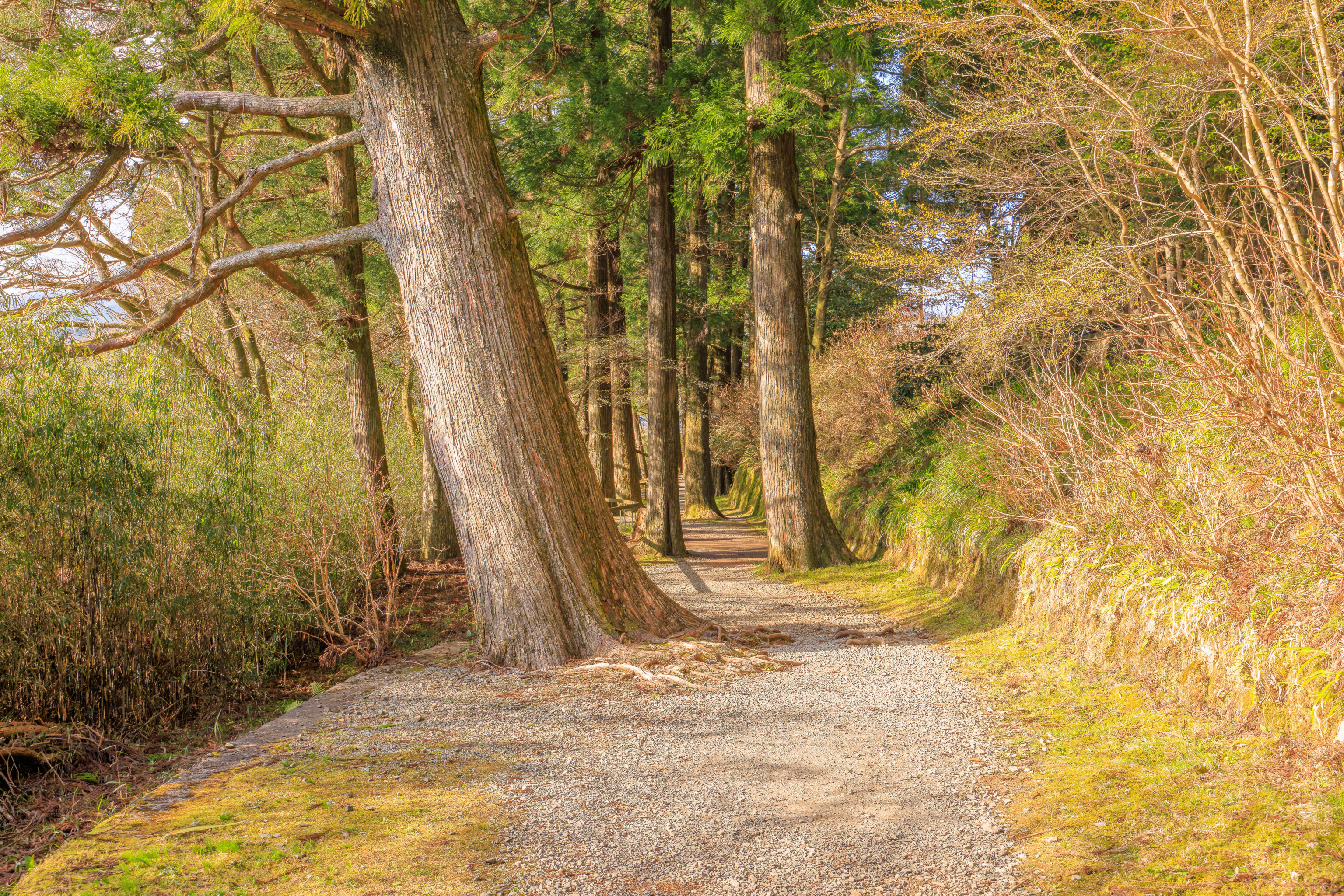
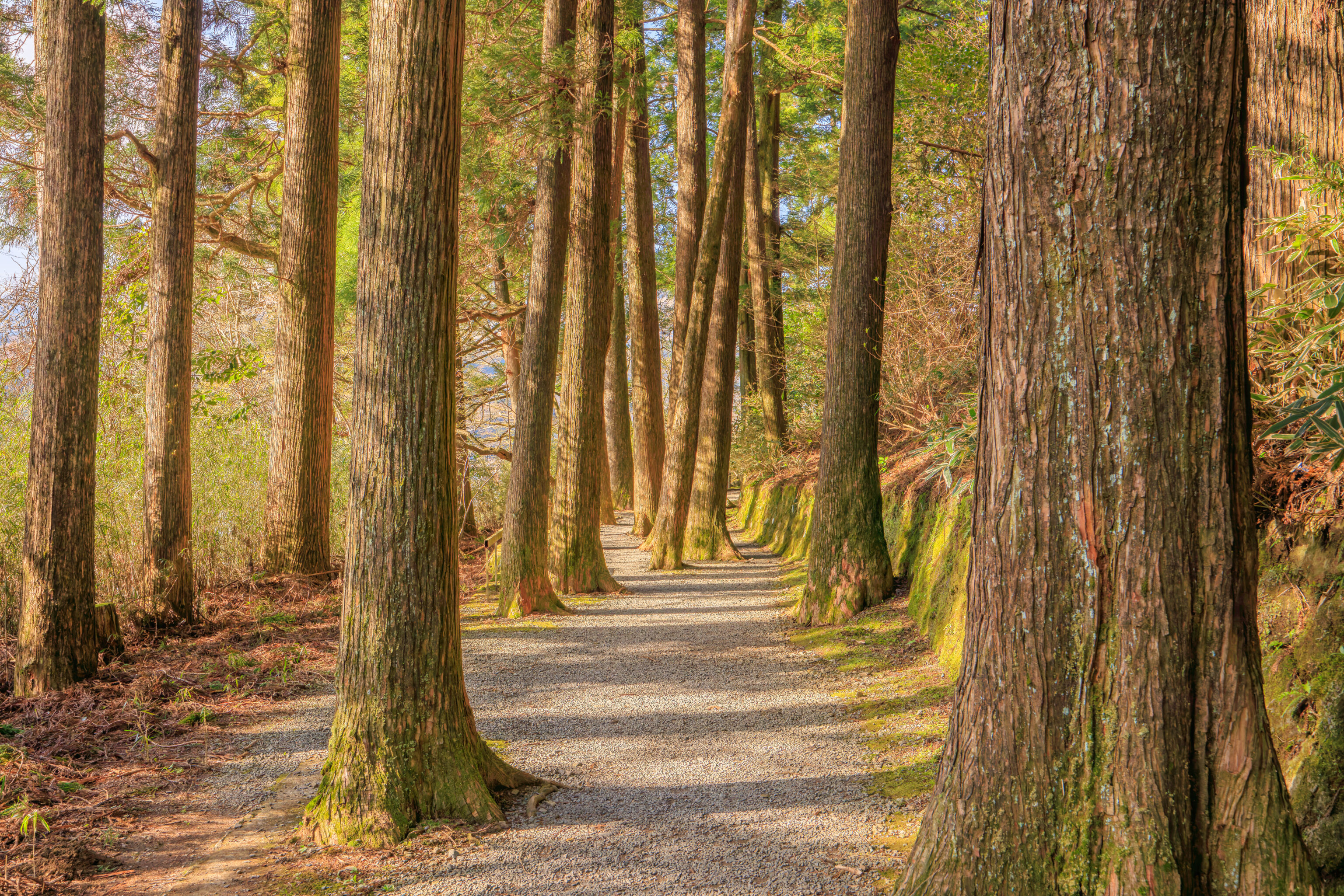
We quickly reached a footpath that runs next to a two lane road. This section was part of the former Tokaido. The modern road next to the path is mostly hidden from view by the forest and embankment.
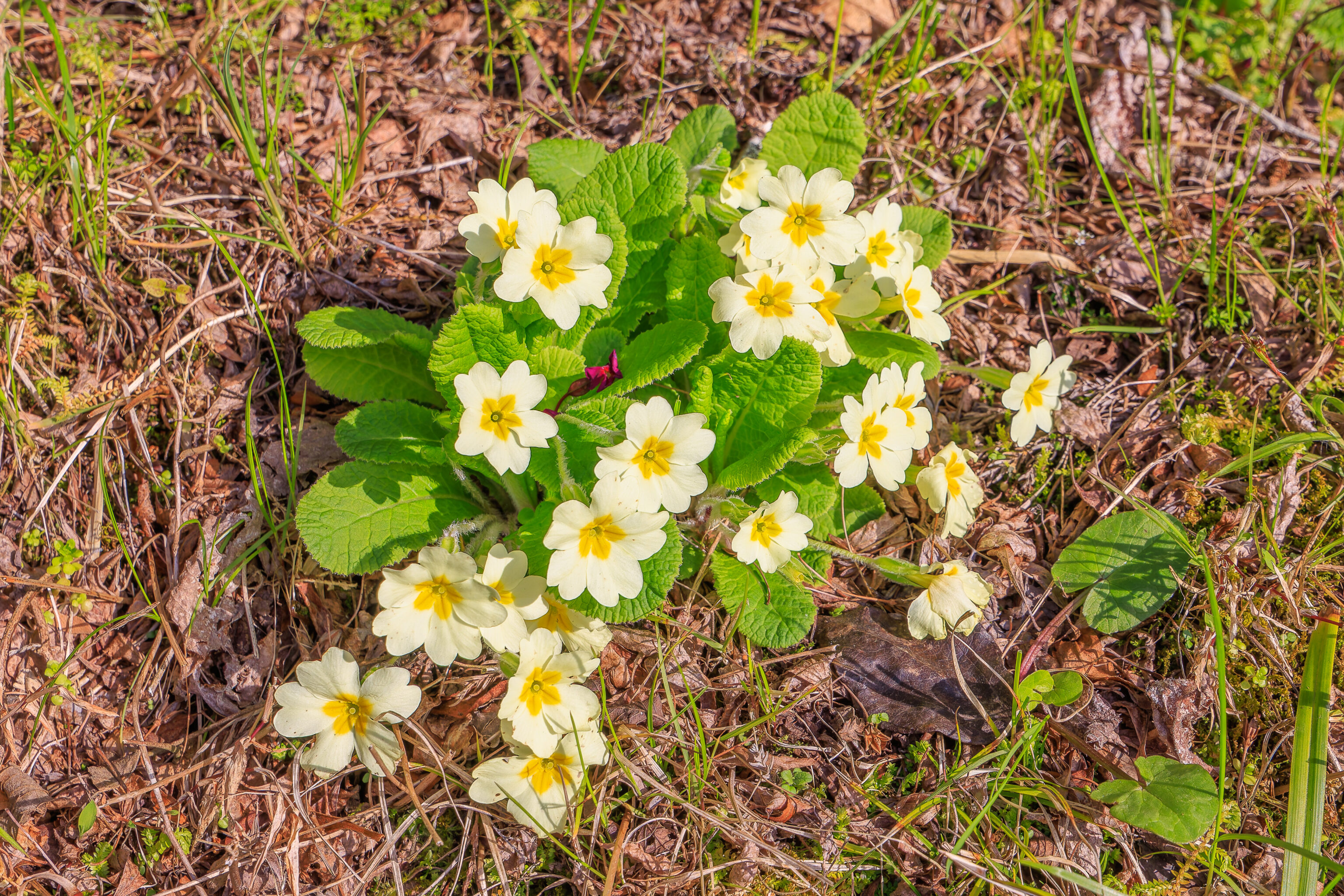
Just some random flowers that we walked by.
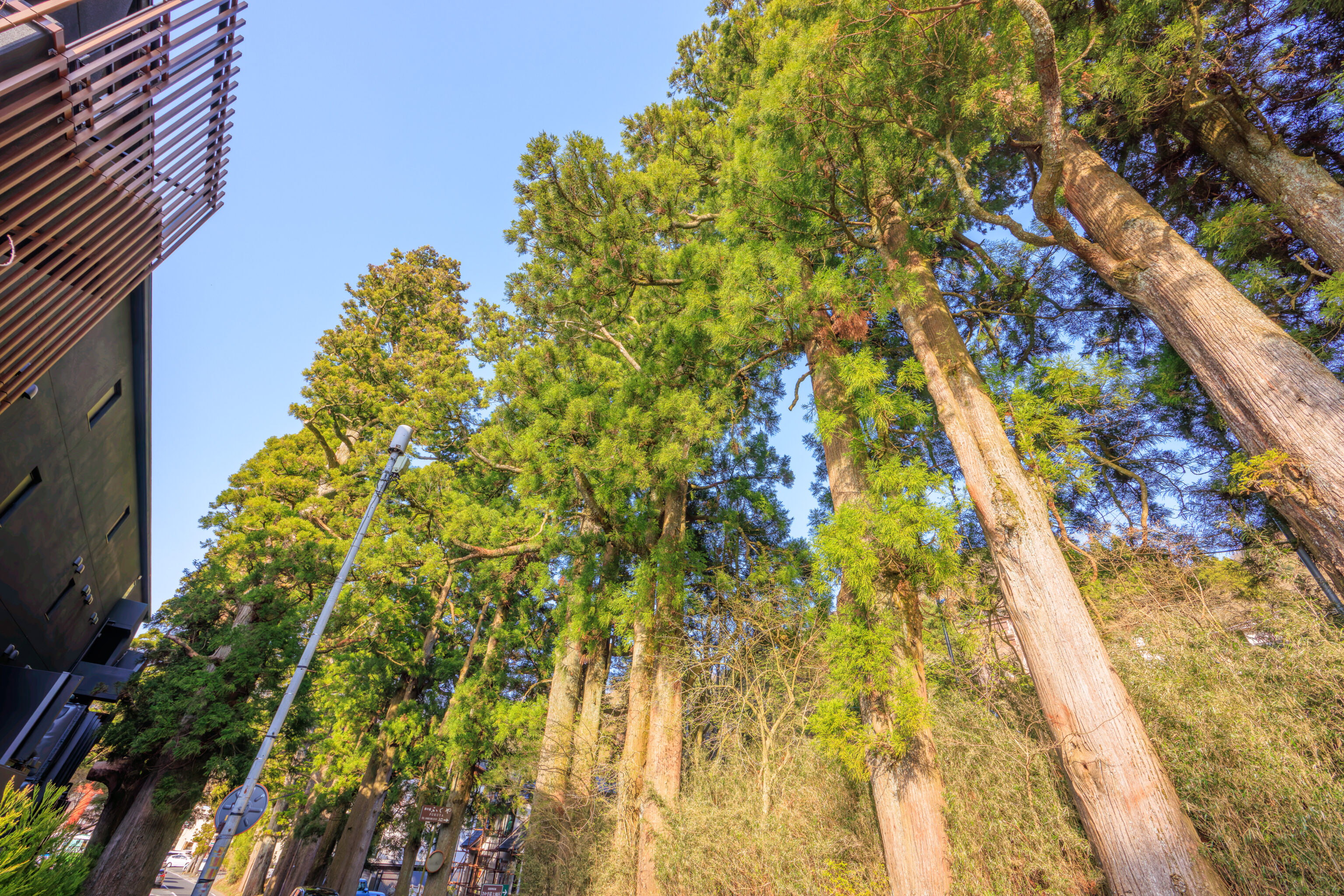
Soon, we were at the edge of Motohakone! This small tourist village contains a few hotels, restaurants, and shops.
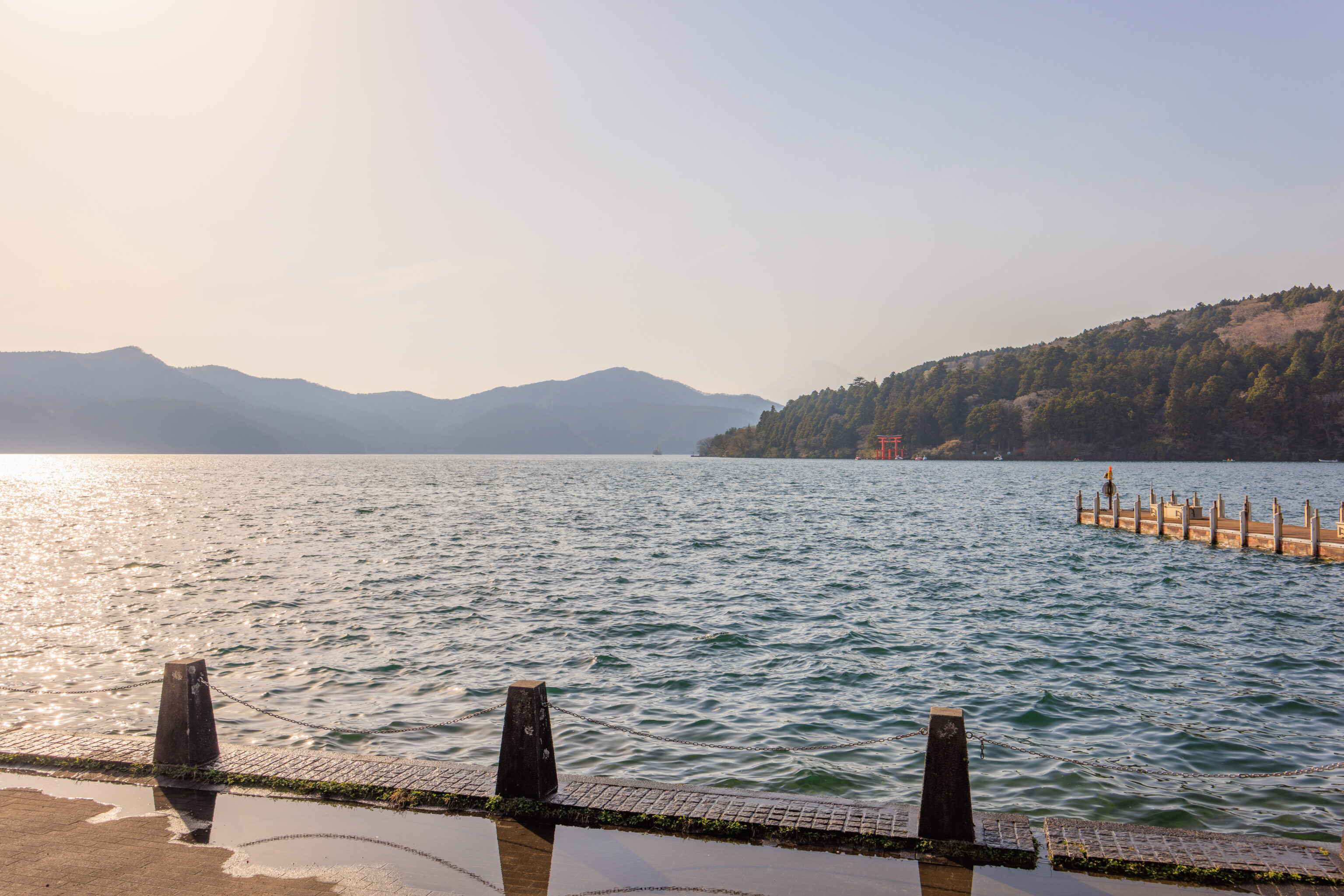
The road we were walking by runs parallel to Lake Ashi’s southeastern shore. We went to the lake to take a look. Visibility was now worse with Mount Fuji barely visible. We did see a red torii in the water though. This is a famous view when the visibility is better. Imagine, a majestic snow capped Mount Fuji with a clear blue sky and a bright red torii in the foreground. We would have taken this photo with the telephoto lens if it wasn’t so hazy.
In retrospect, we probably should have gone outside while we were up at Owakudani to try and get a better view of Mount Fuji as the haze wasn’t as strong then.
We decided to try and find somewhere to have an early dinner here in Motohakone as it was already around 4:30pm. Most of the restaurants seem to mainly be lunch establishments, so we had to find something that was open.
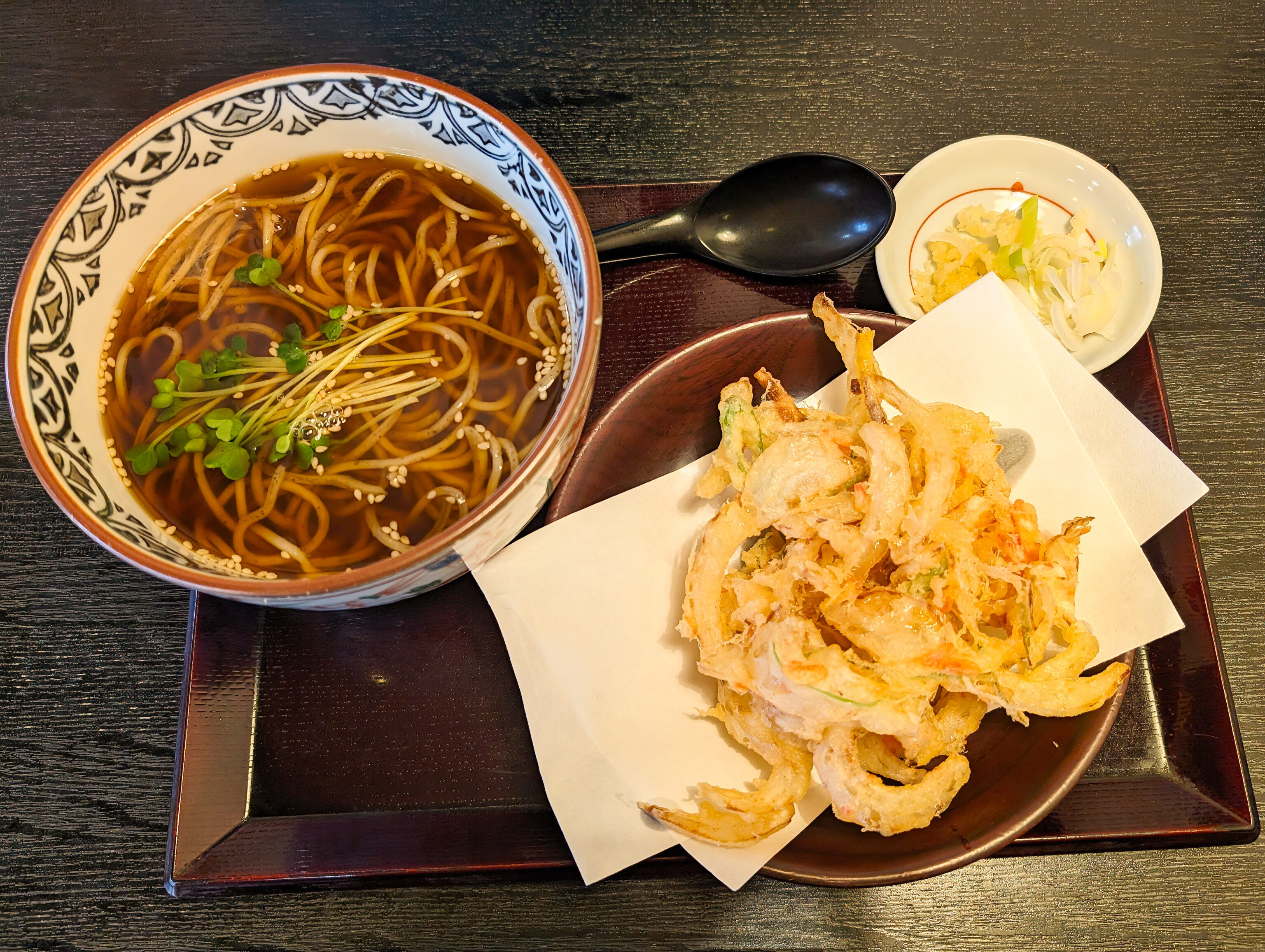
We ended up eating at 絹引の里 Kinubiki no Sato, a restaurant near the pirate ship pier. We had their thin udon with mixed tempura.
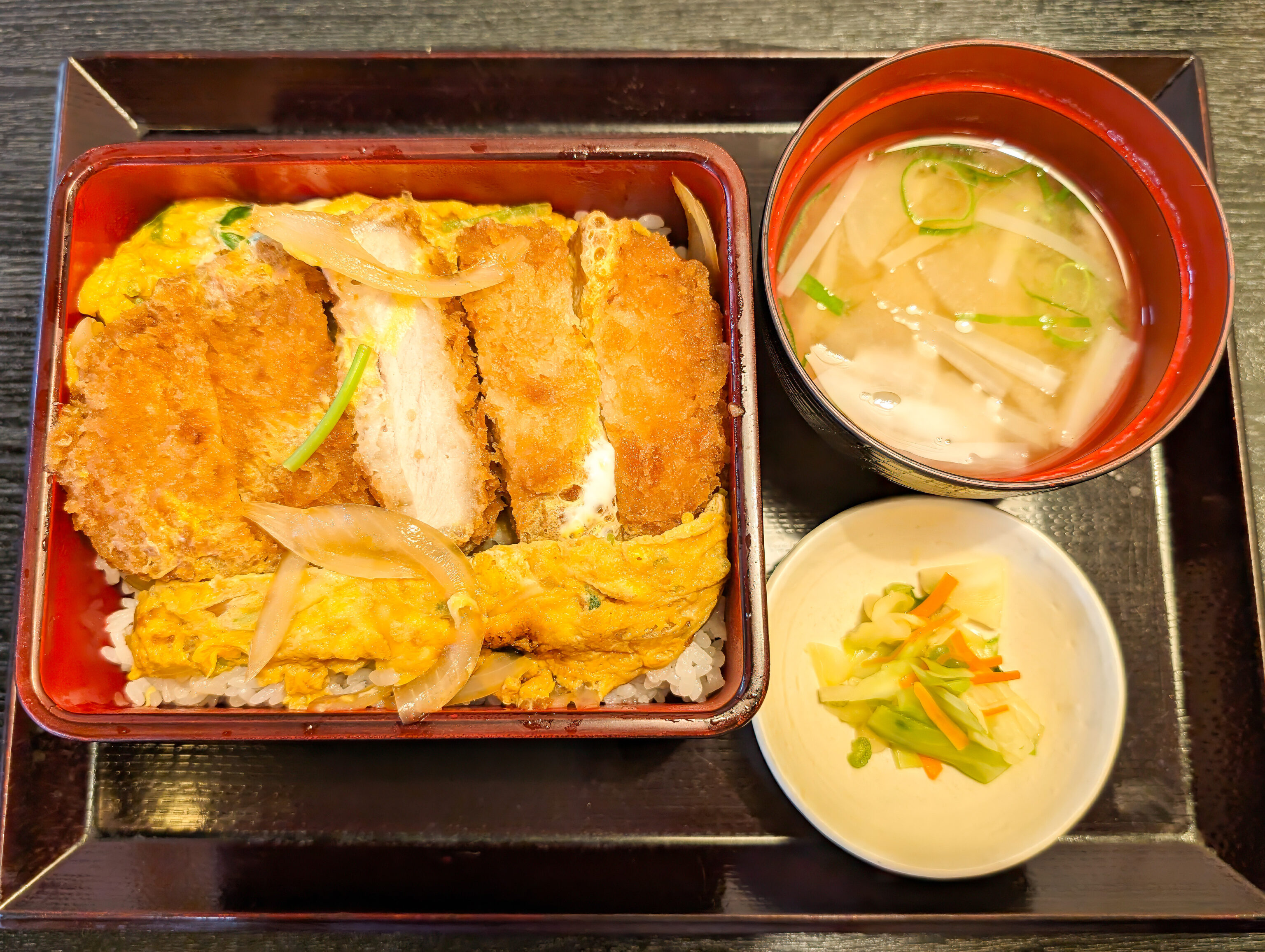
And, their pork katsu. Overall, we felt the food was pretty plain and a bit expensive.
Back to the Indigo
After our early dinner, we walked to the nearby bus stop by the pier to head back to Gora. It was extremely busy with a long queue to board as by now the pirate ship was done for the day, leaving the bus as the only non-taxi public transit option.
There are a few ways to get back to Gora Station. But, getting back to the lower part of Gora by the river has less options, particularly if you don’t want to take a taxi or the steep walking path down. The most sensible way to get back to the Indigo specifically is to take the bus to somewhere in 小涌谷 Kowakidani and transfer to a different bus that goes to the 宮城野橋 Miyagino Bridge. There are a few options which vary depending on the exact time of departure.
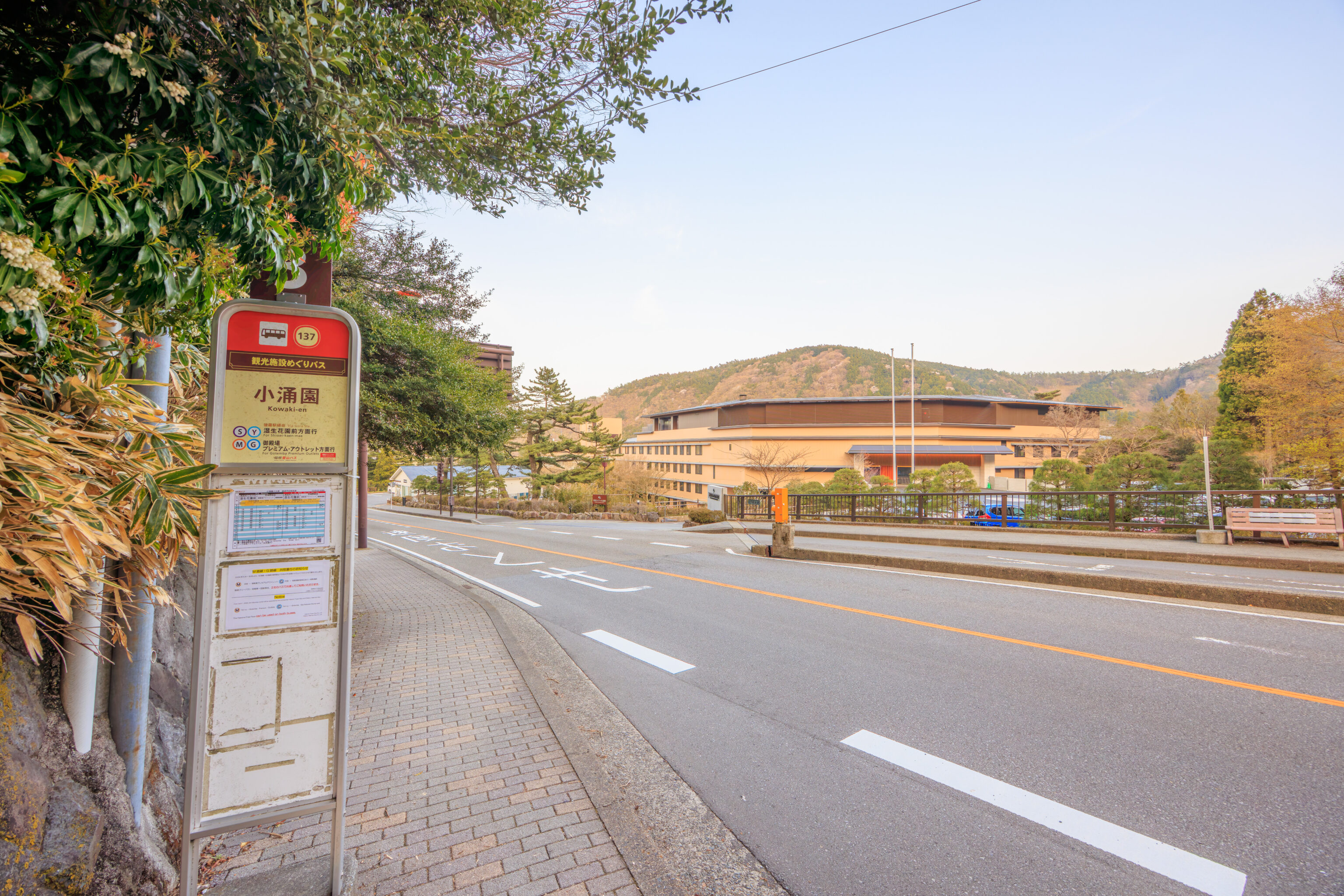
We first took a bus to 小涌園 Kowakien, presumably named after a nearby garden and across the street from the Hakone Kowakien Hotel.
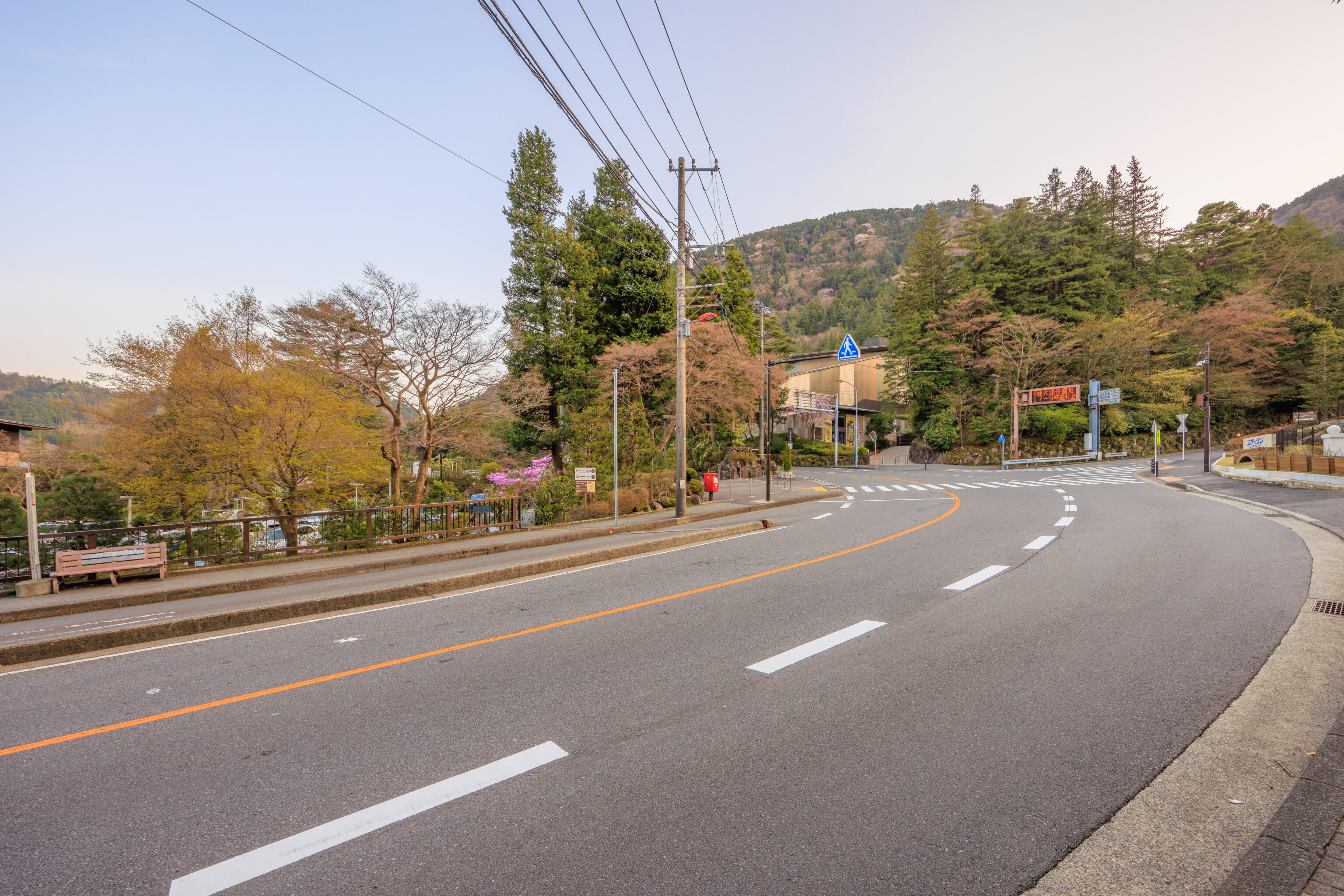
There is actually another bus stop right before Kowakien. It is literally about 200 feet away at the Hakone Kowakien Yunessun. The entrance is at the right edge of this west facing photo.
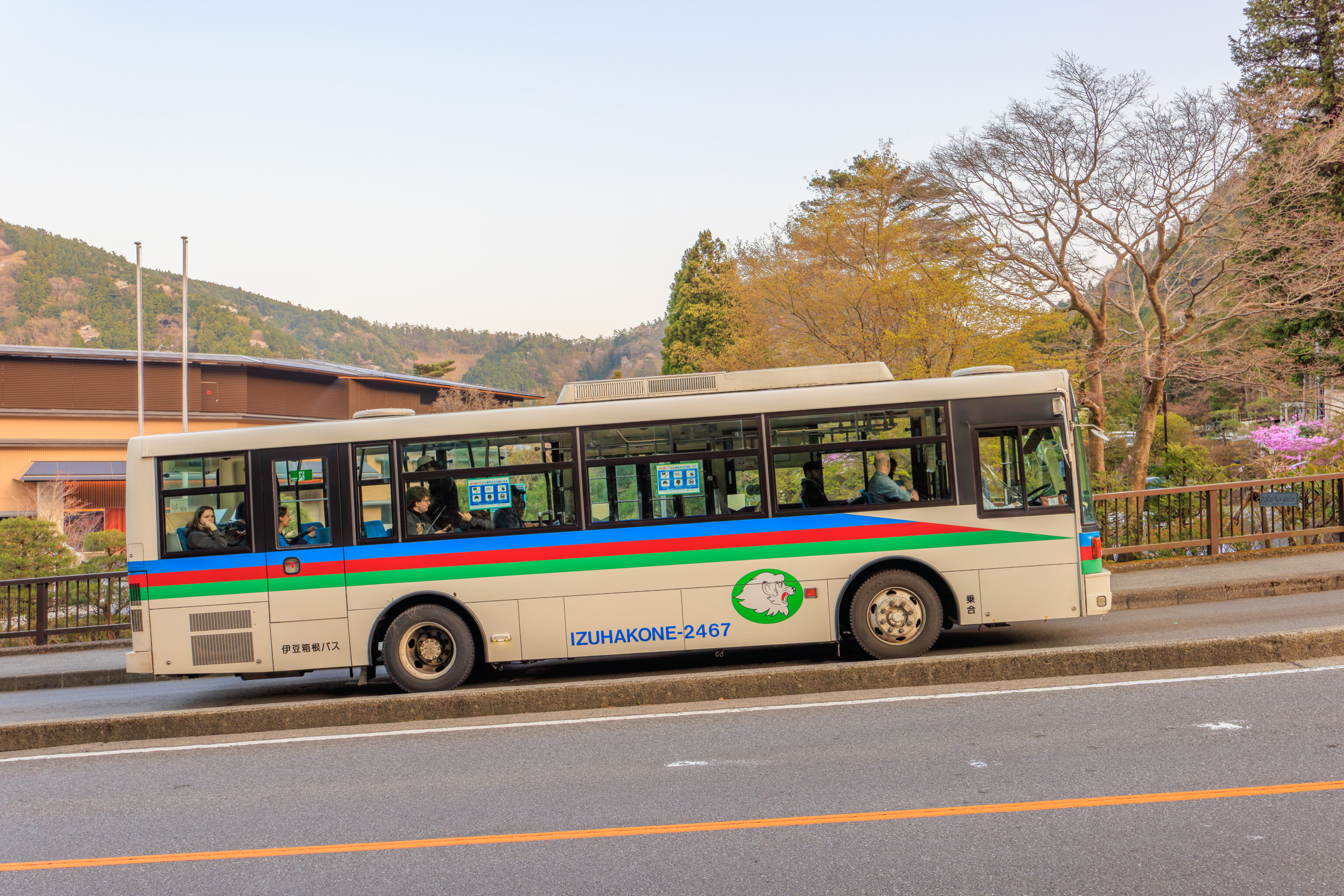
There are two bus systems here in the Hakone region. The Hakone Tozan Bus is included in the Hakone Freepass as it is operated by Odakyu. The Izu Hakone Bus also offers service in the region and is not included. Their busses have a fun roaring lion logo!
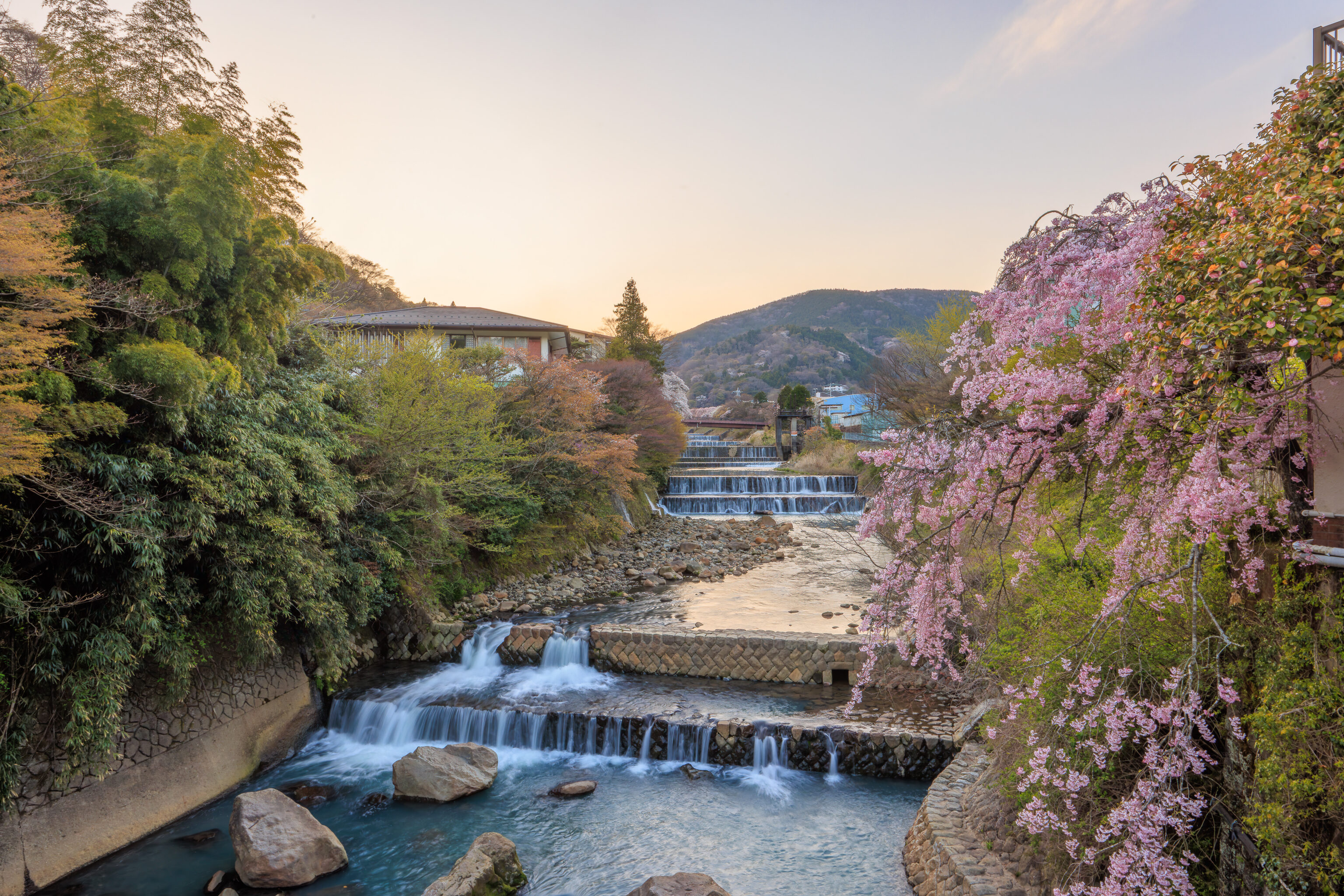
Soon, the bus arrived to take us to the Miyagino Bridge in Gora. The Miyagino Bridge crosses the Gaya River just downstream of the Indigo.
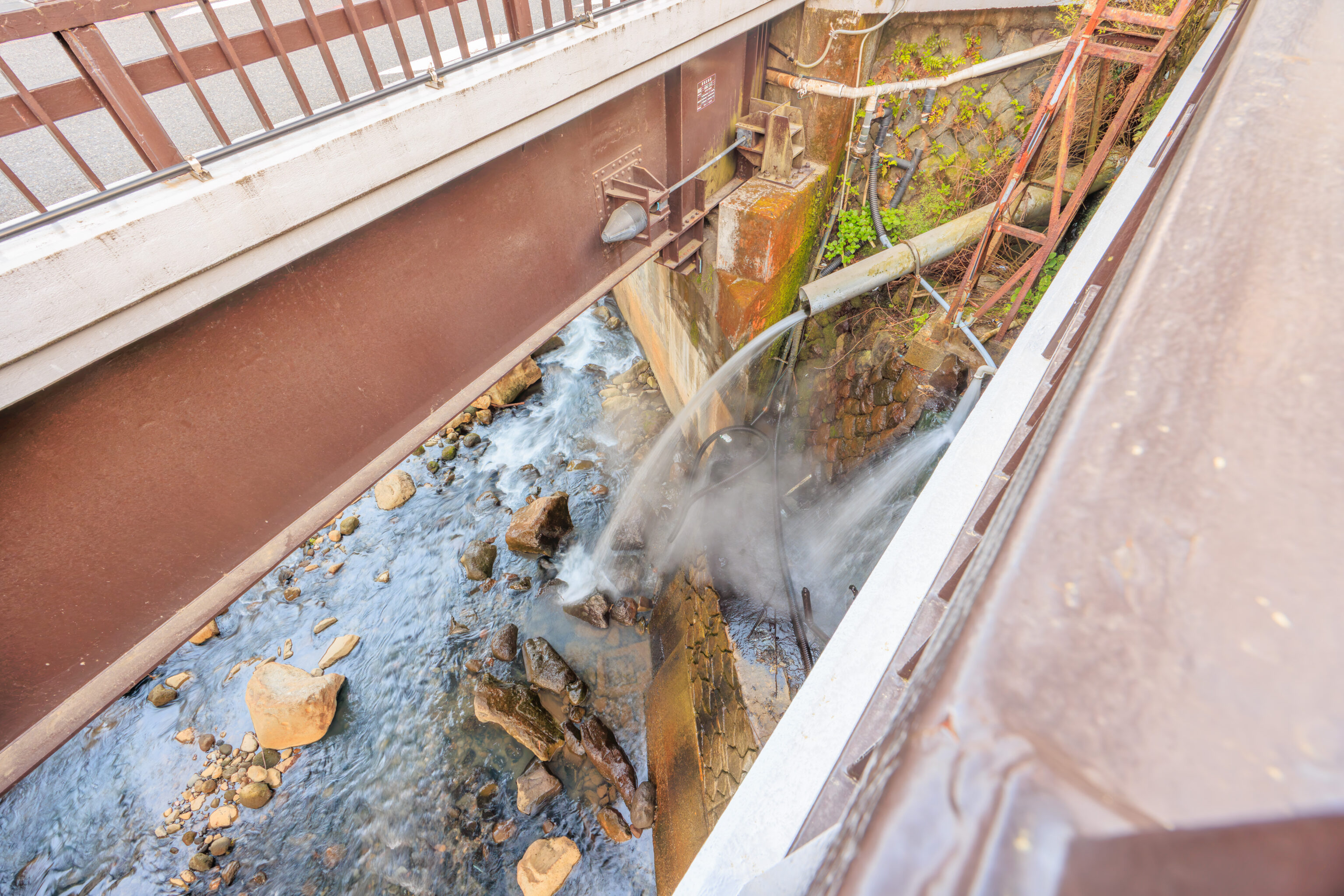
These pipes seemed to be discharging excess onsen water into the river. After briefly taking a look at the river from the bridge, we walked back to the Indigo to end our loop through the Hakone region.
The in-room onsen was a great way to end the day!
